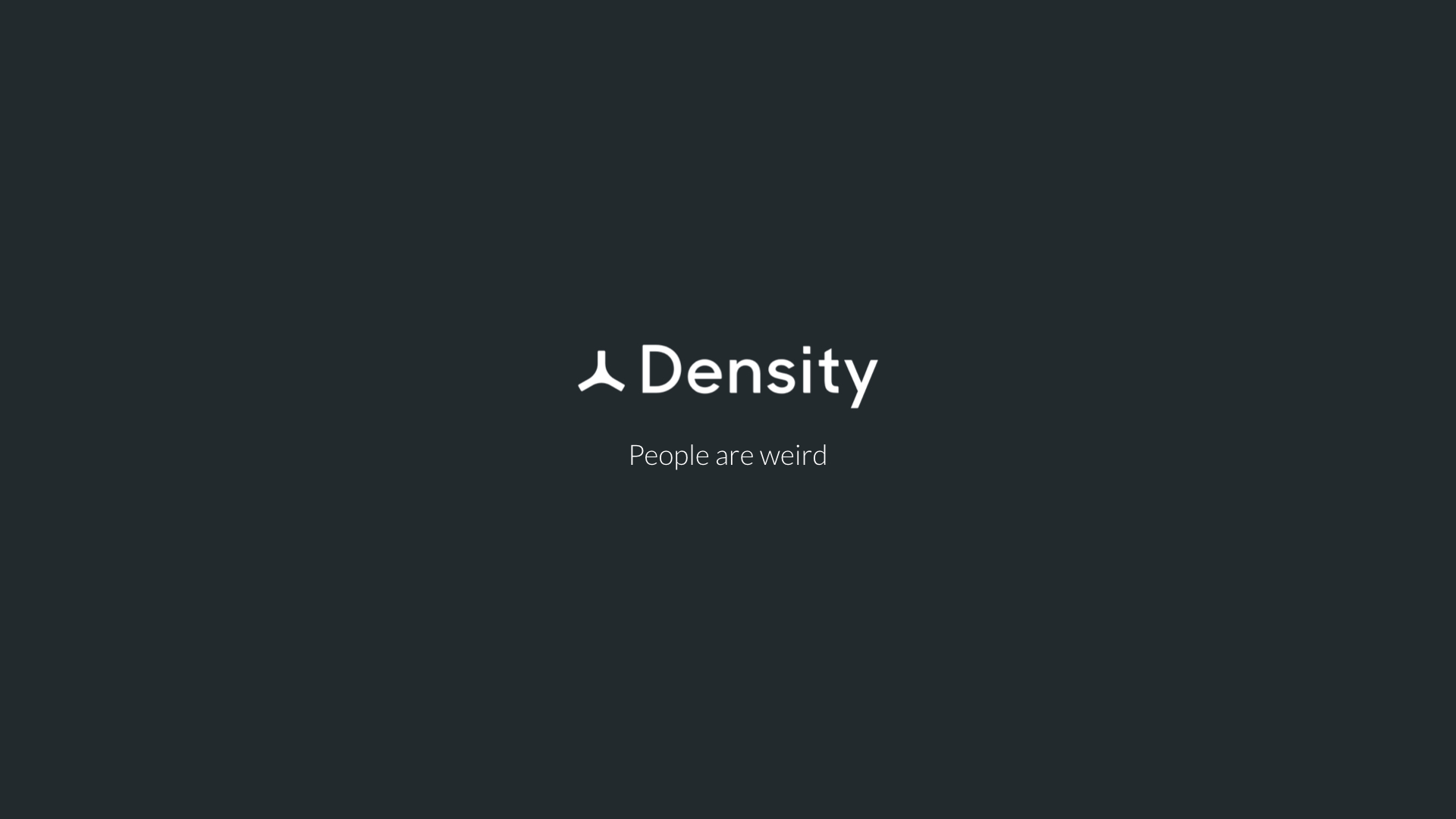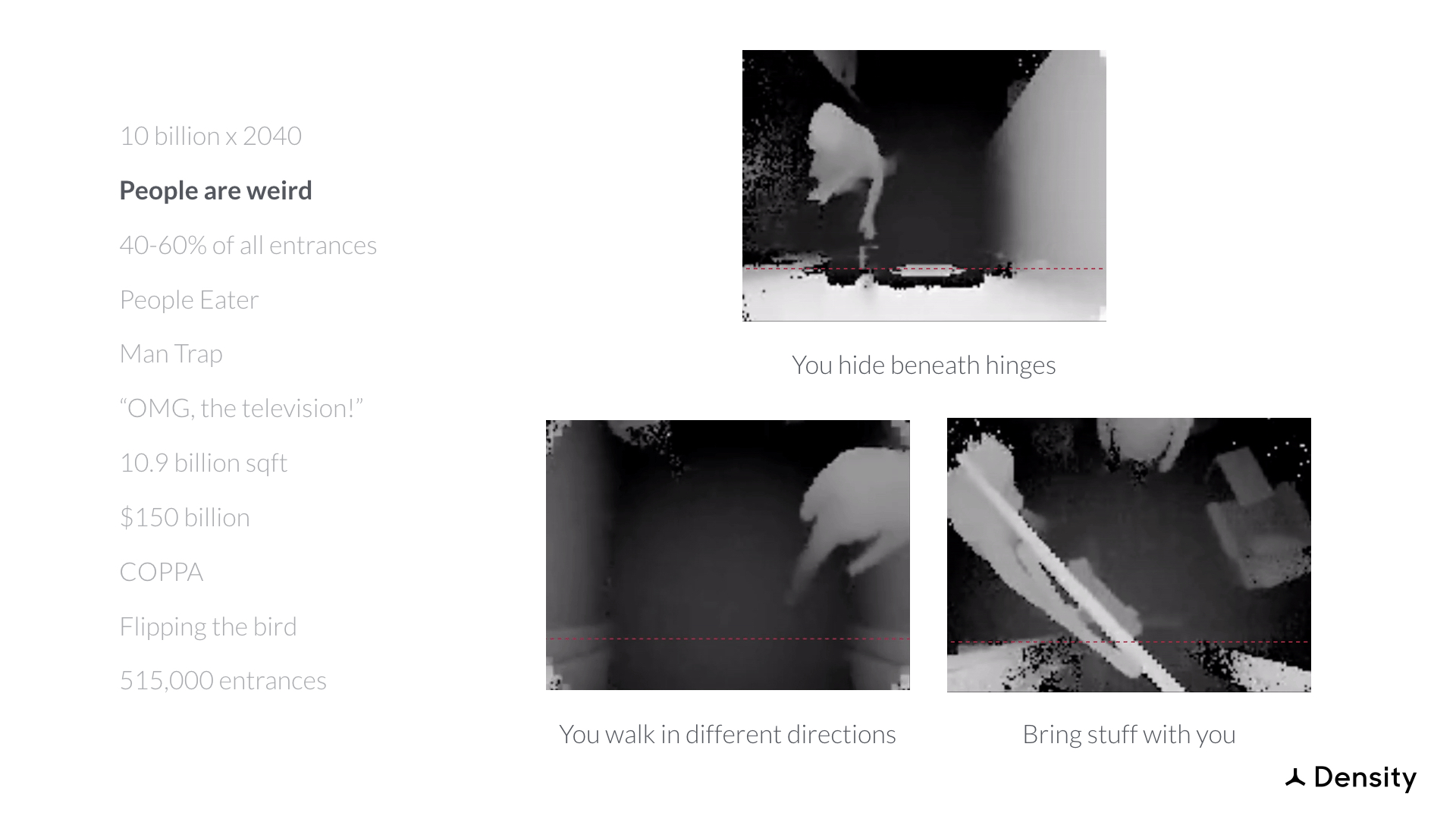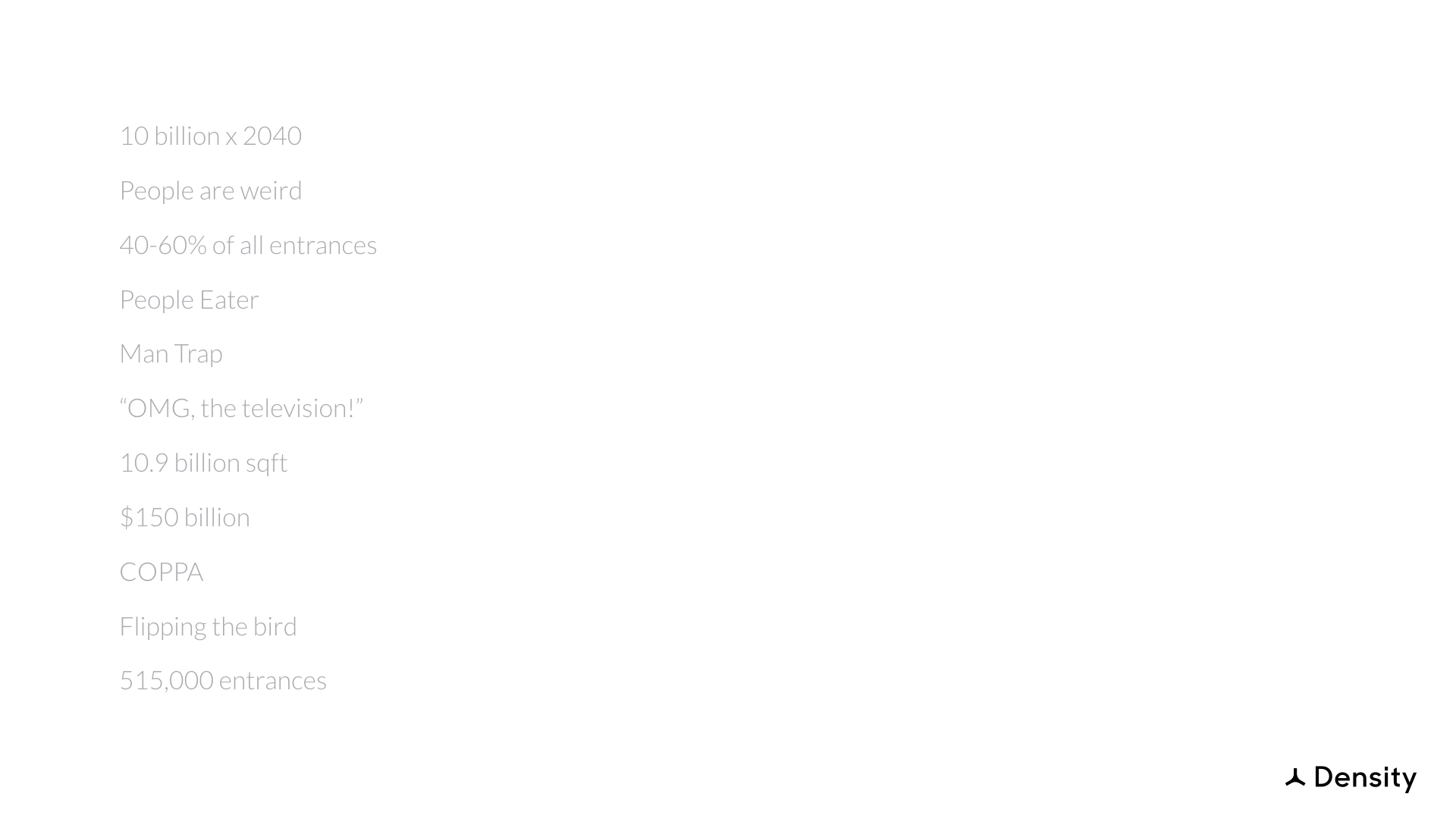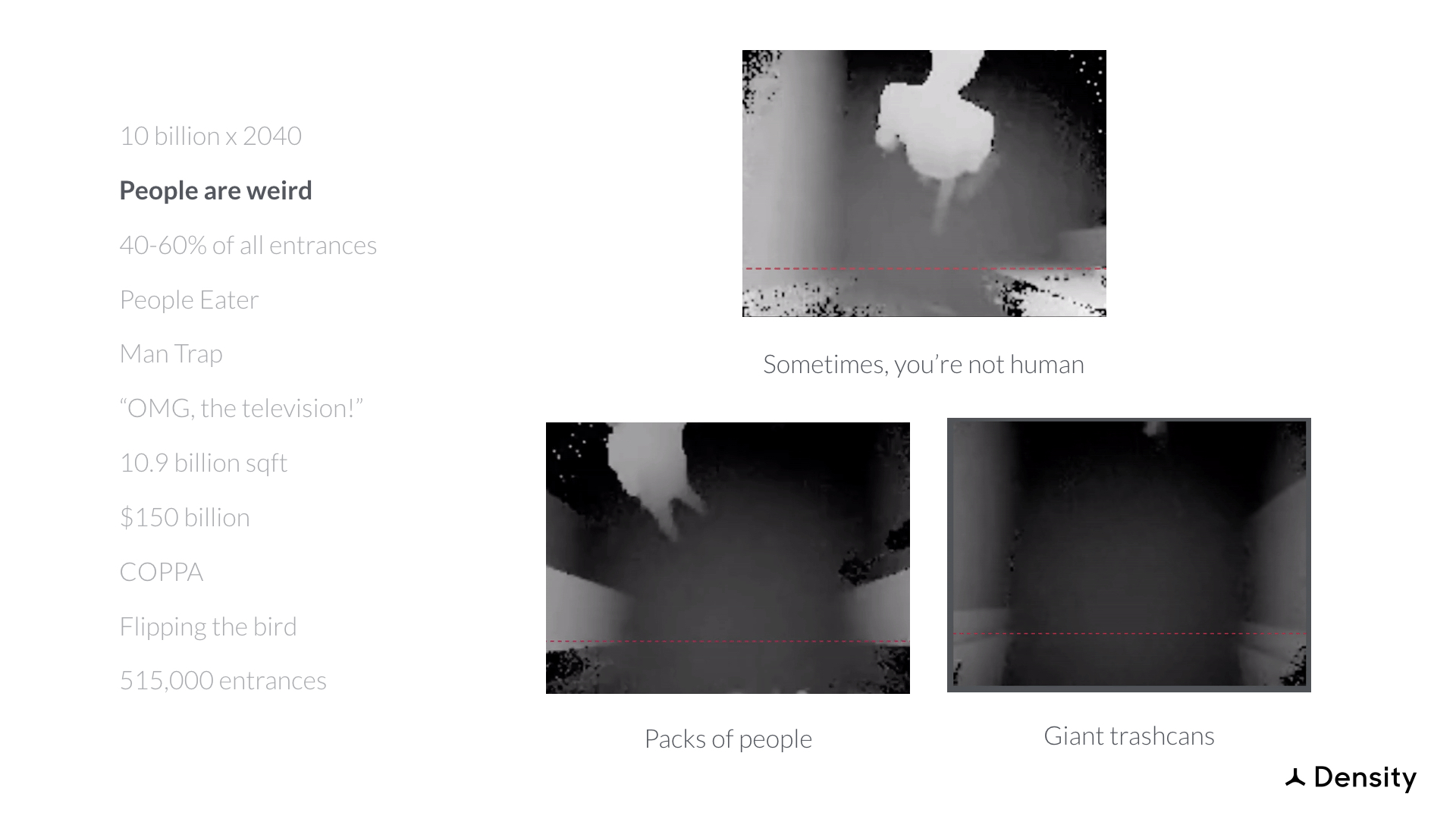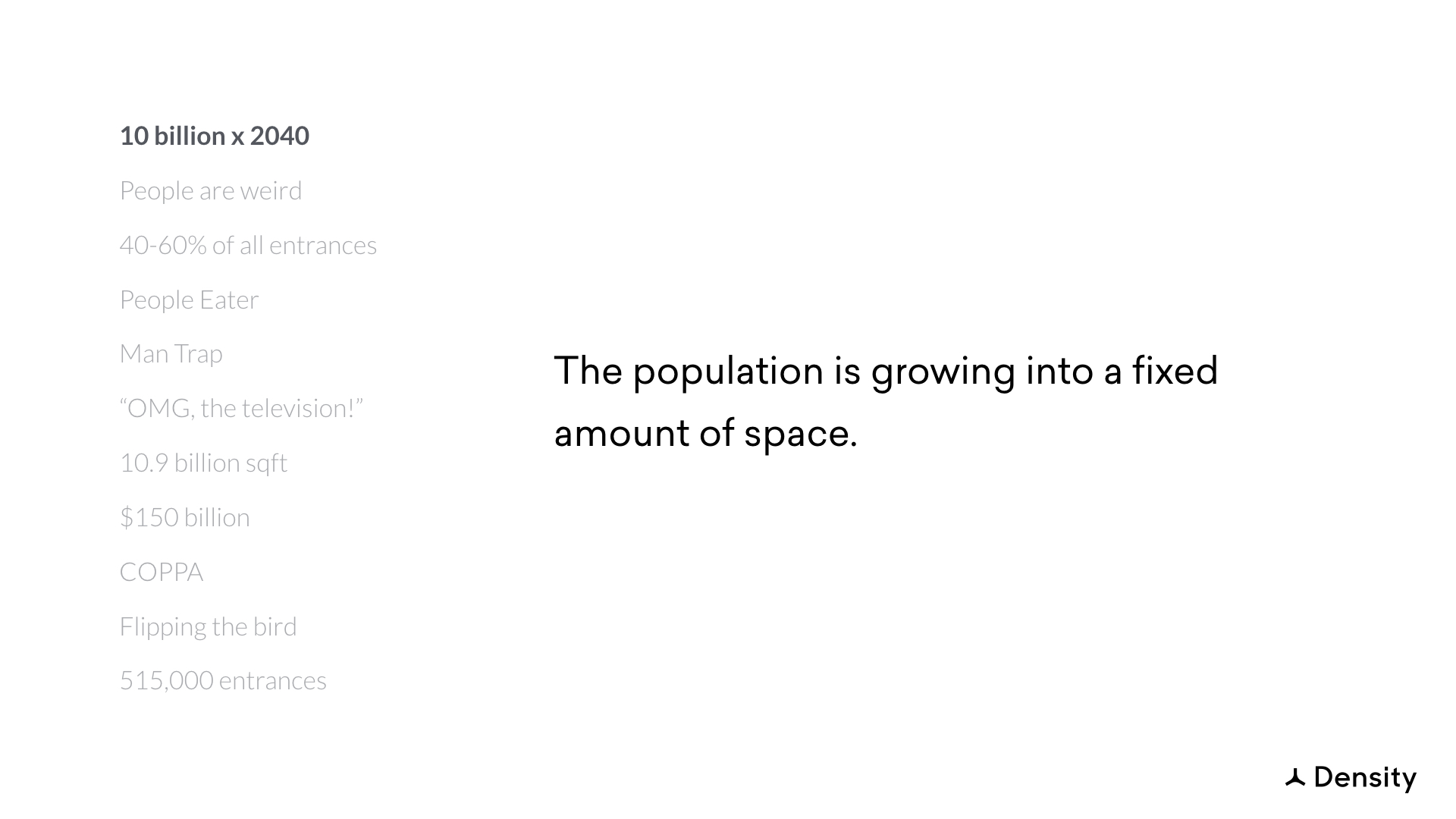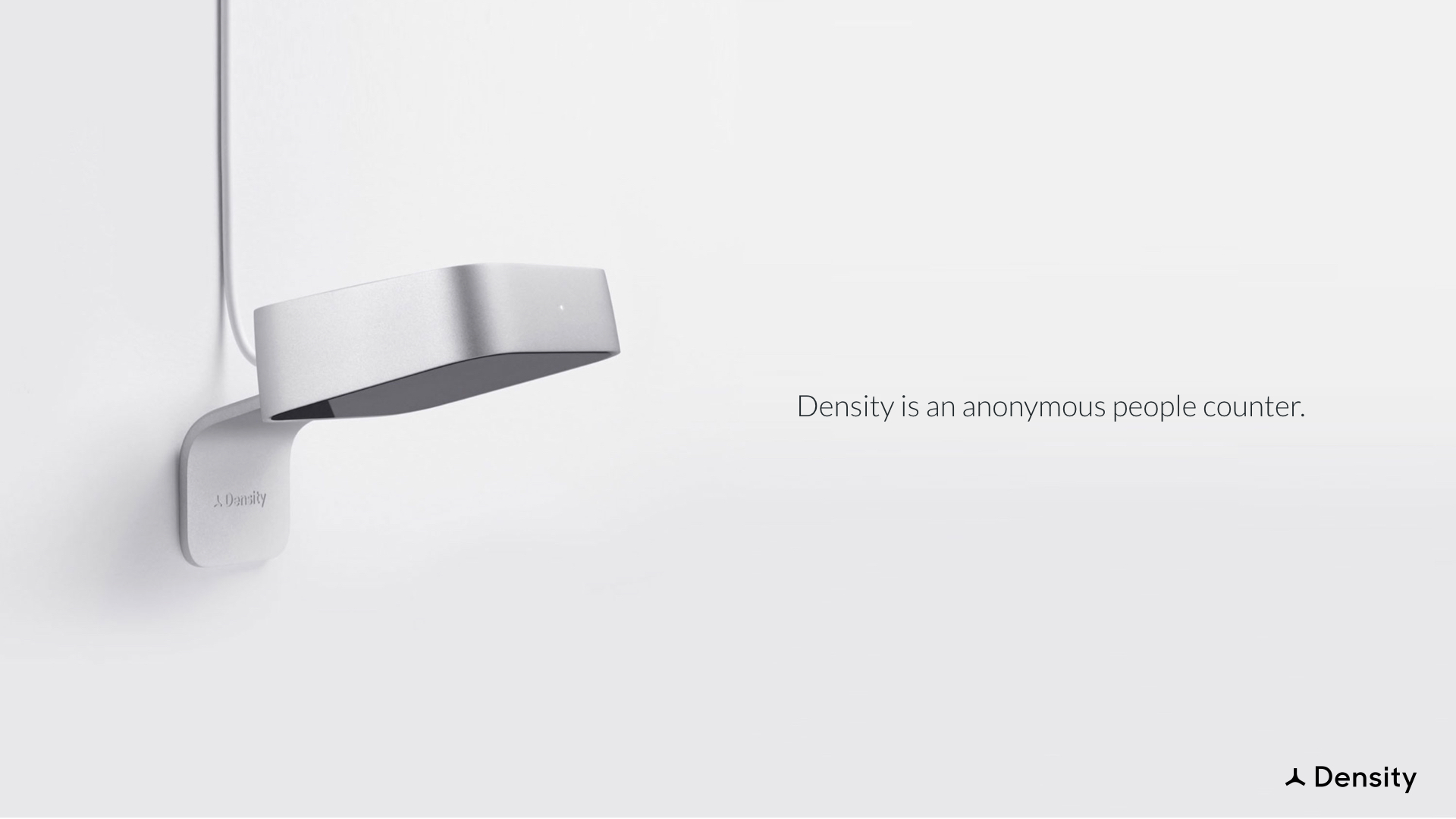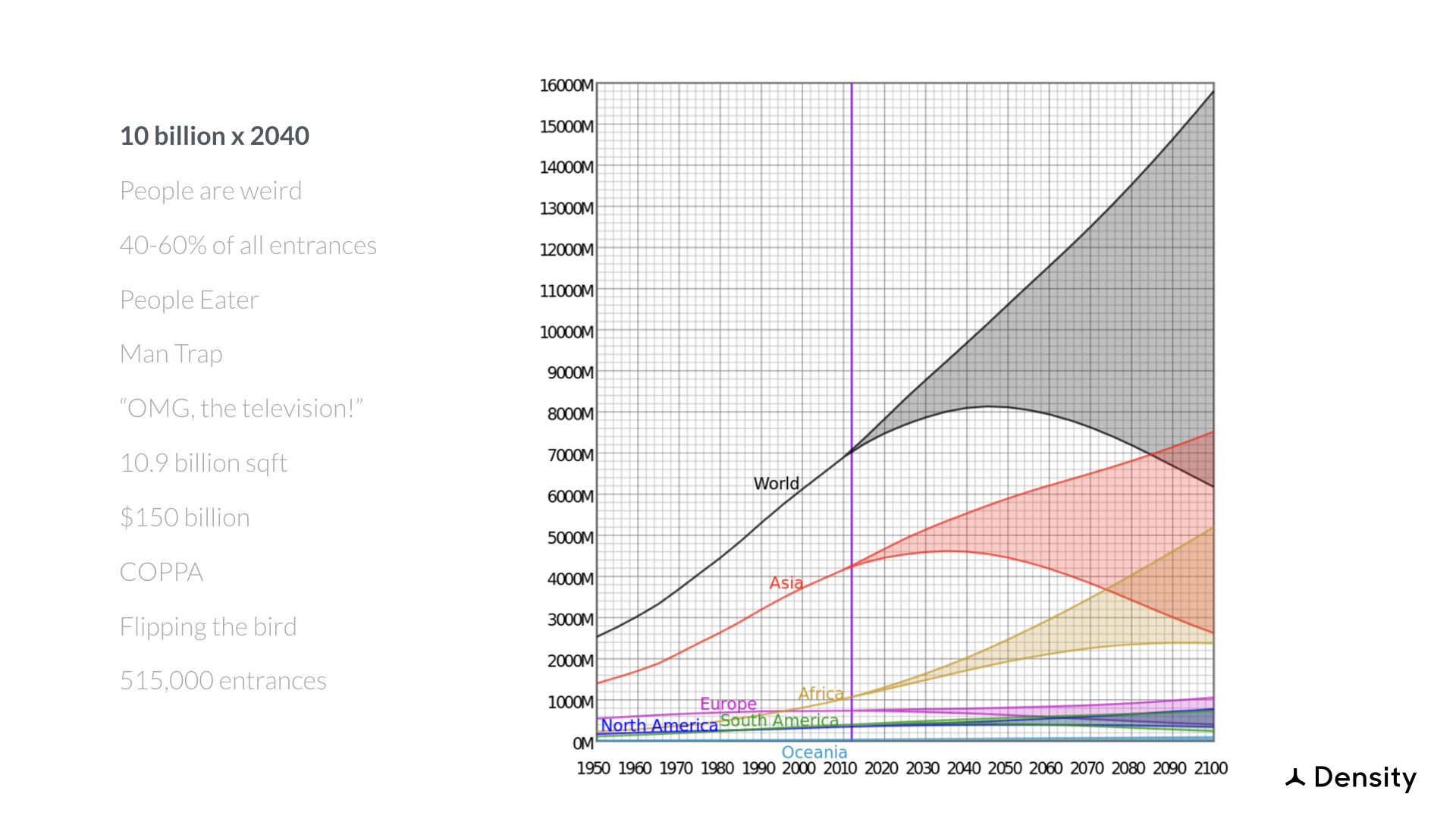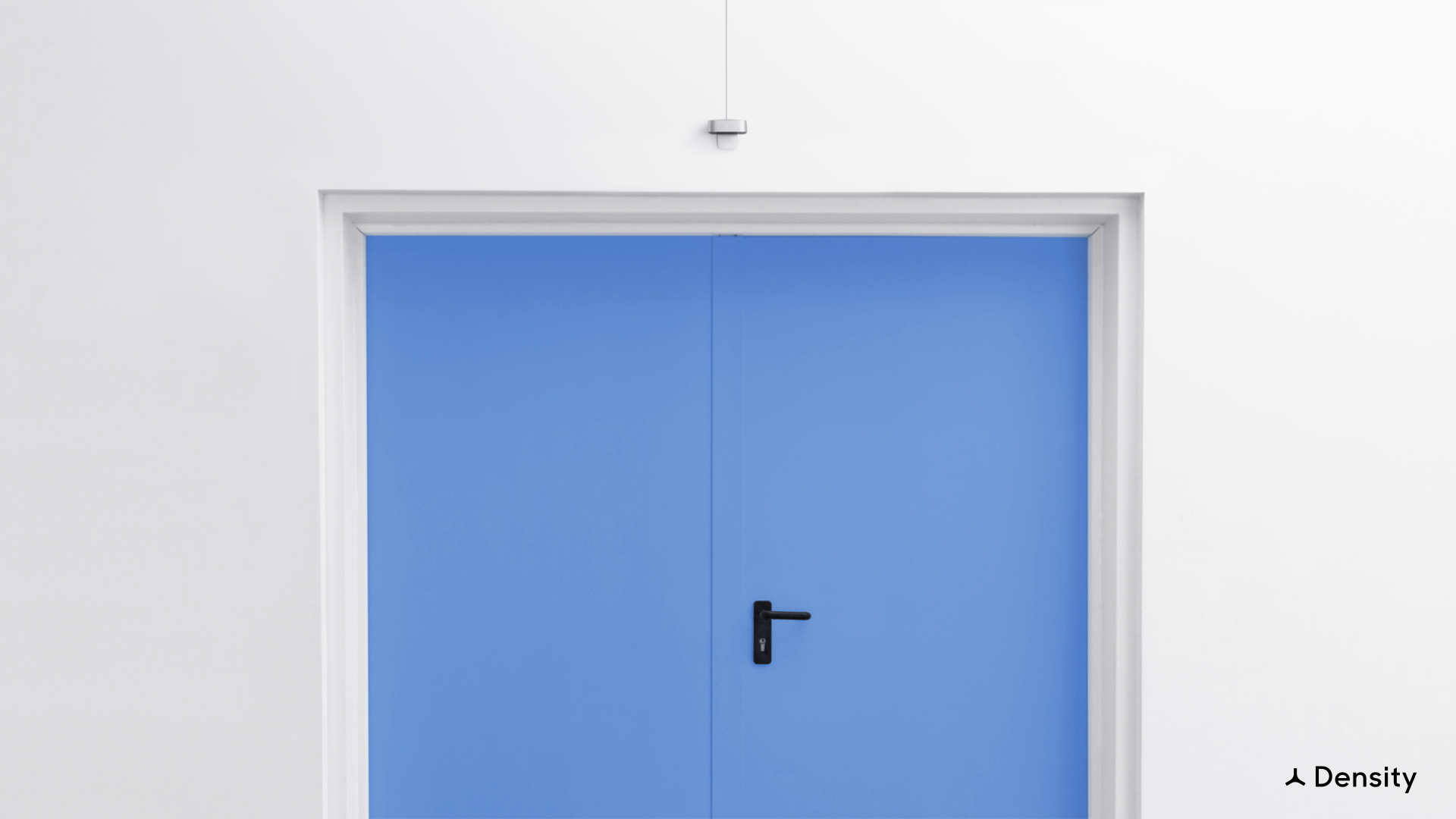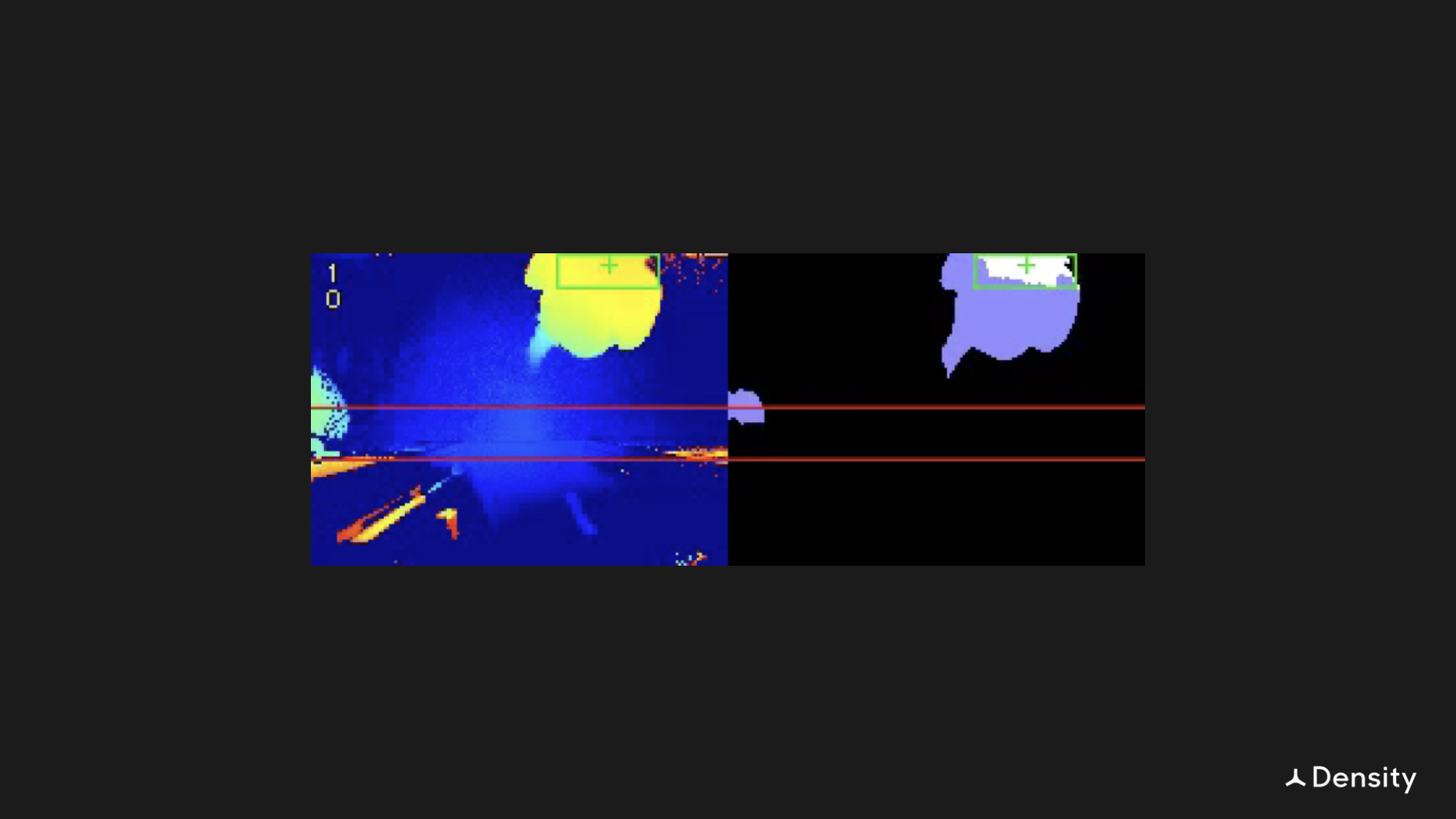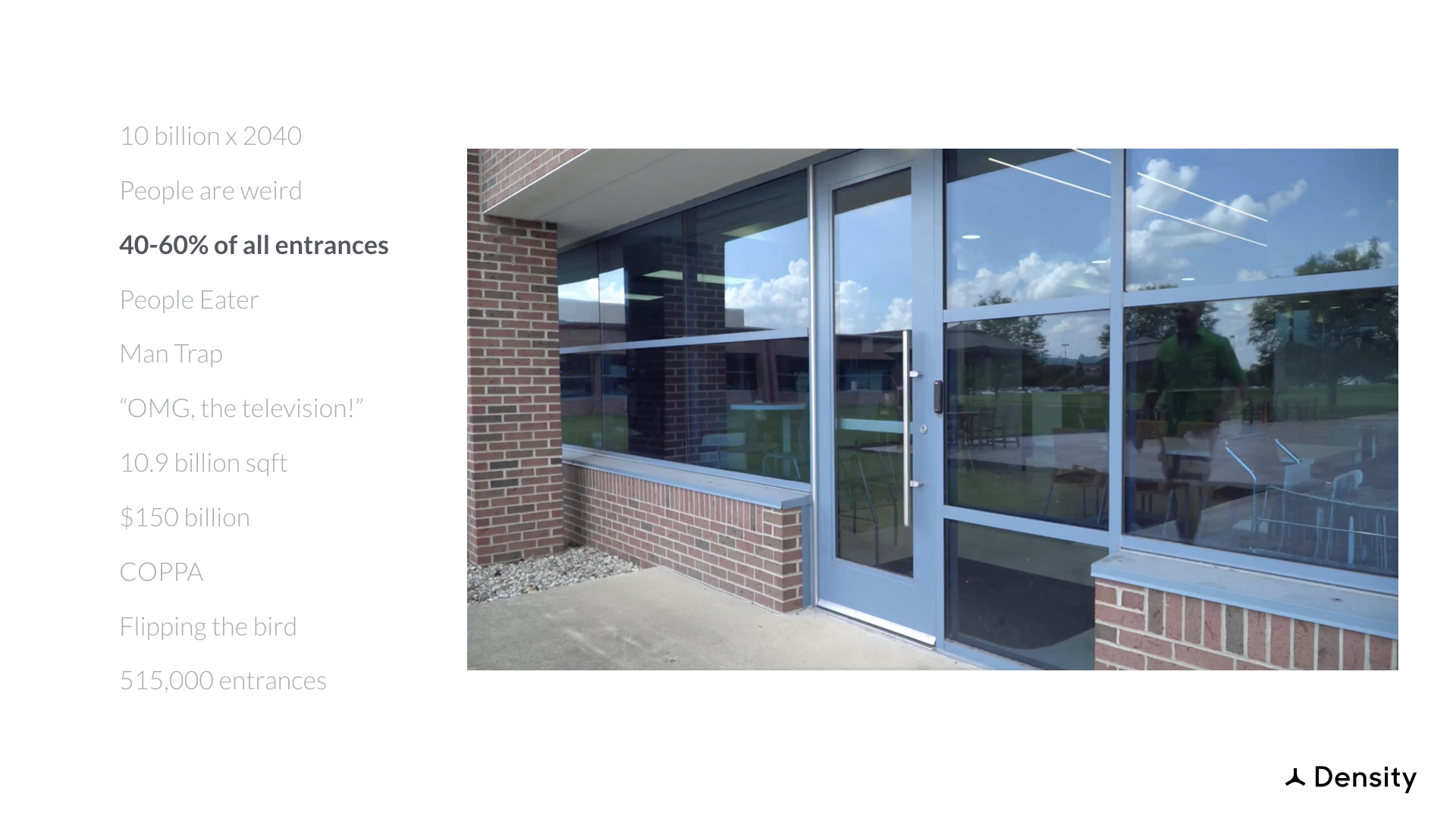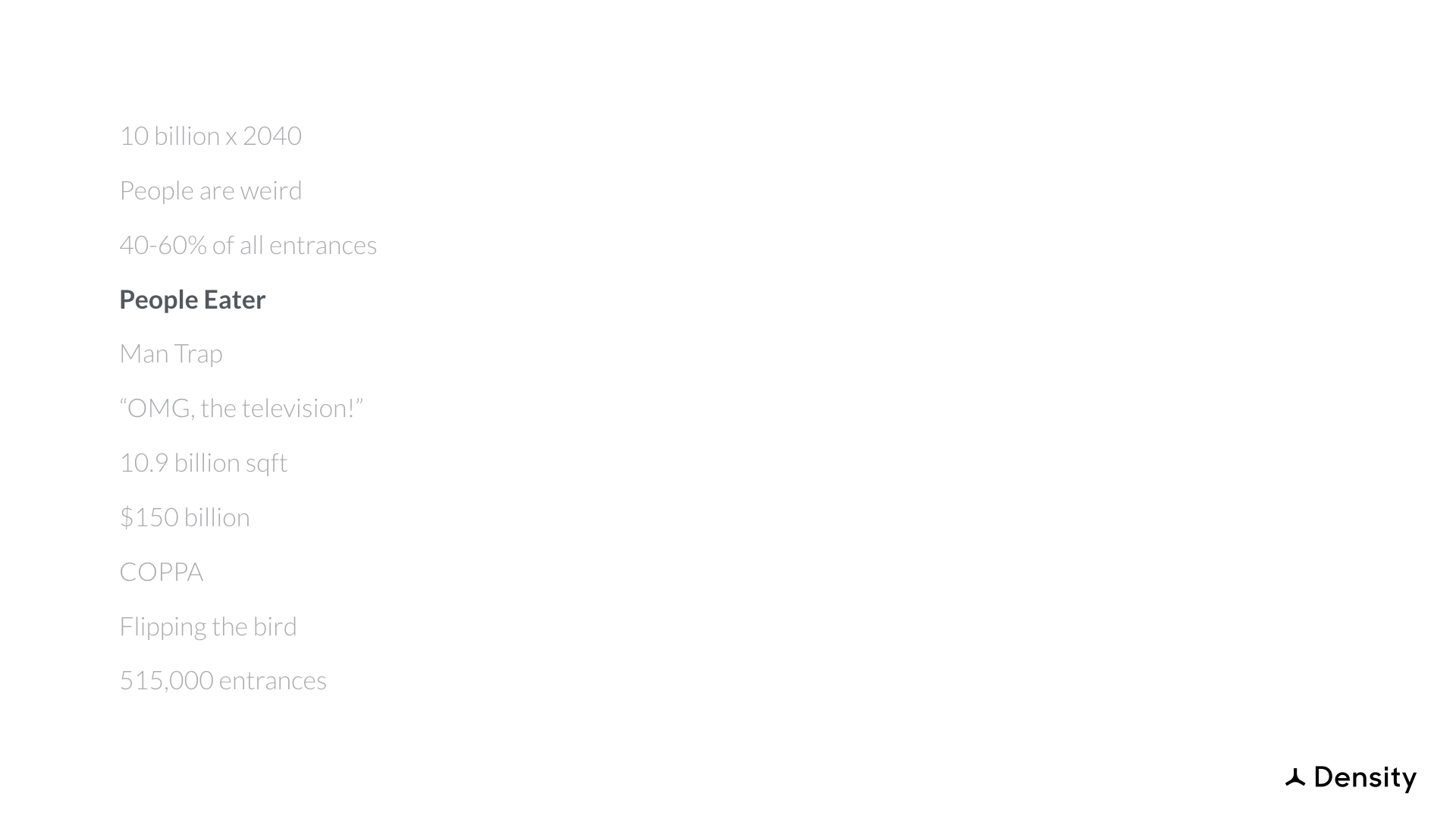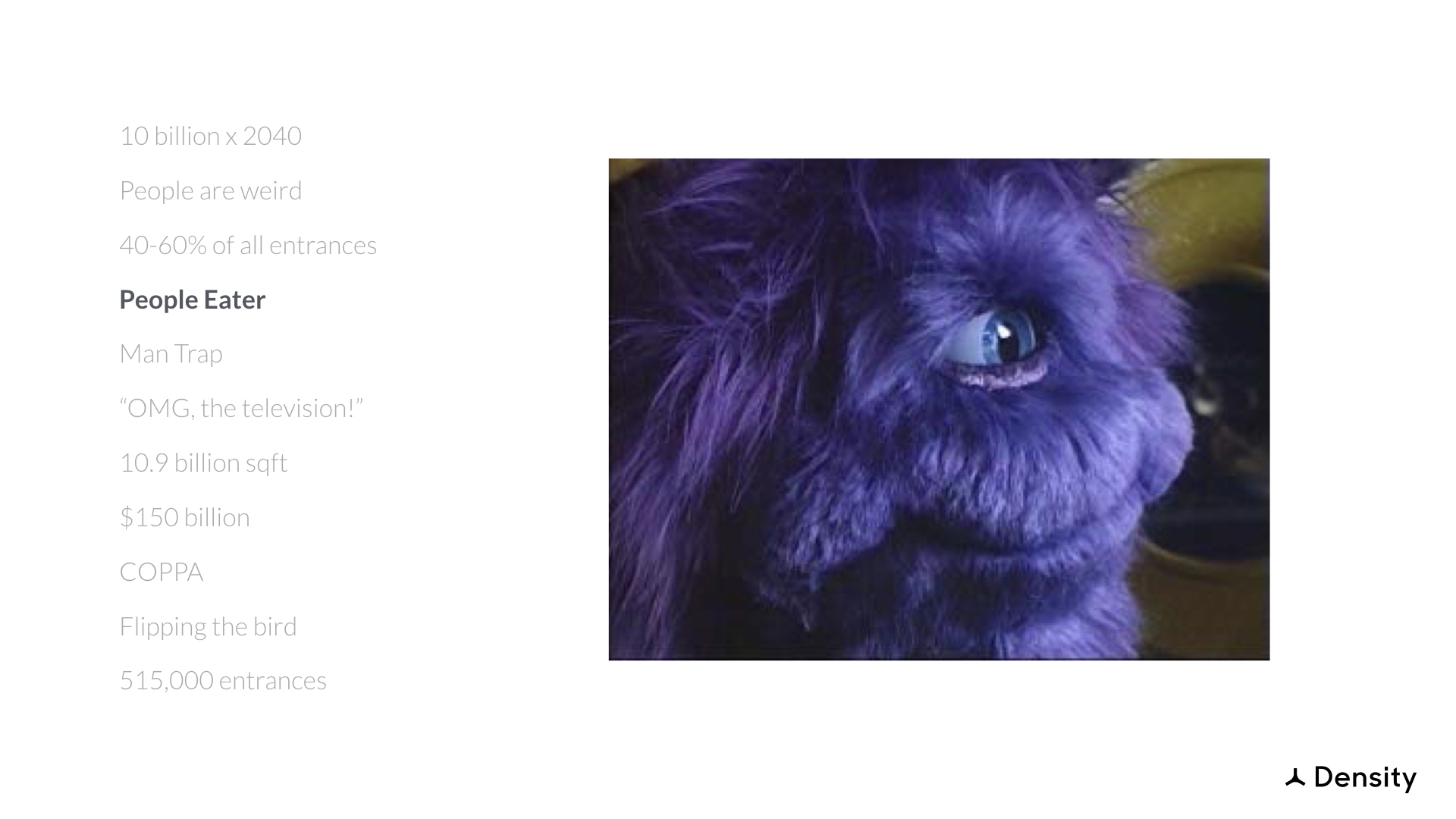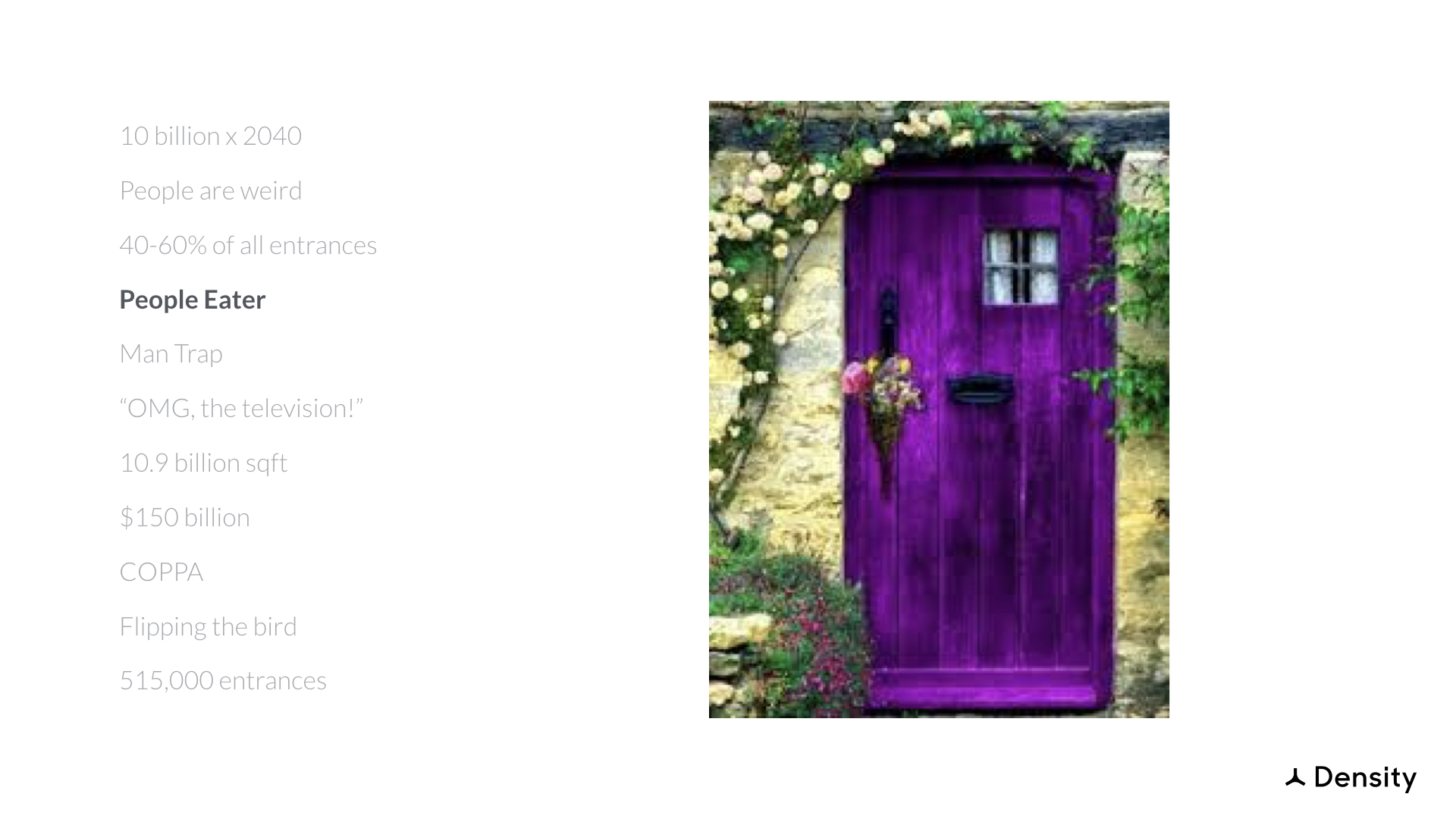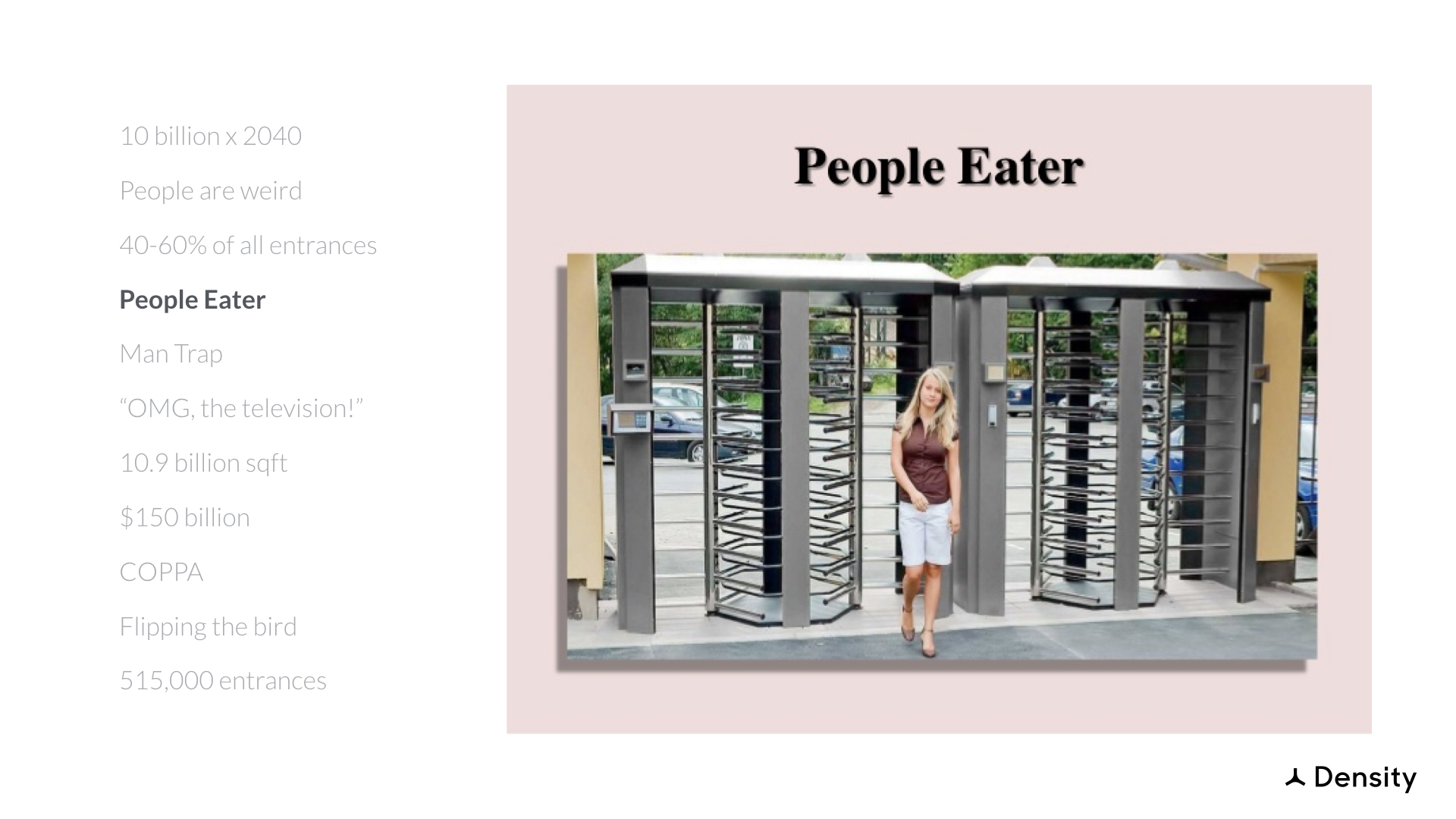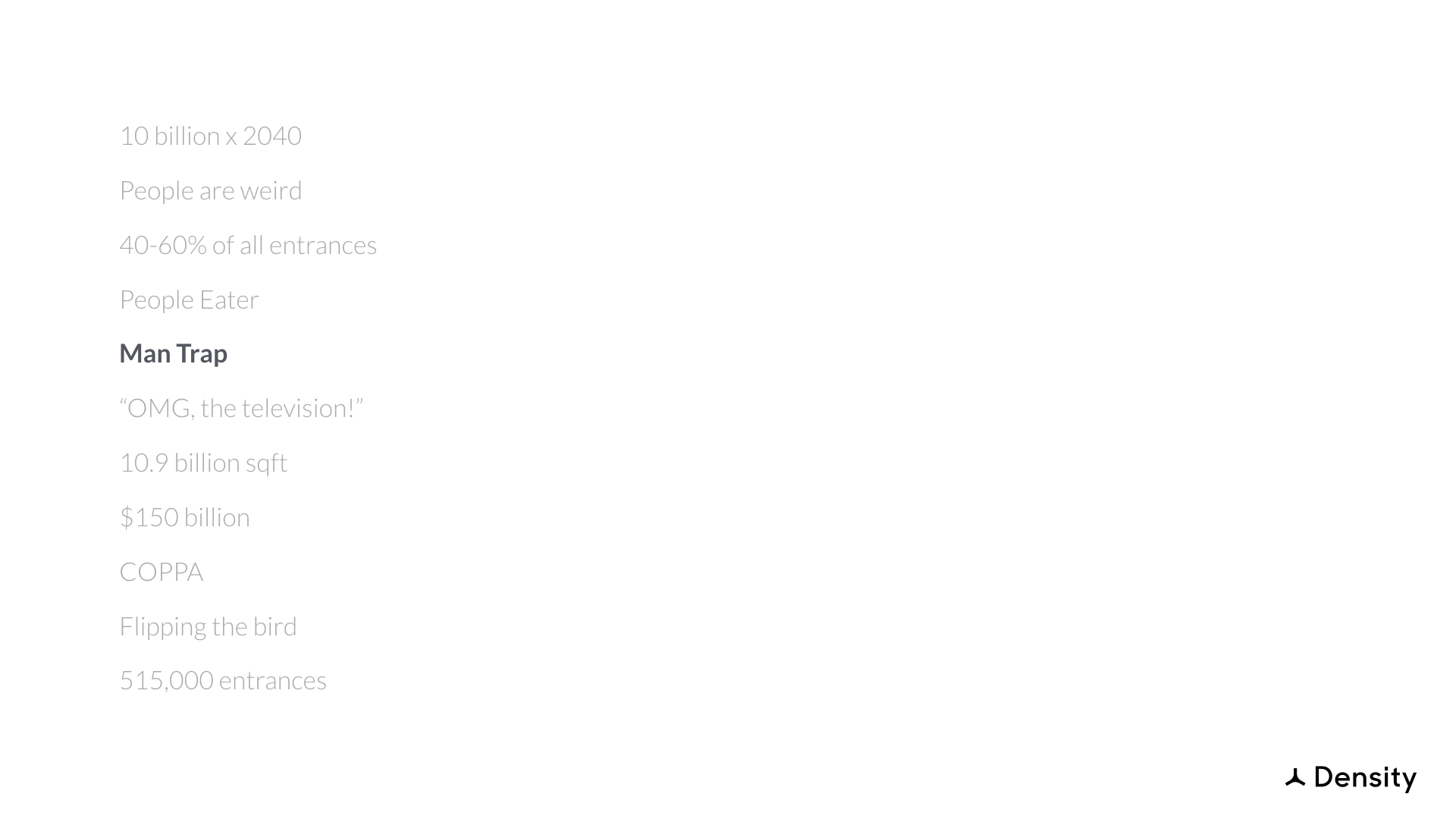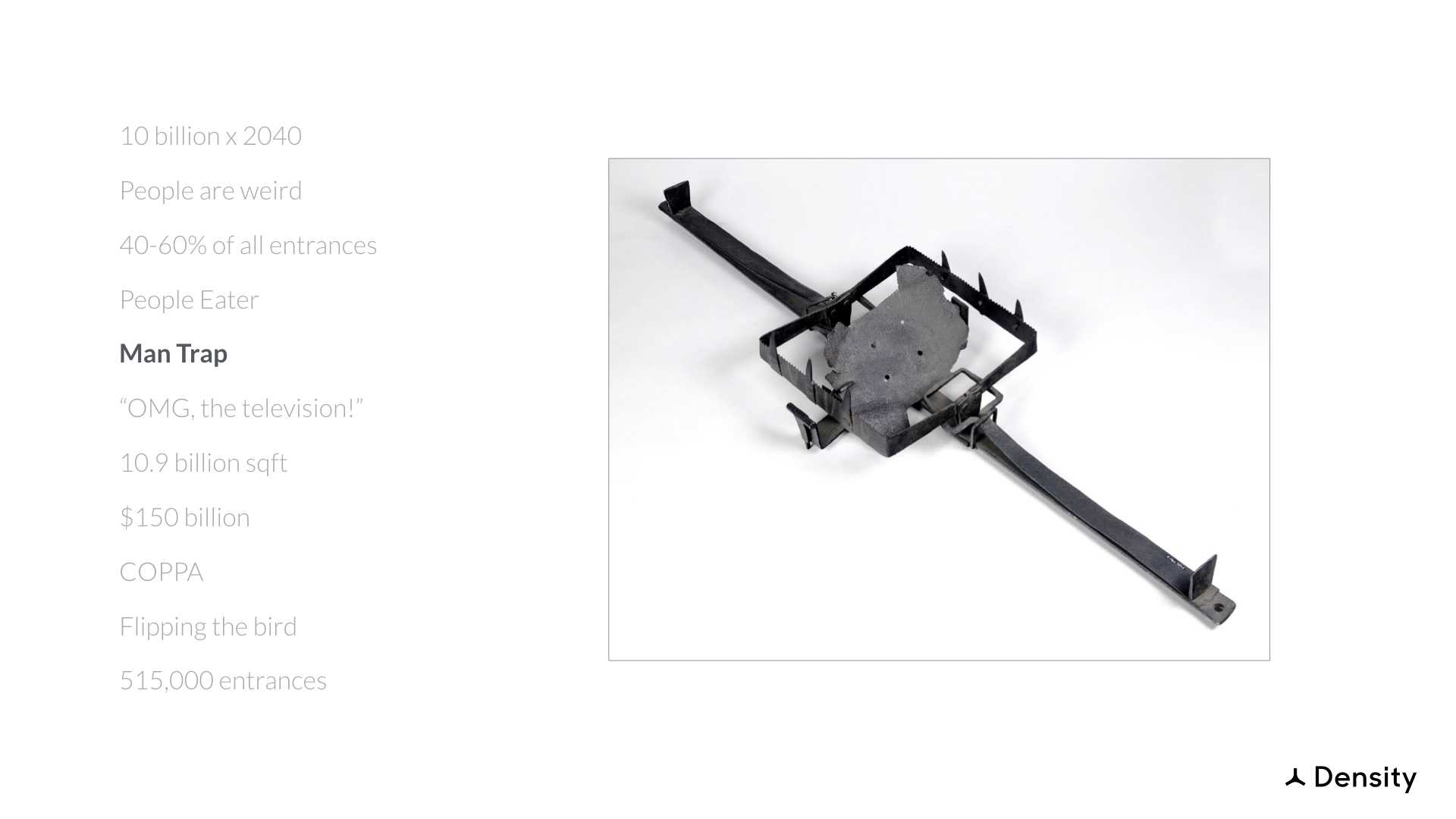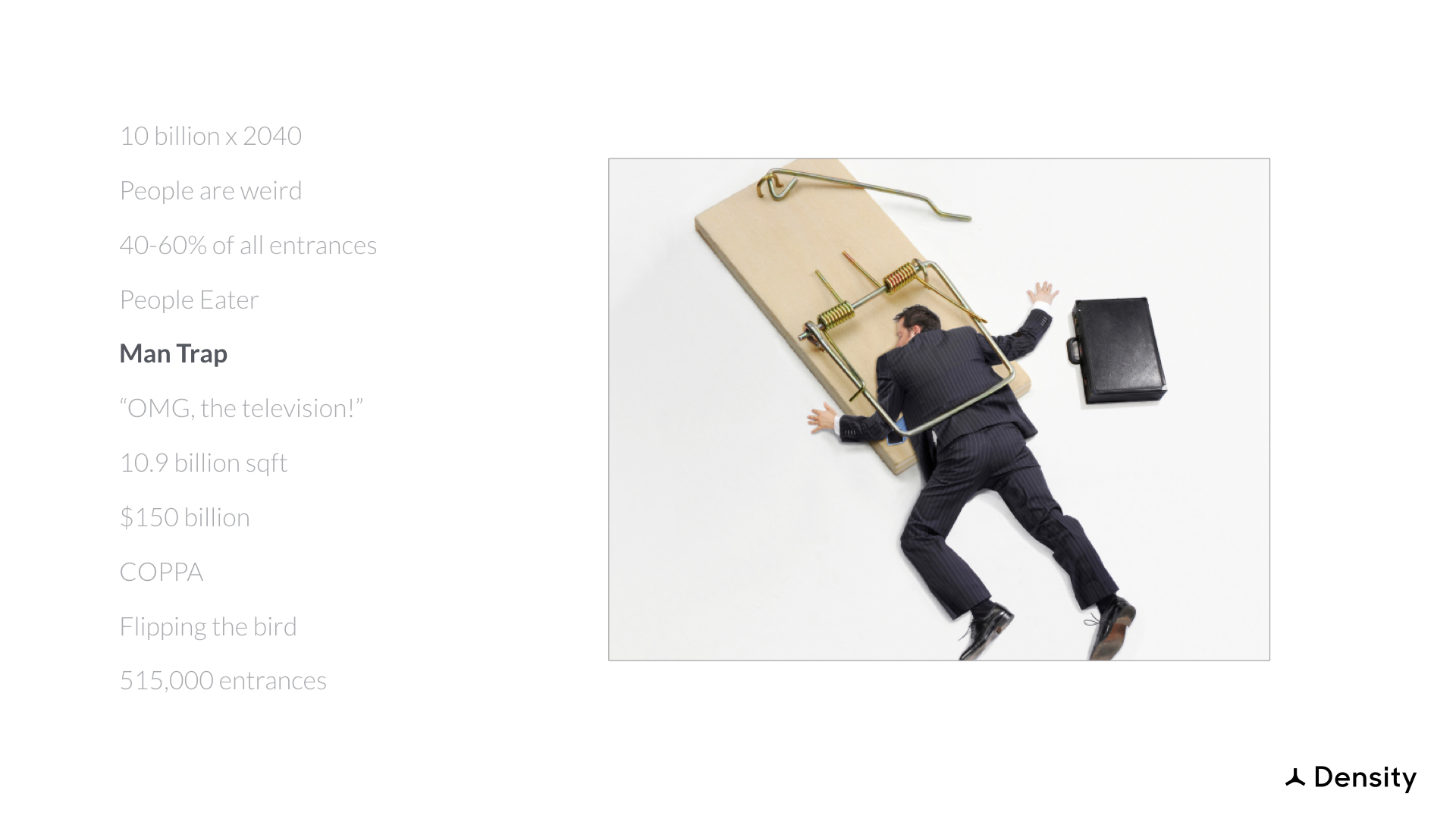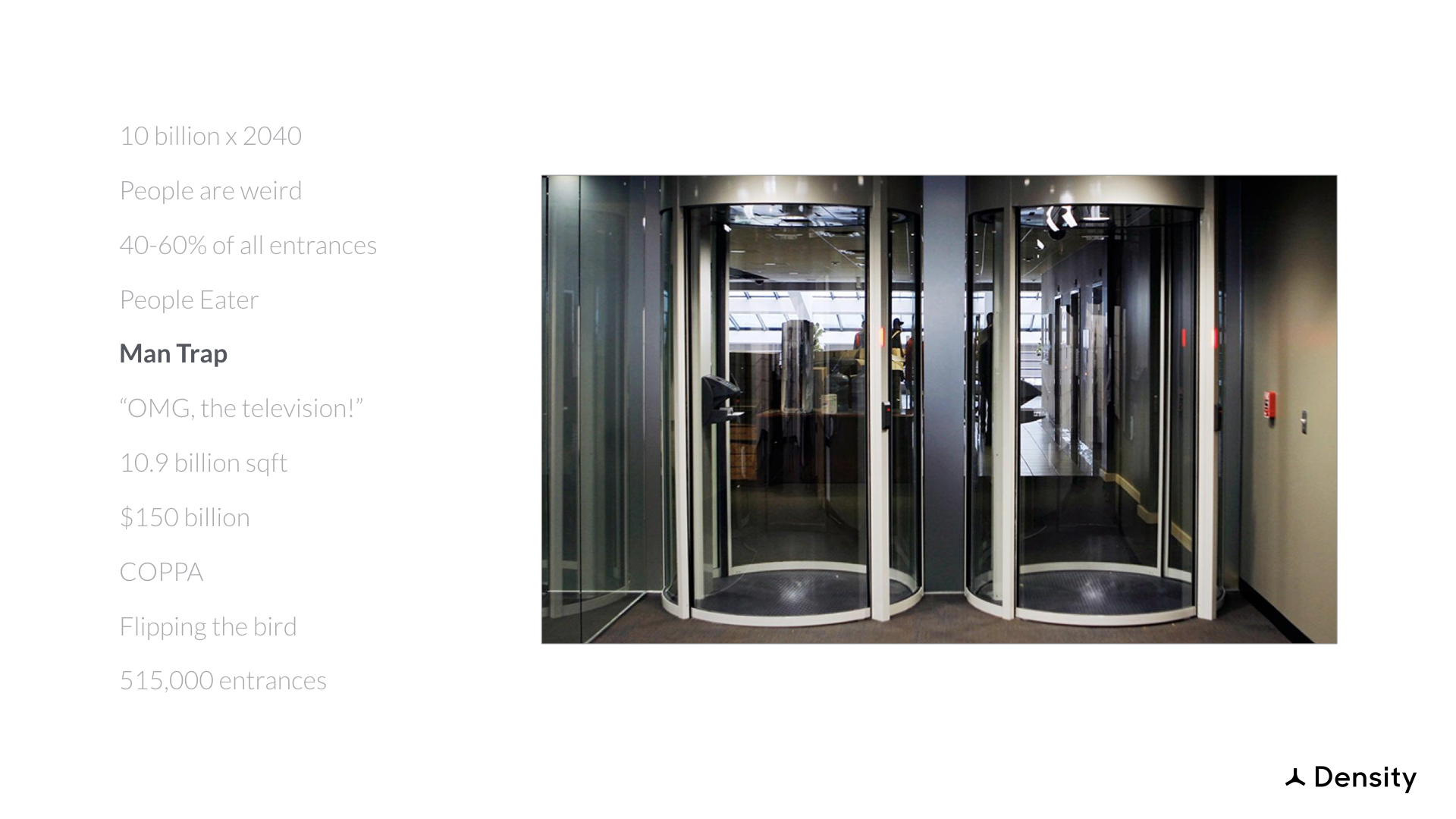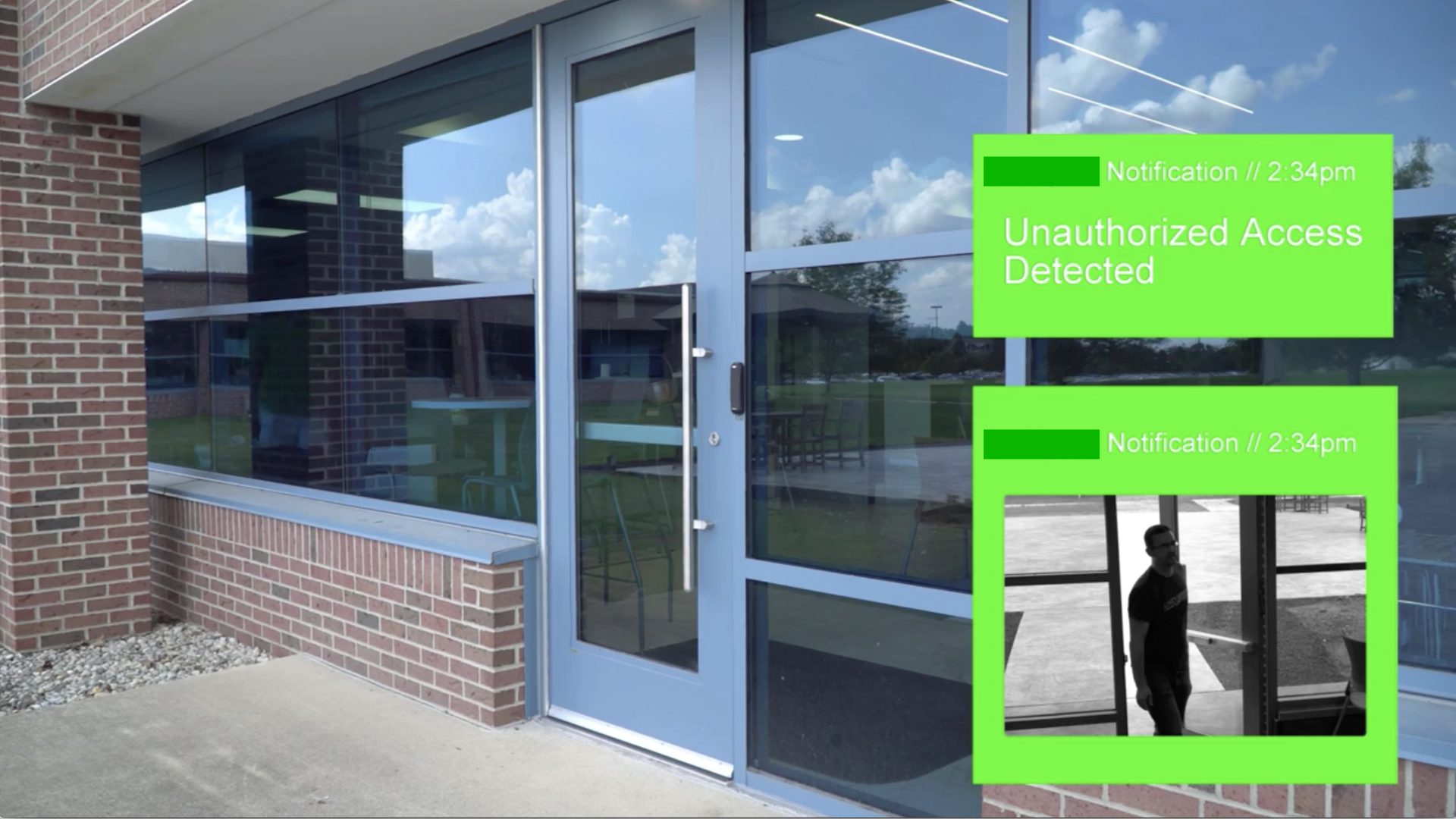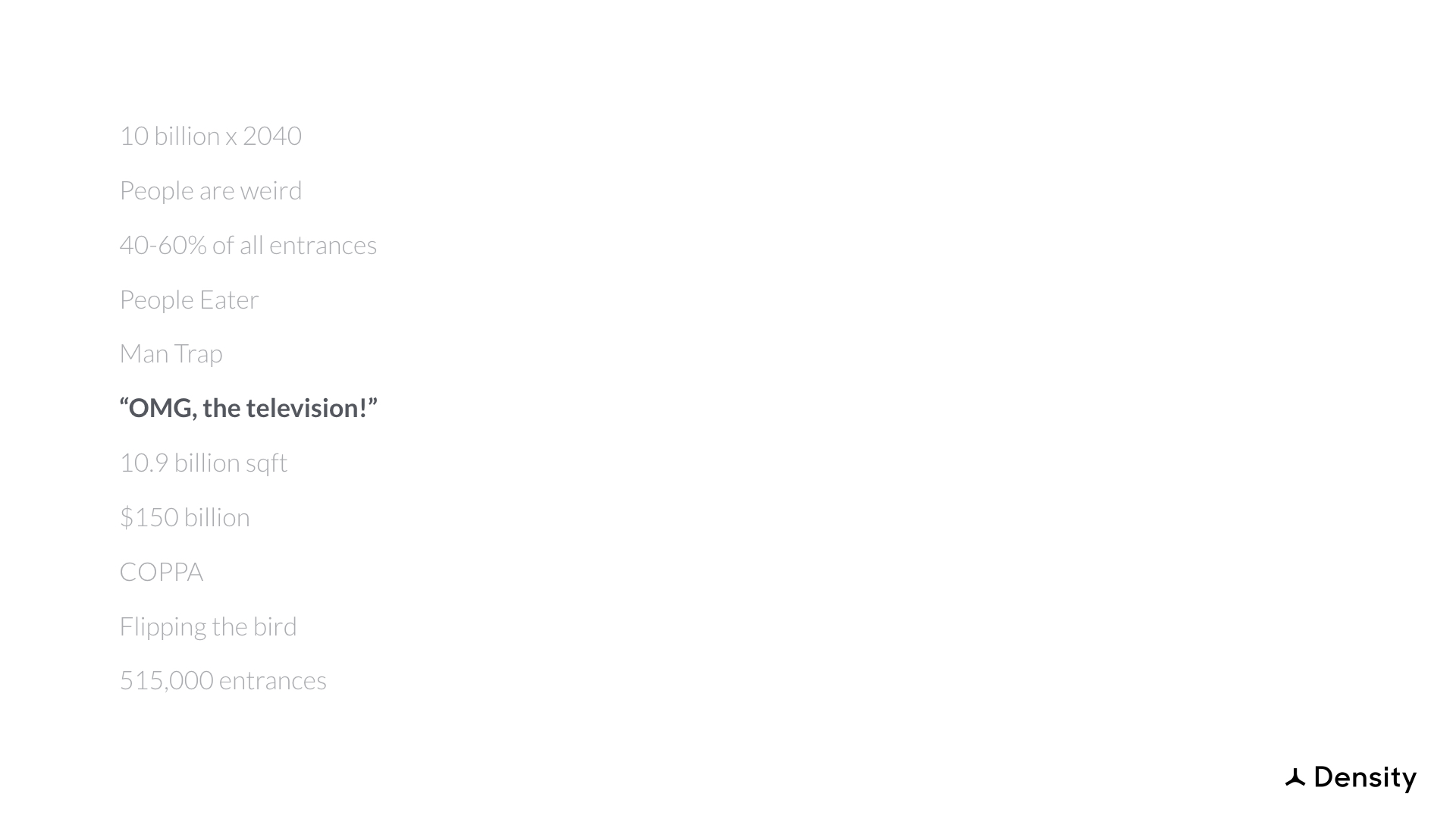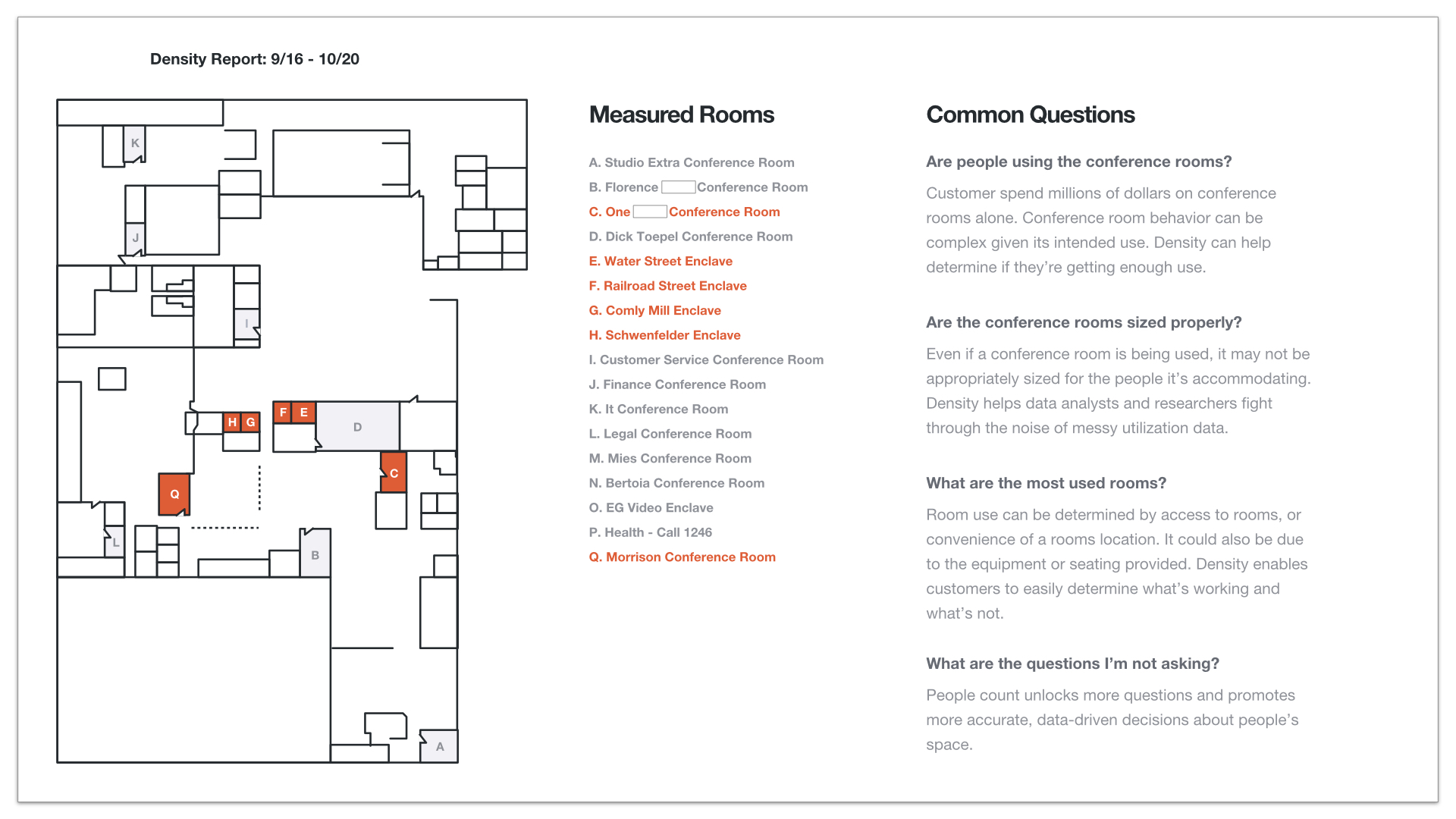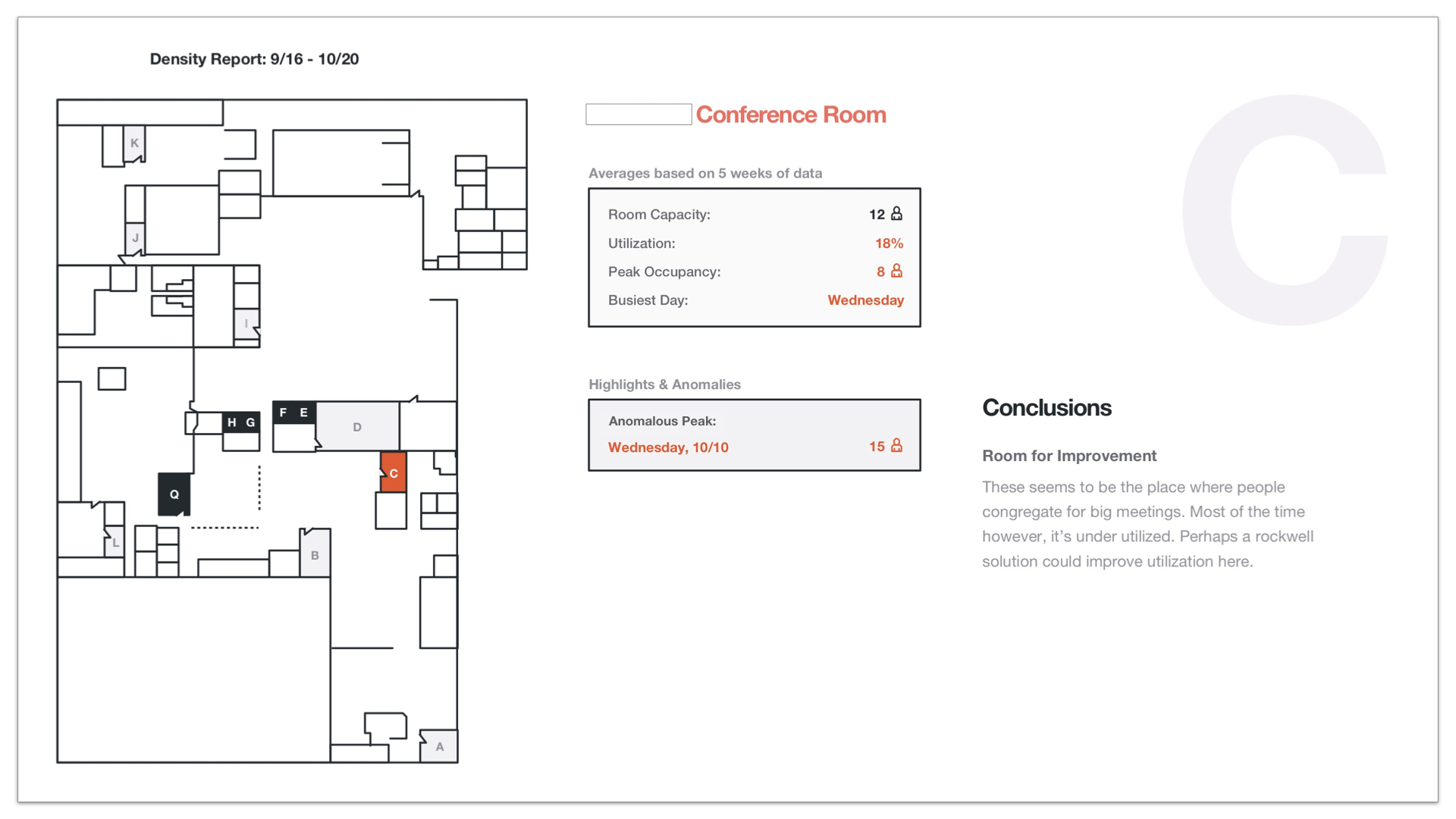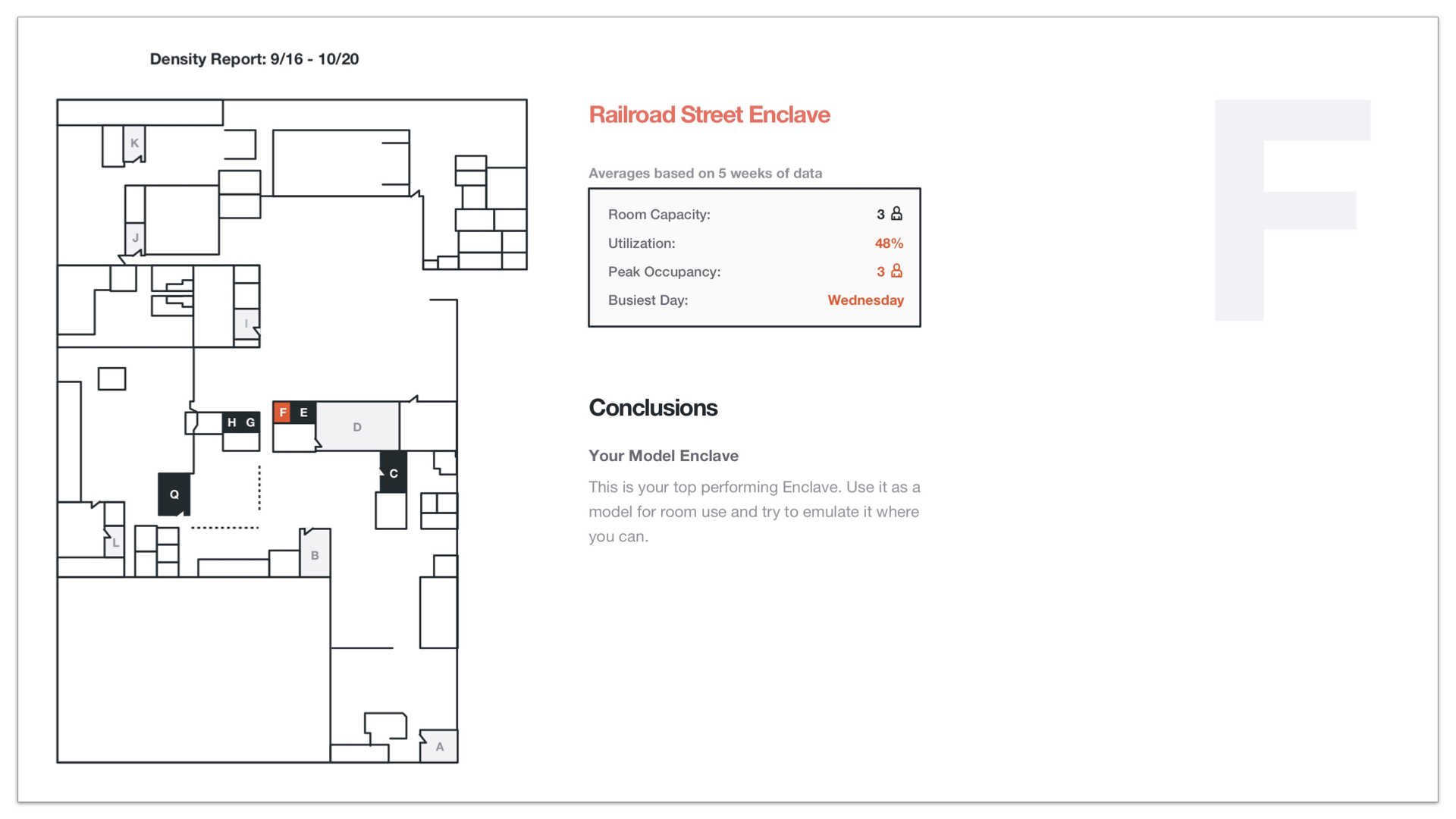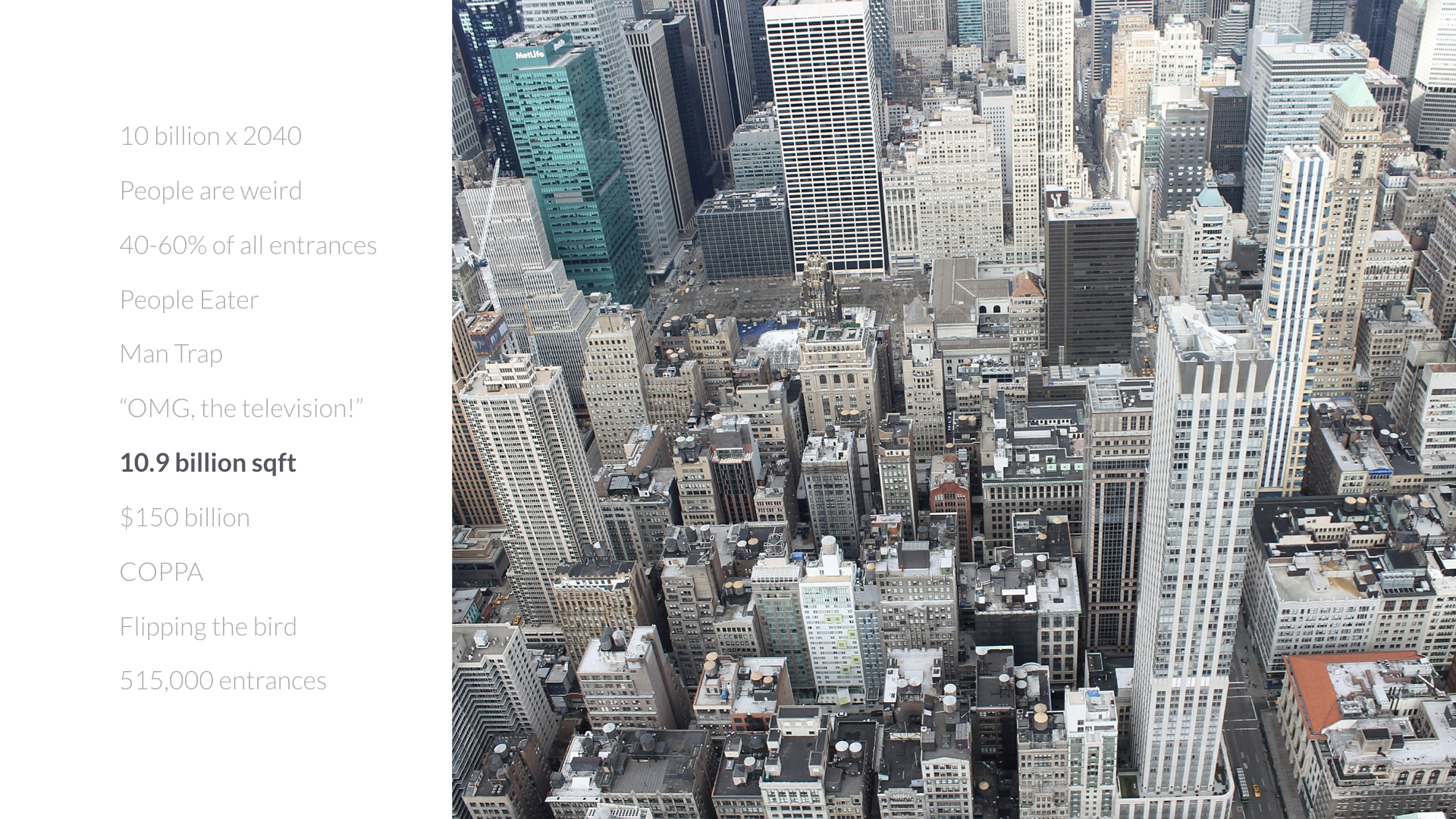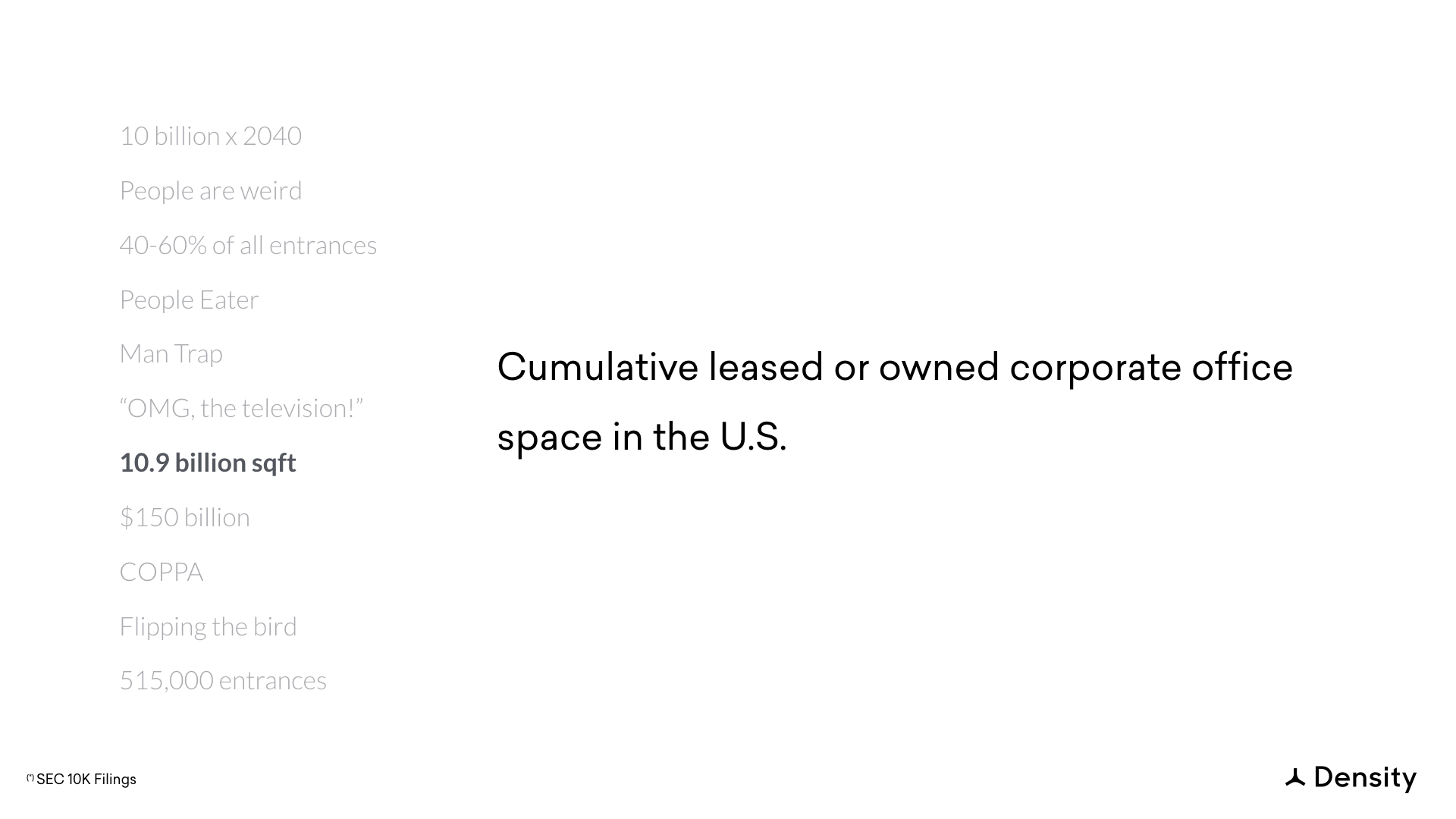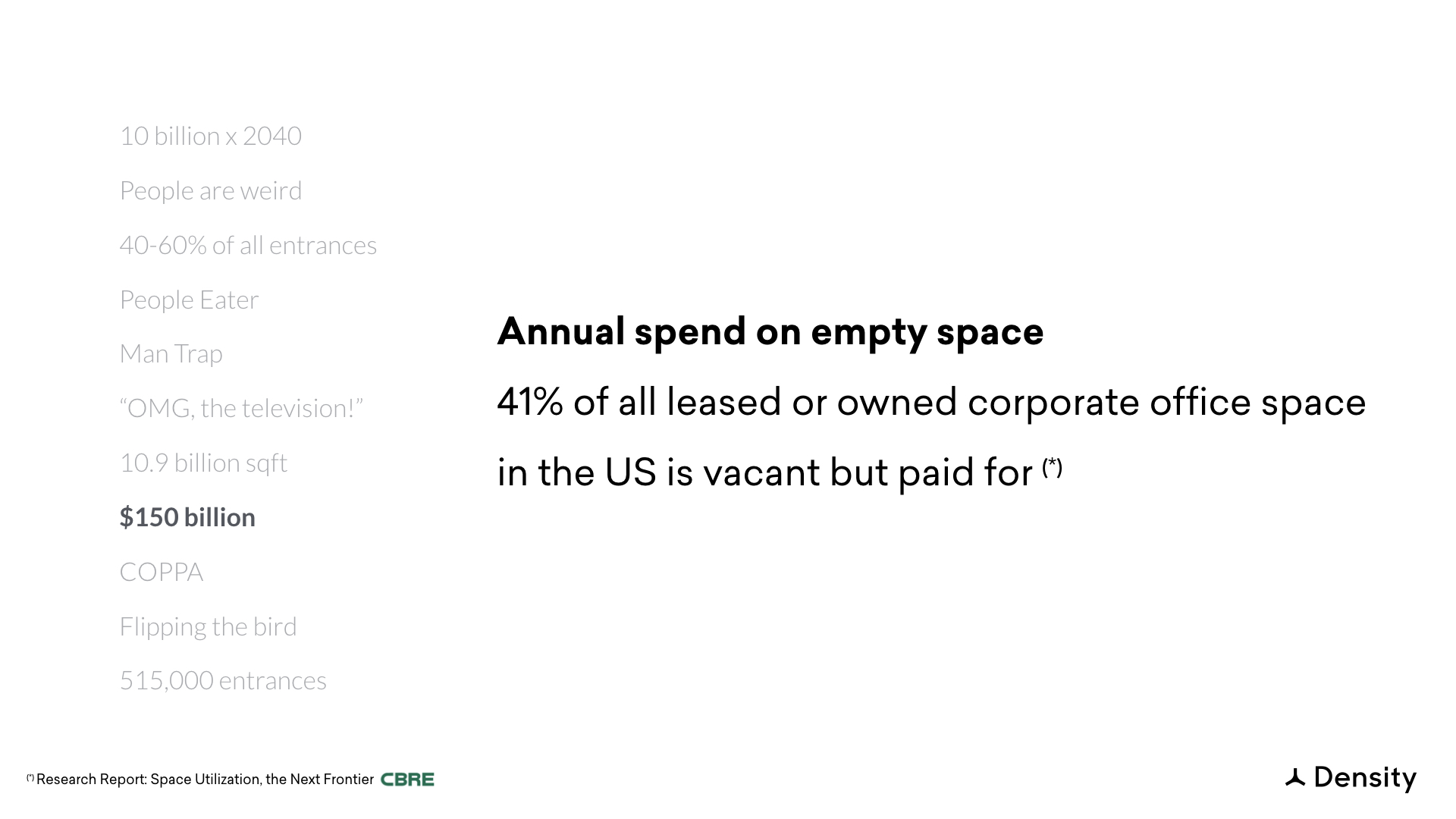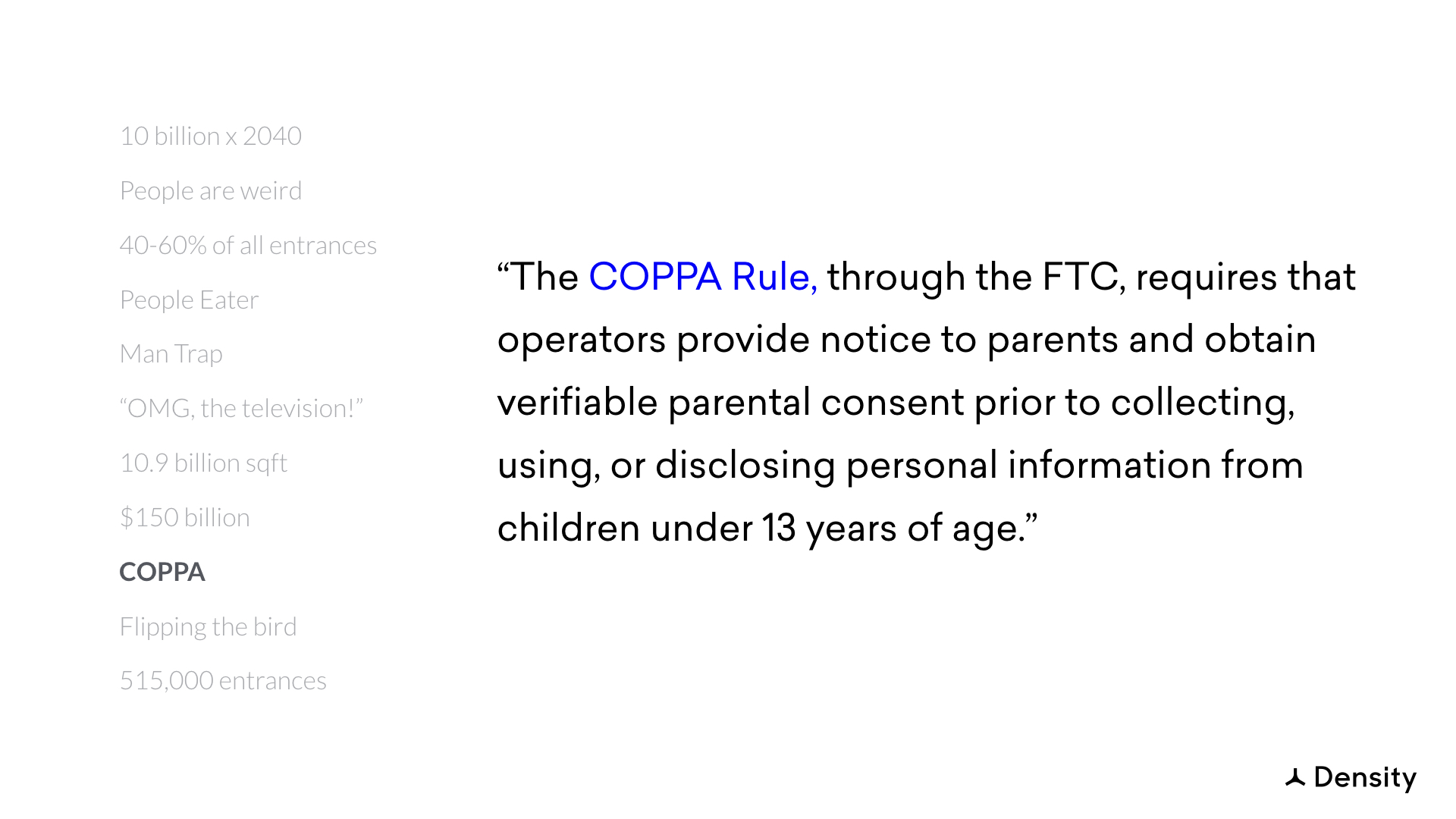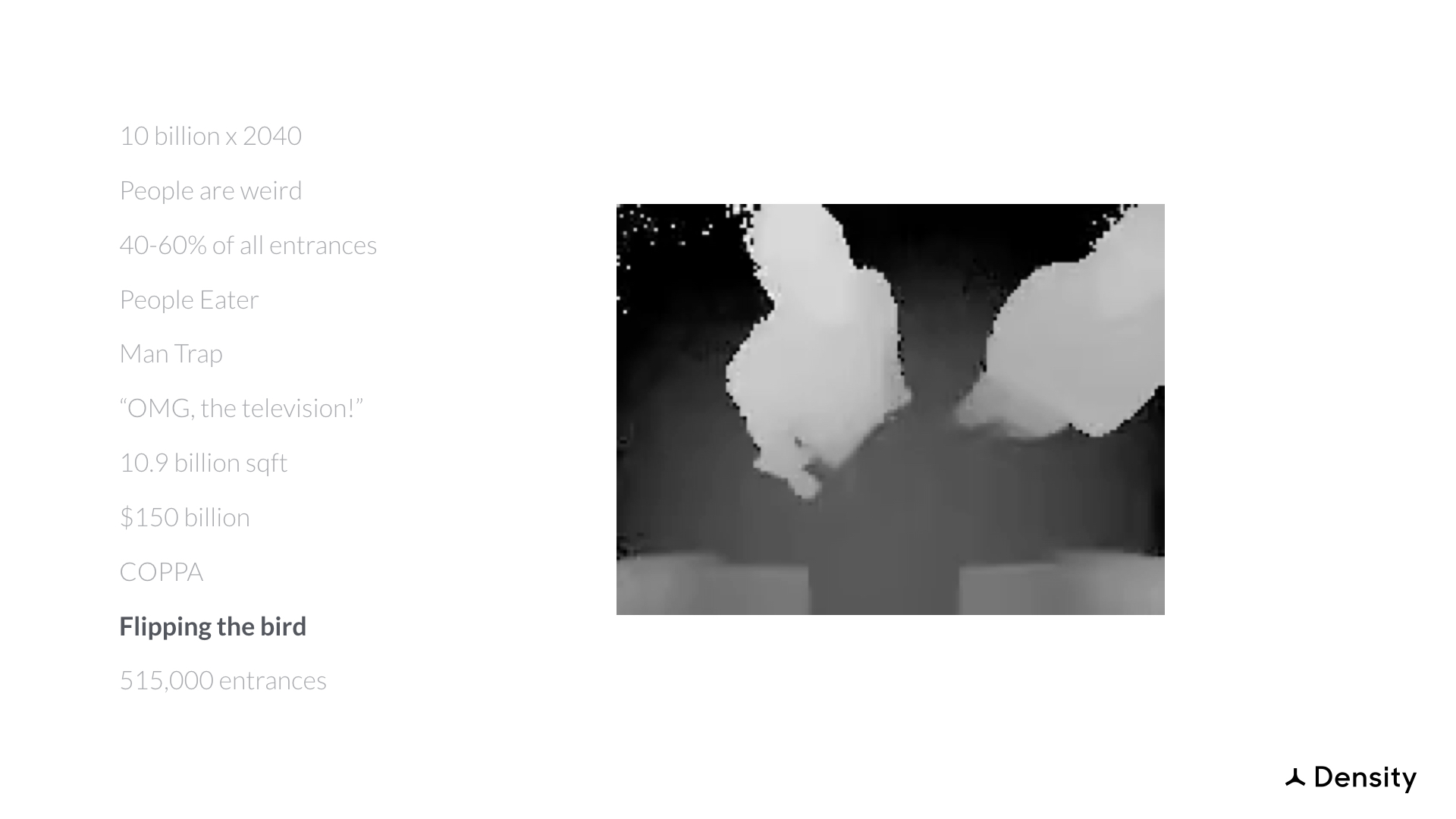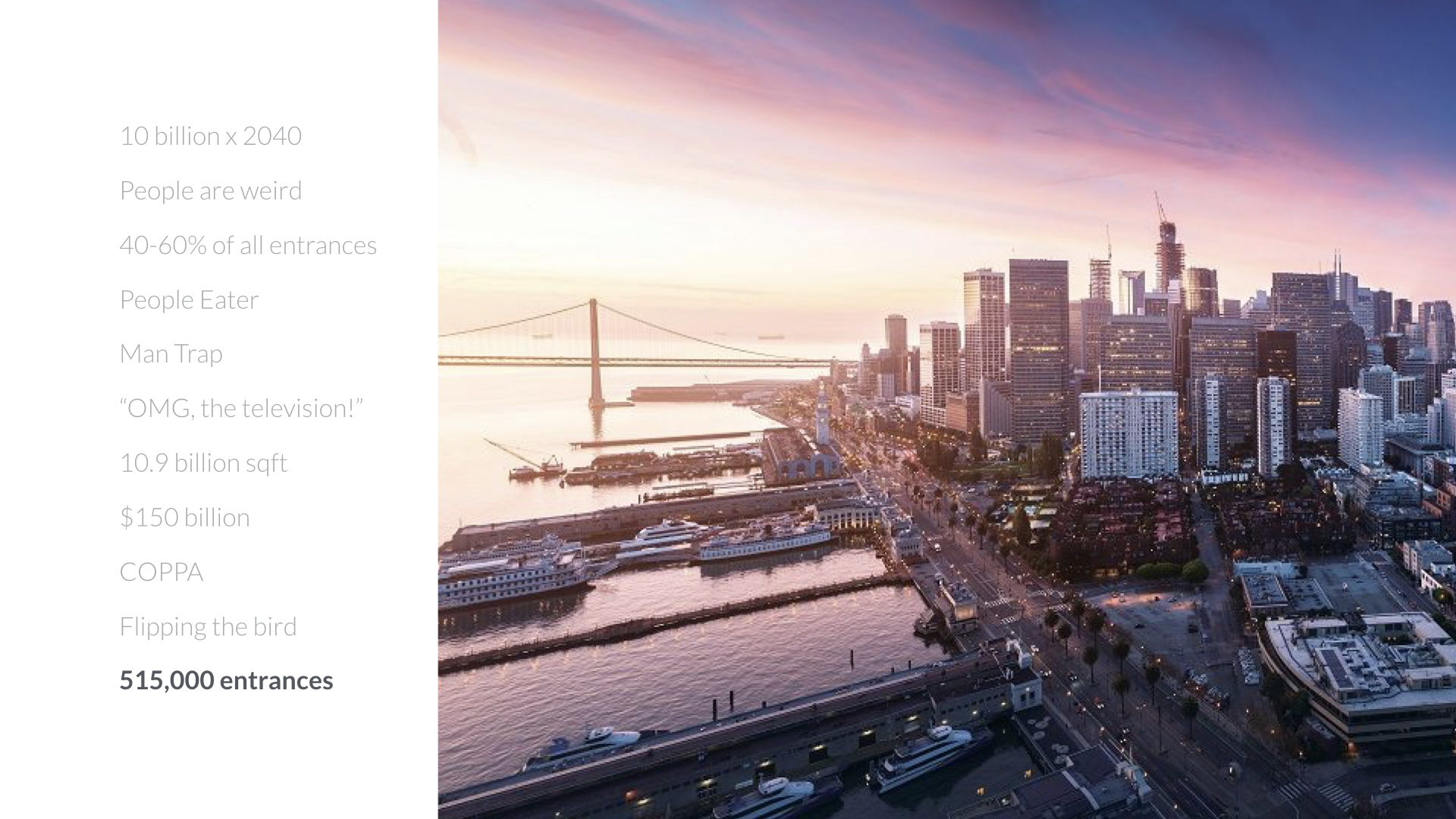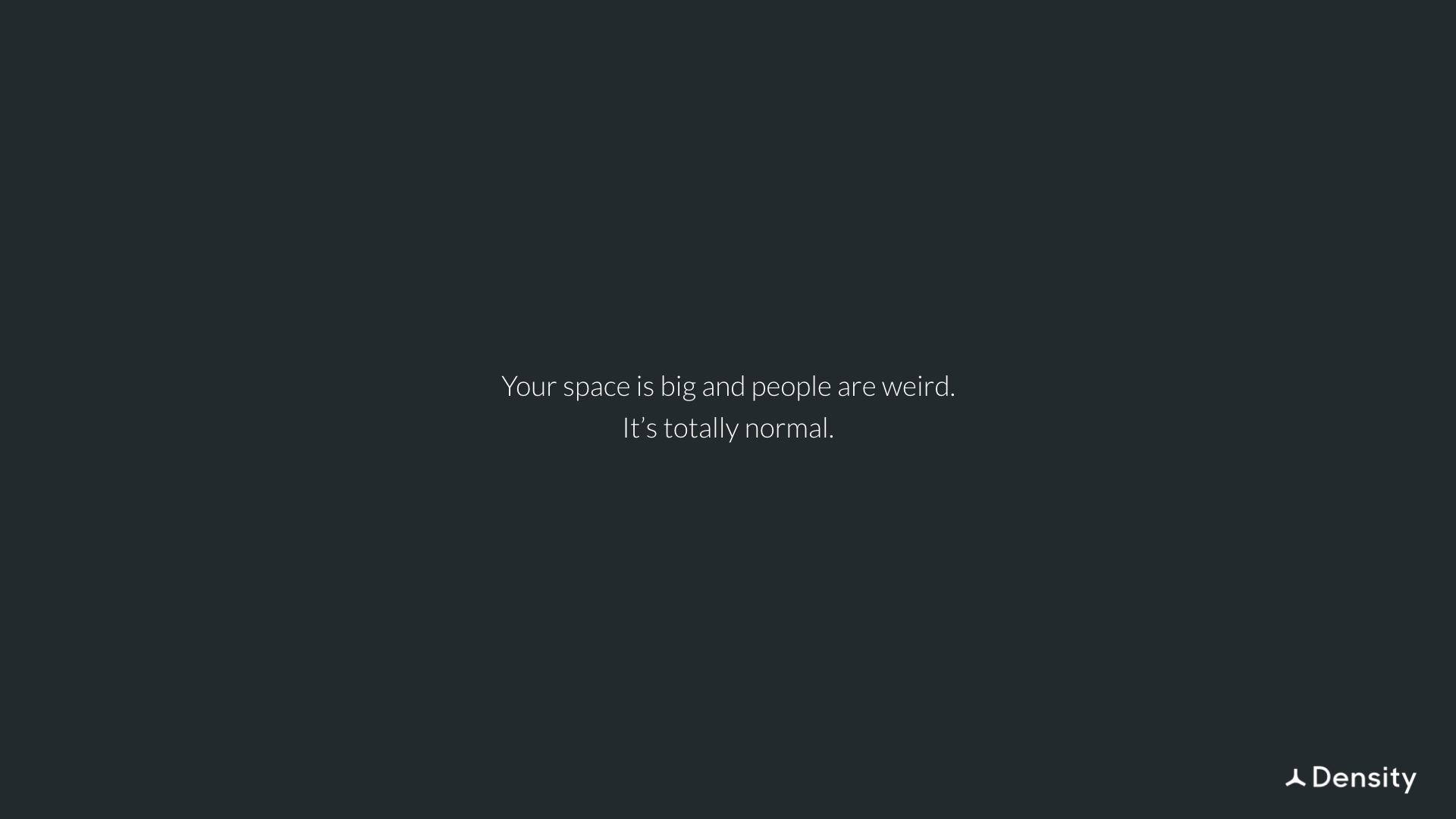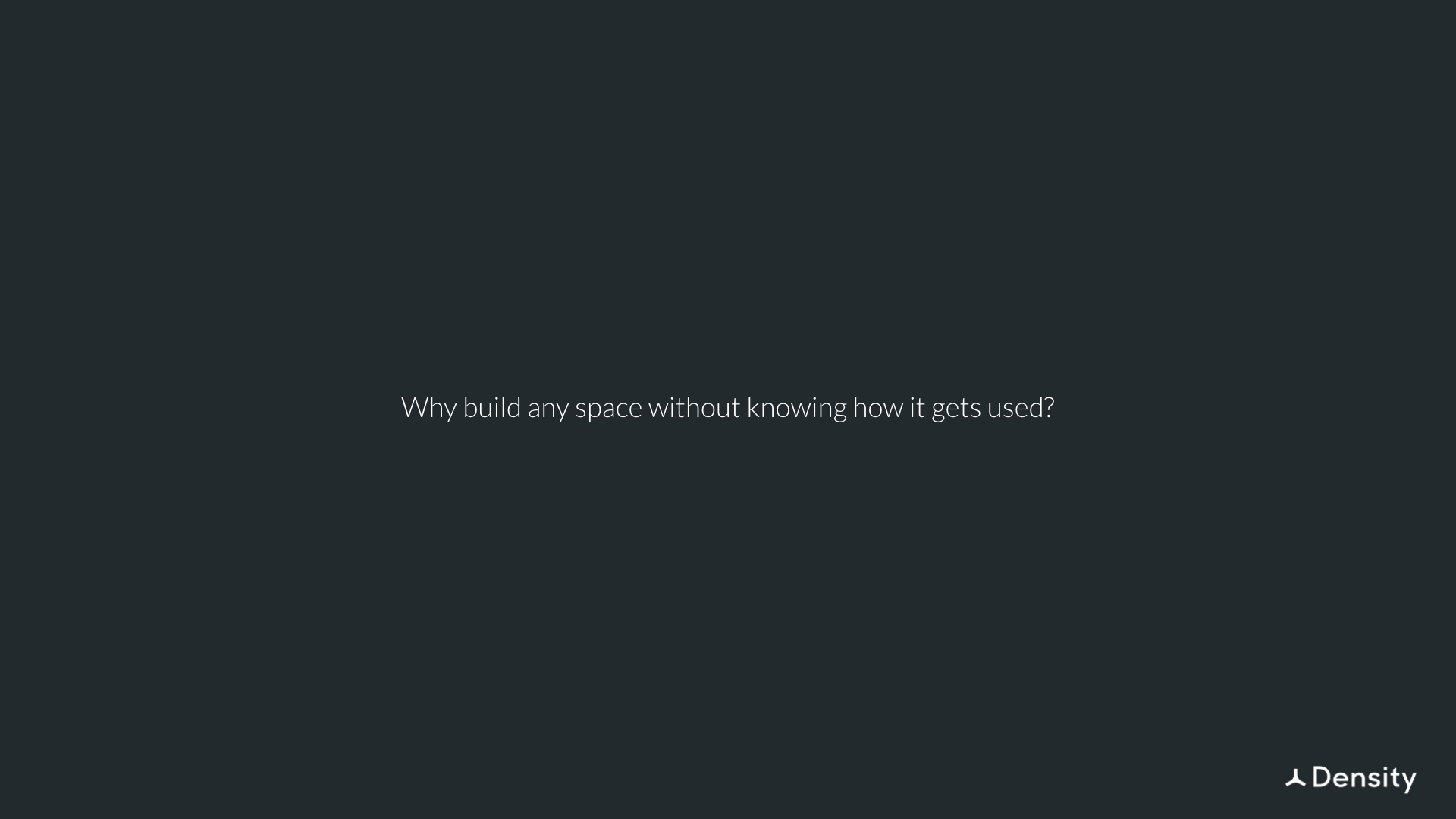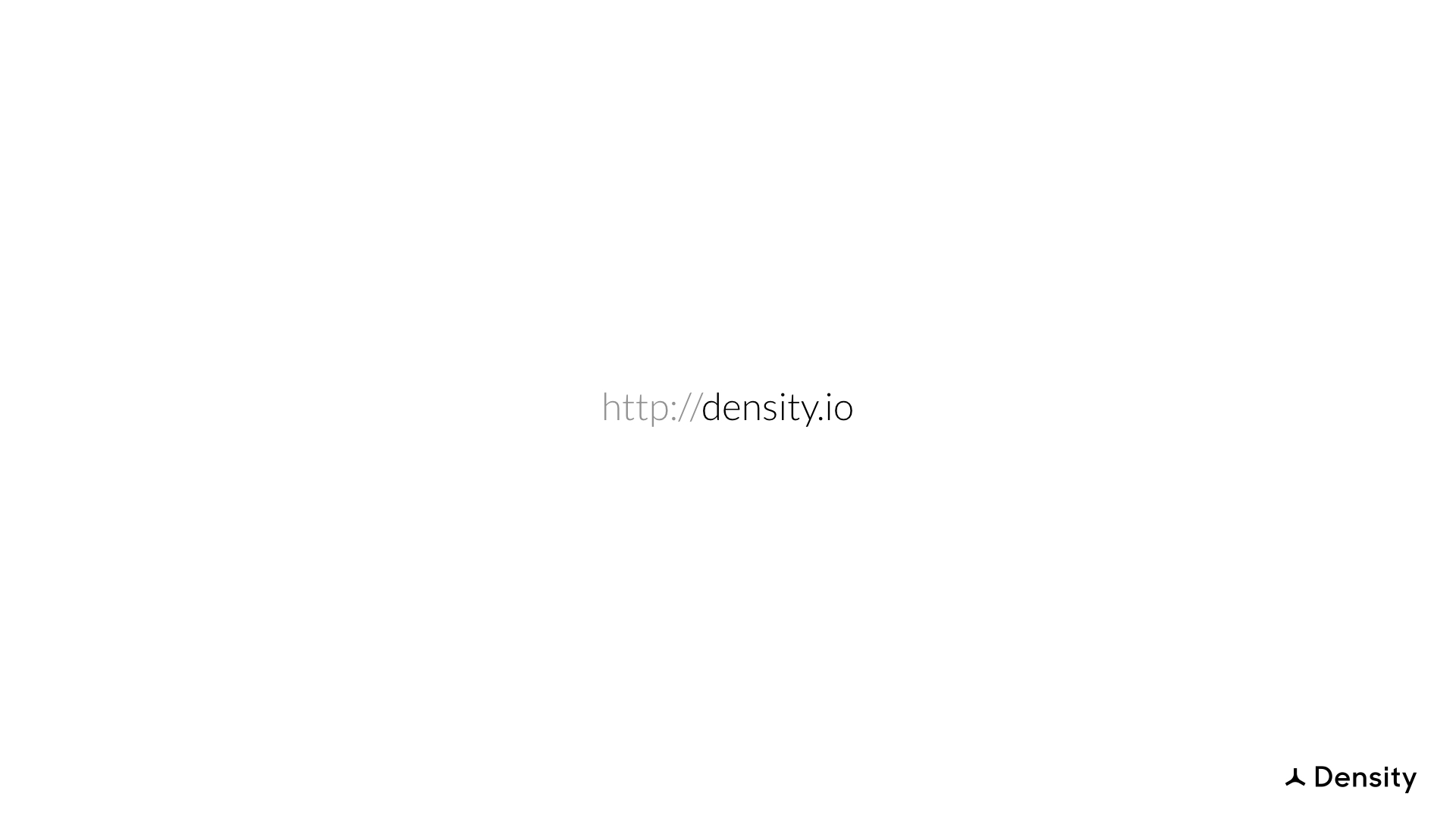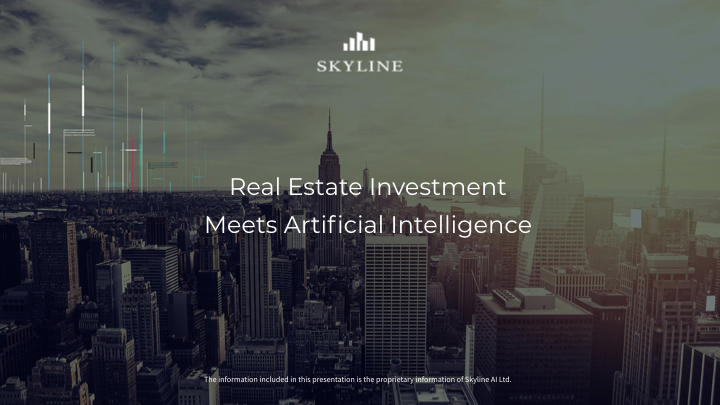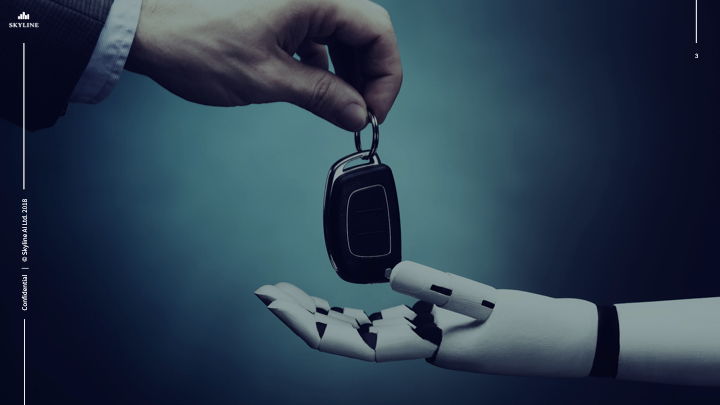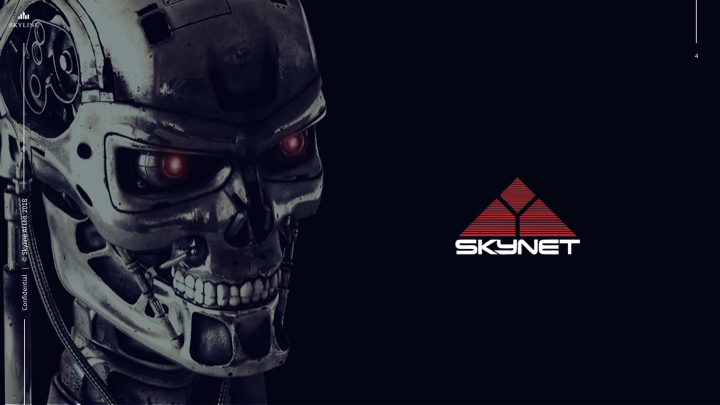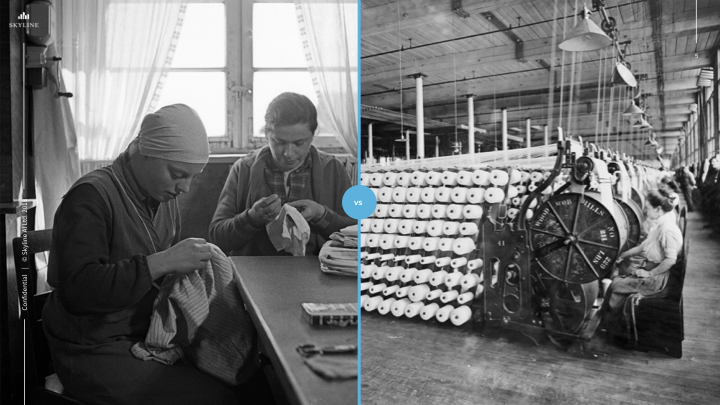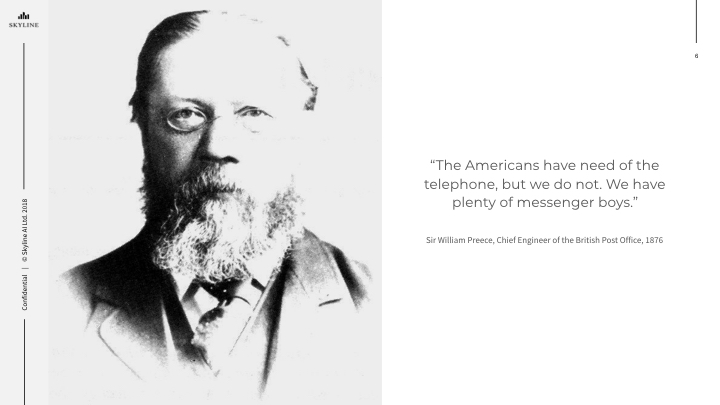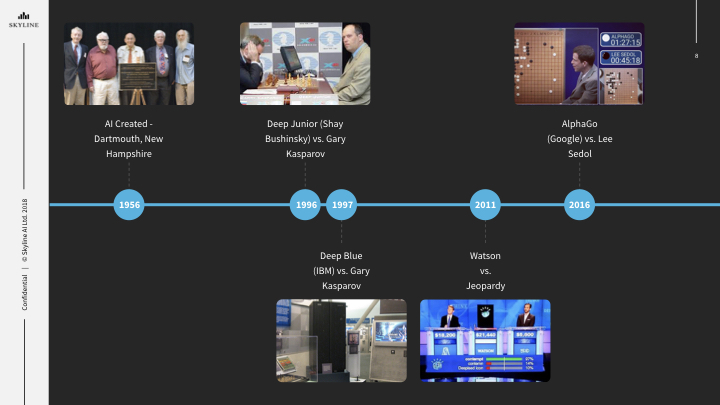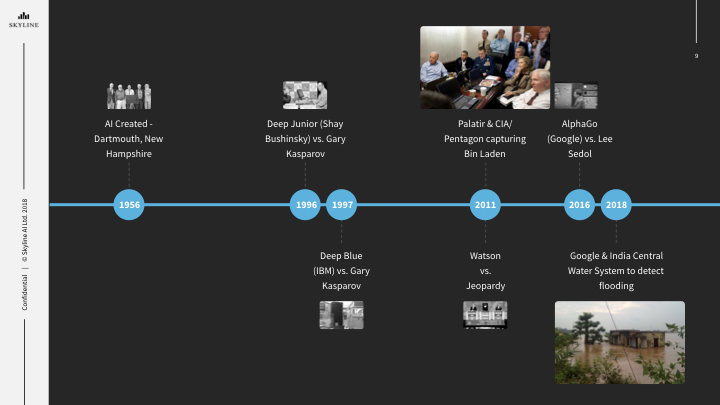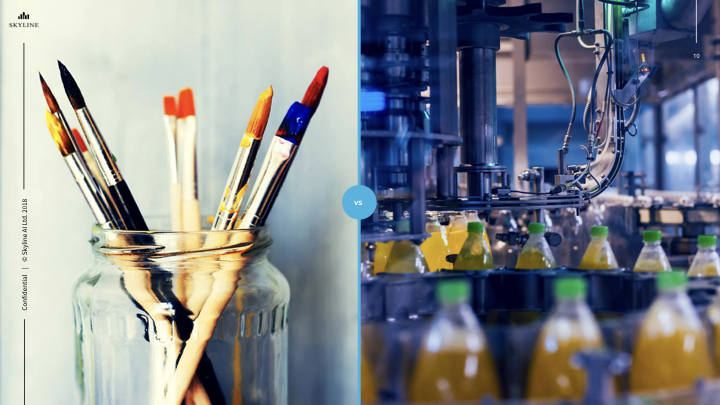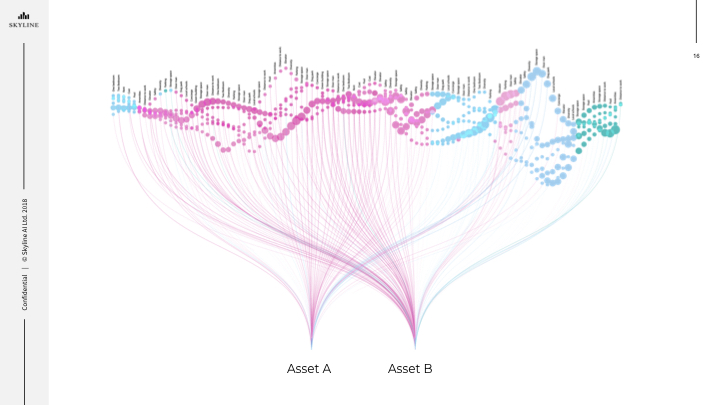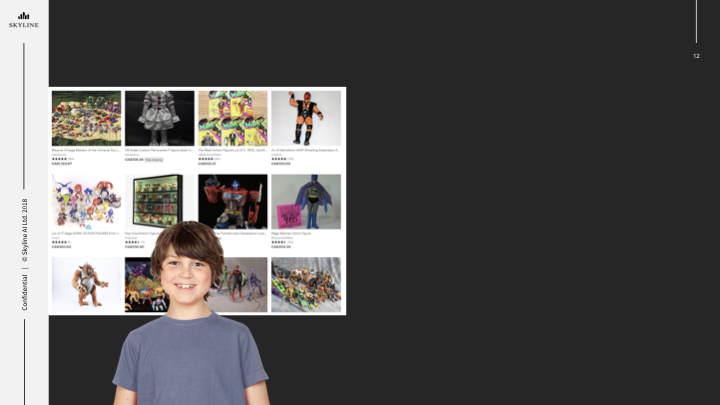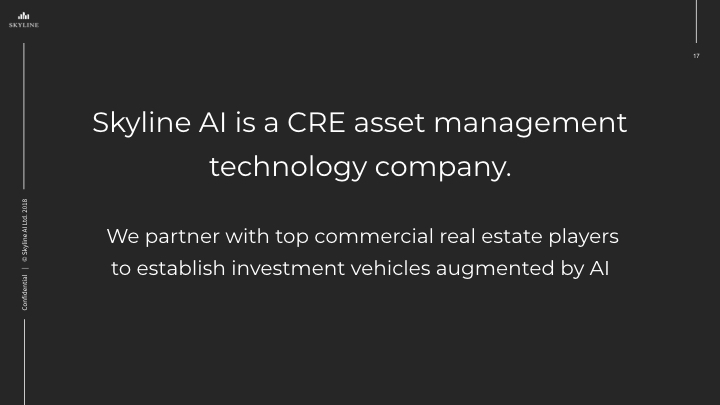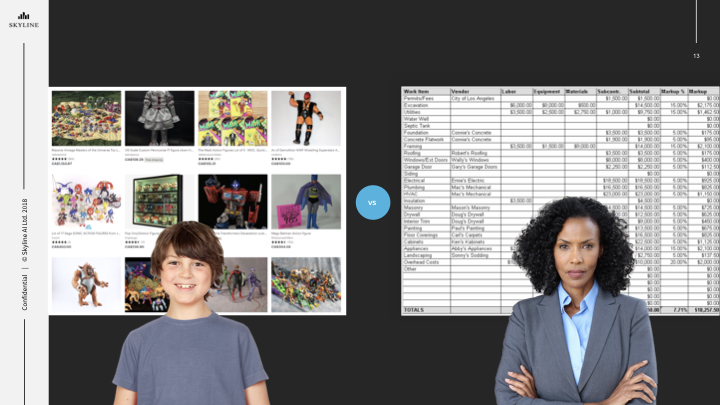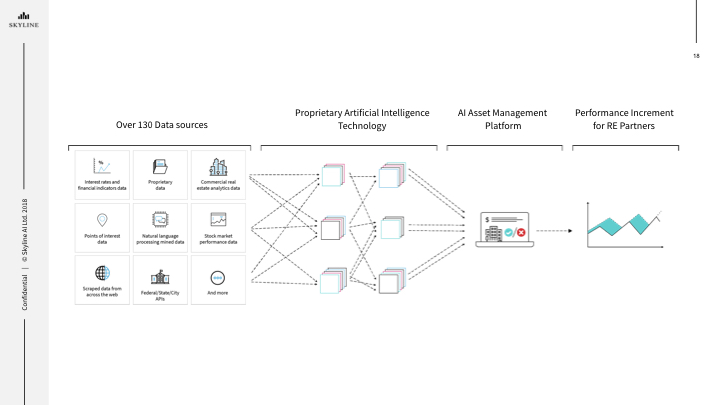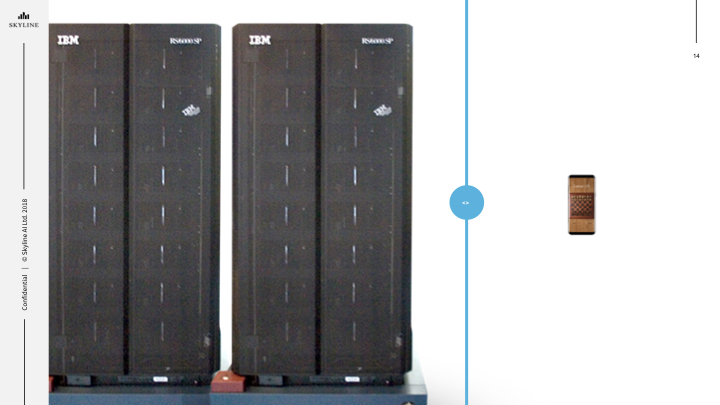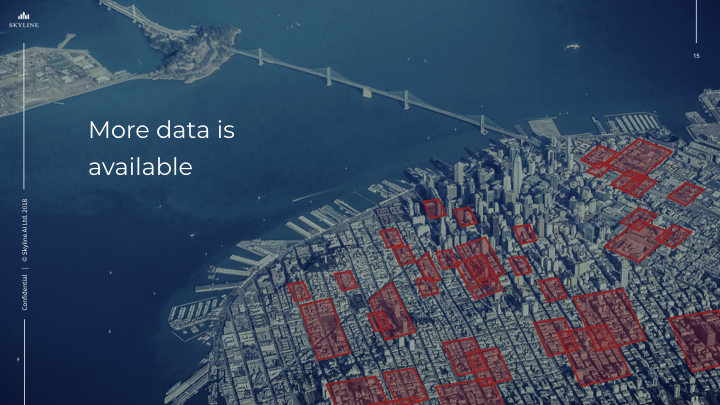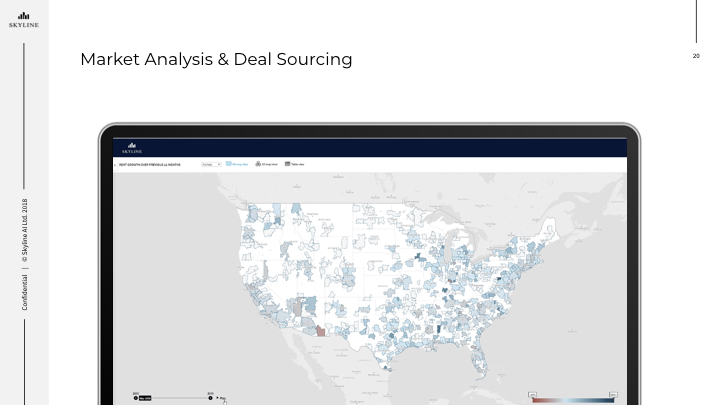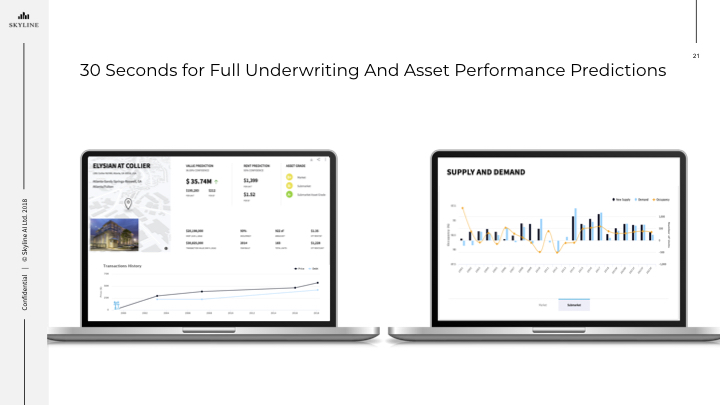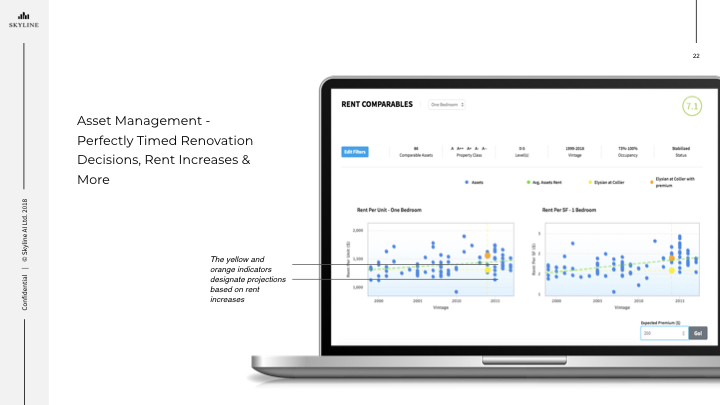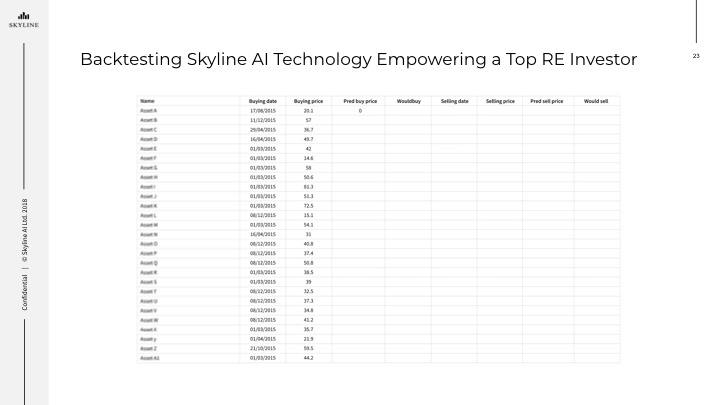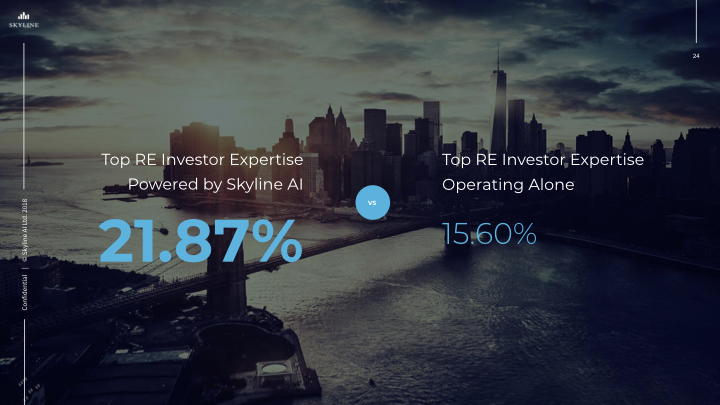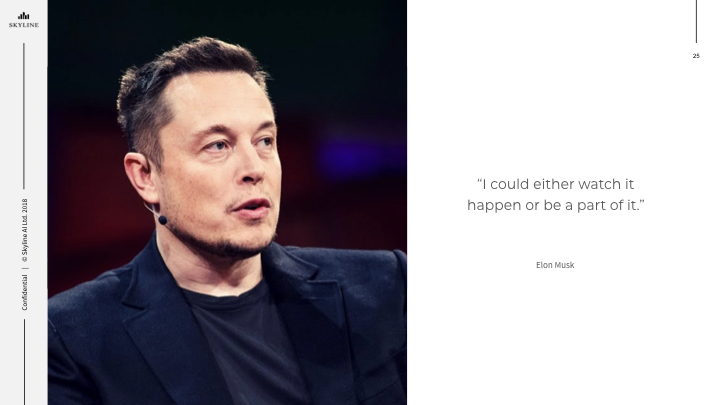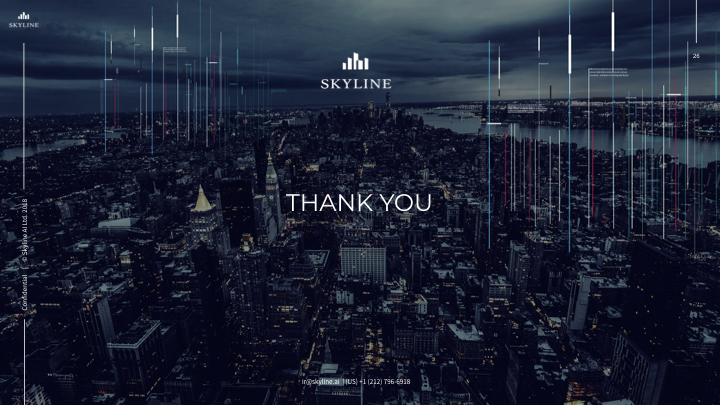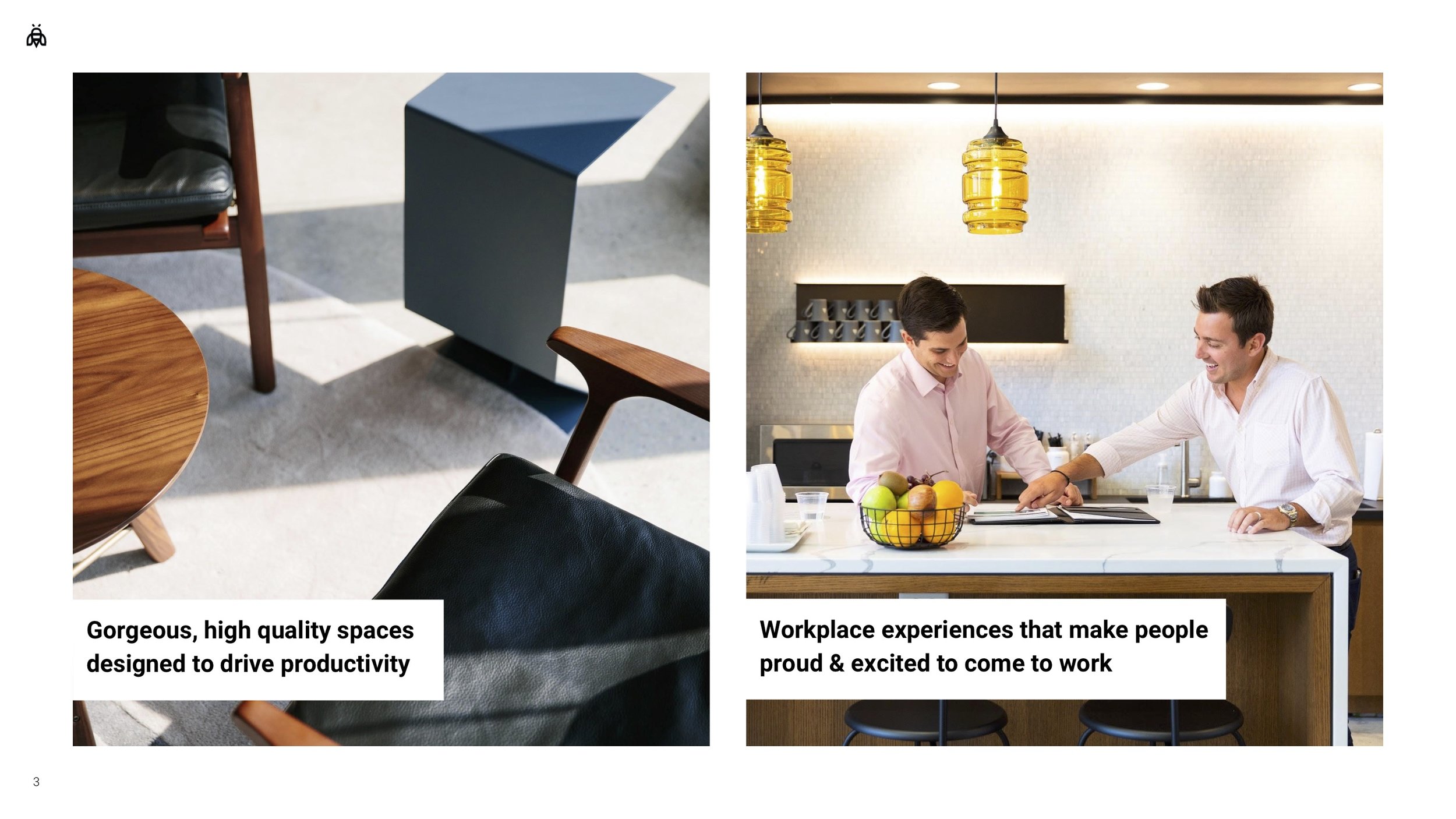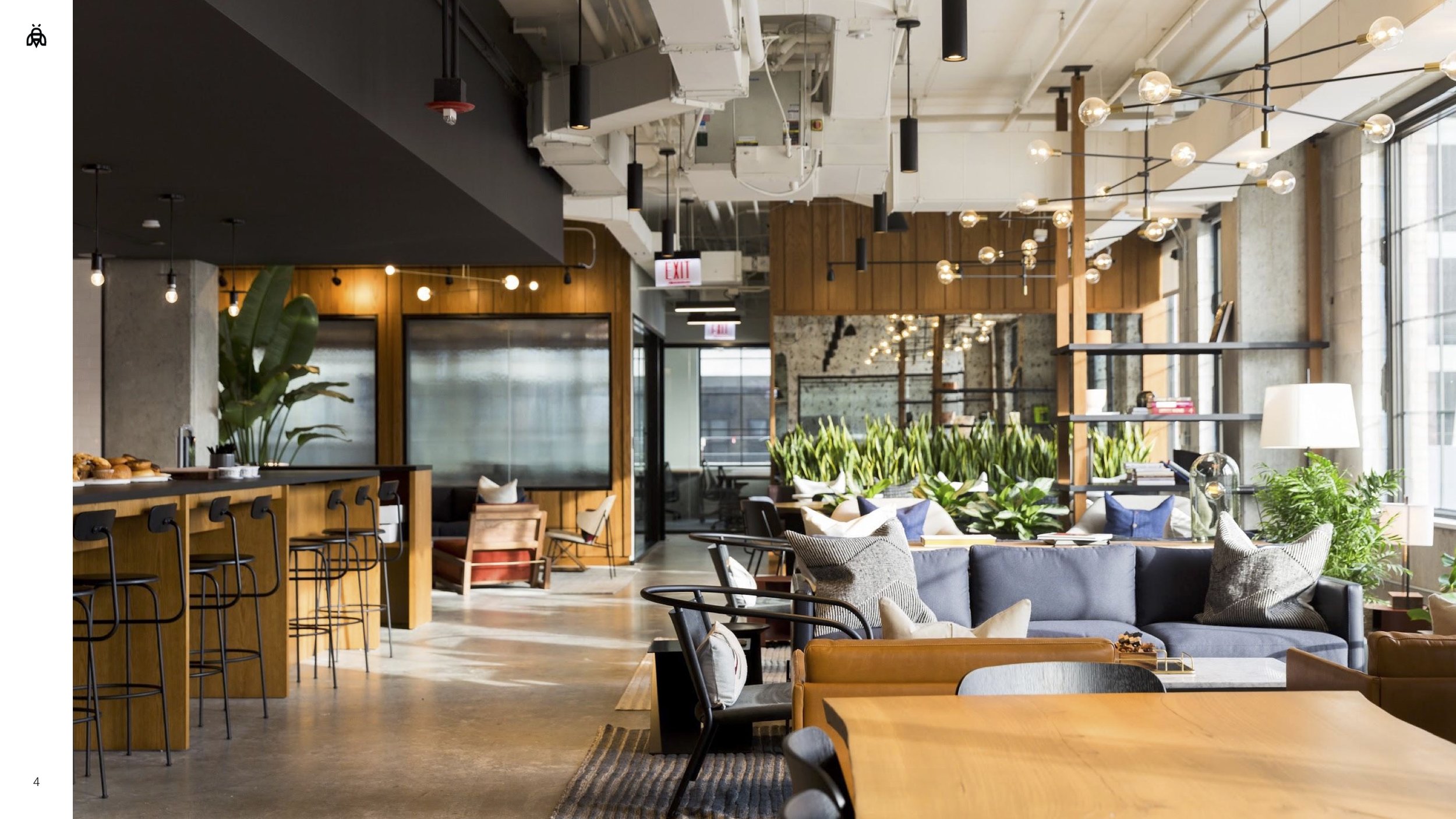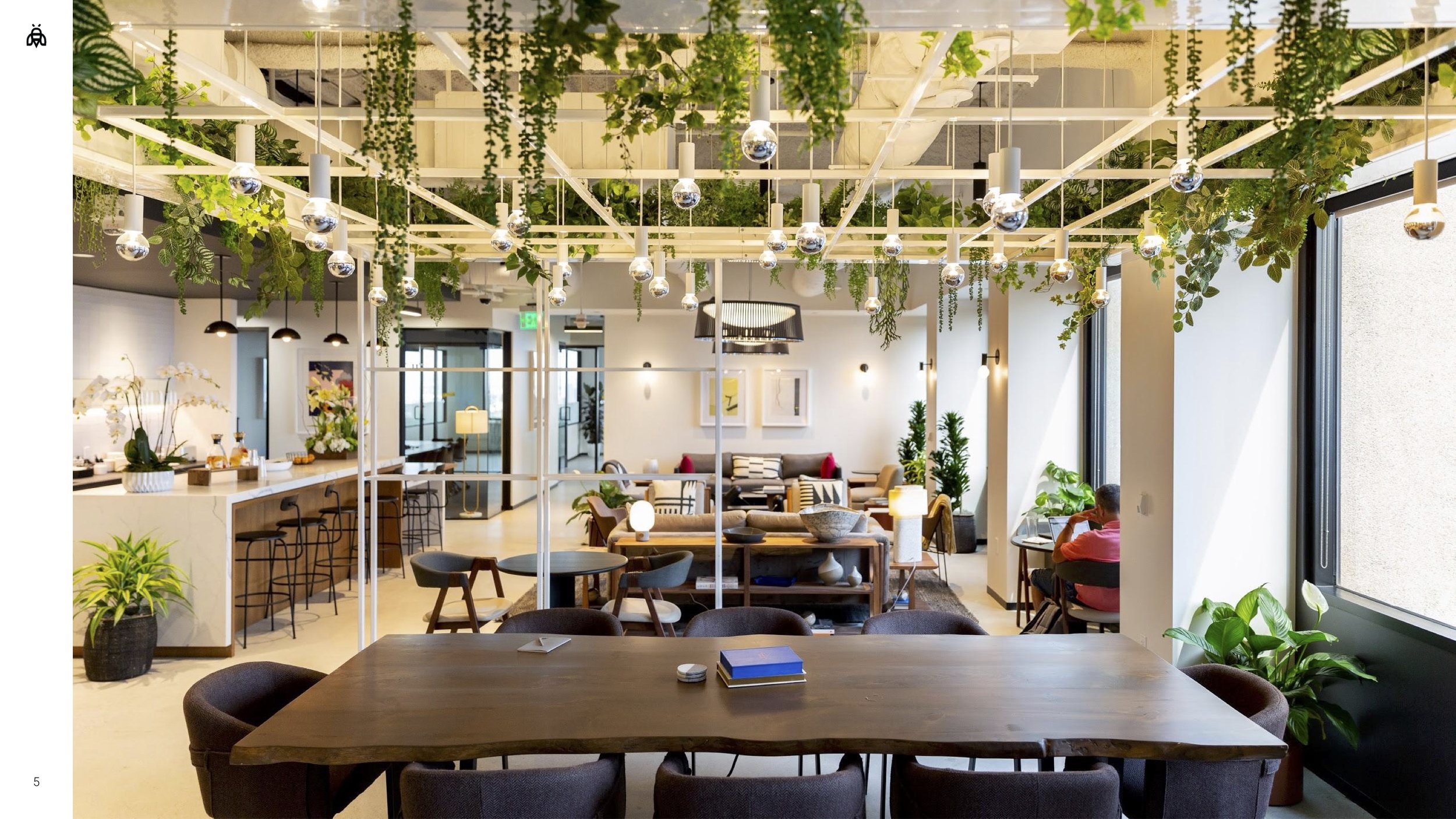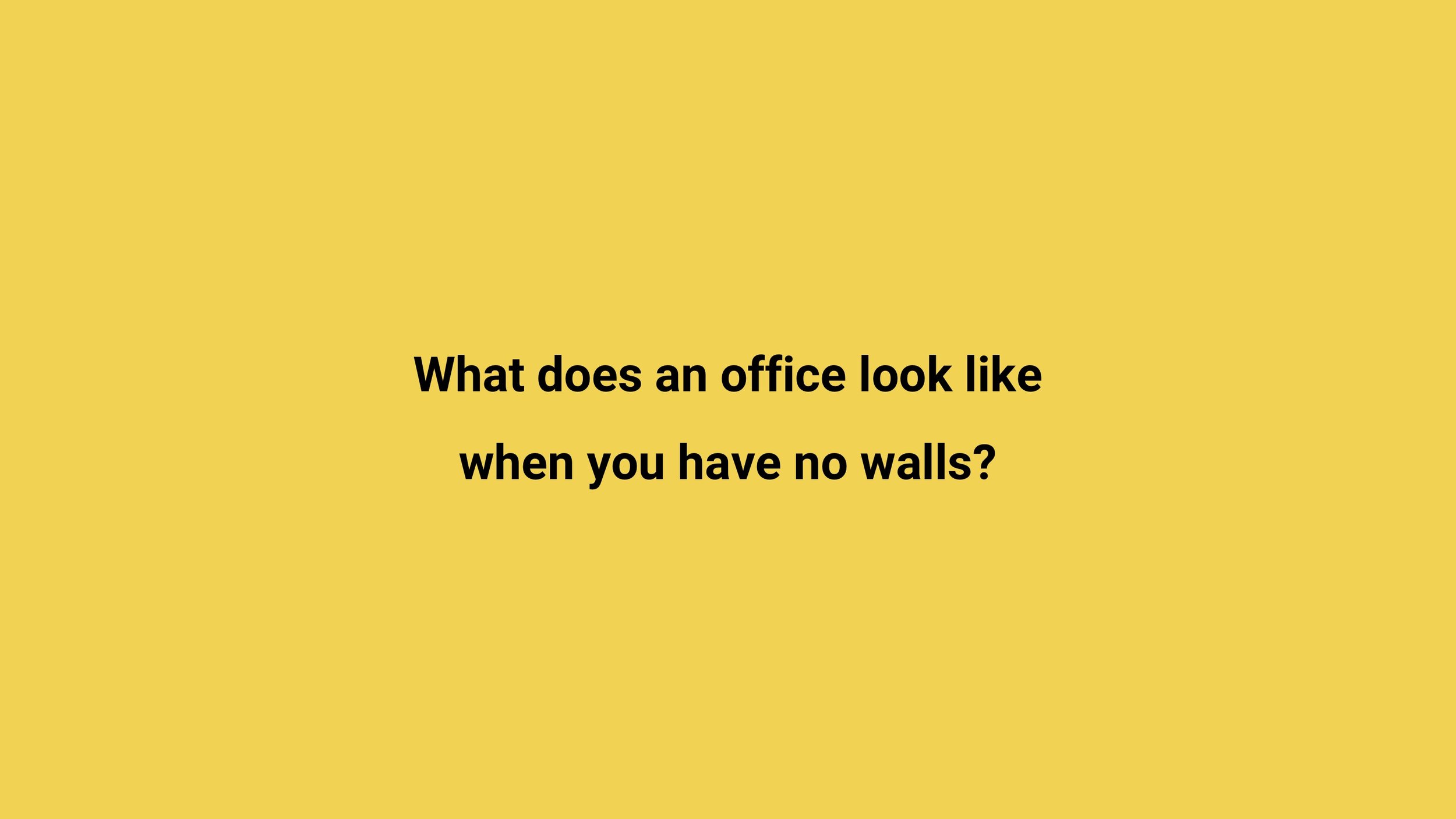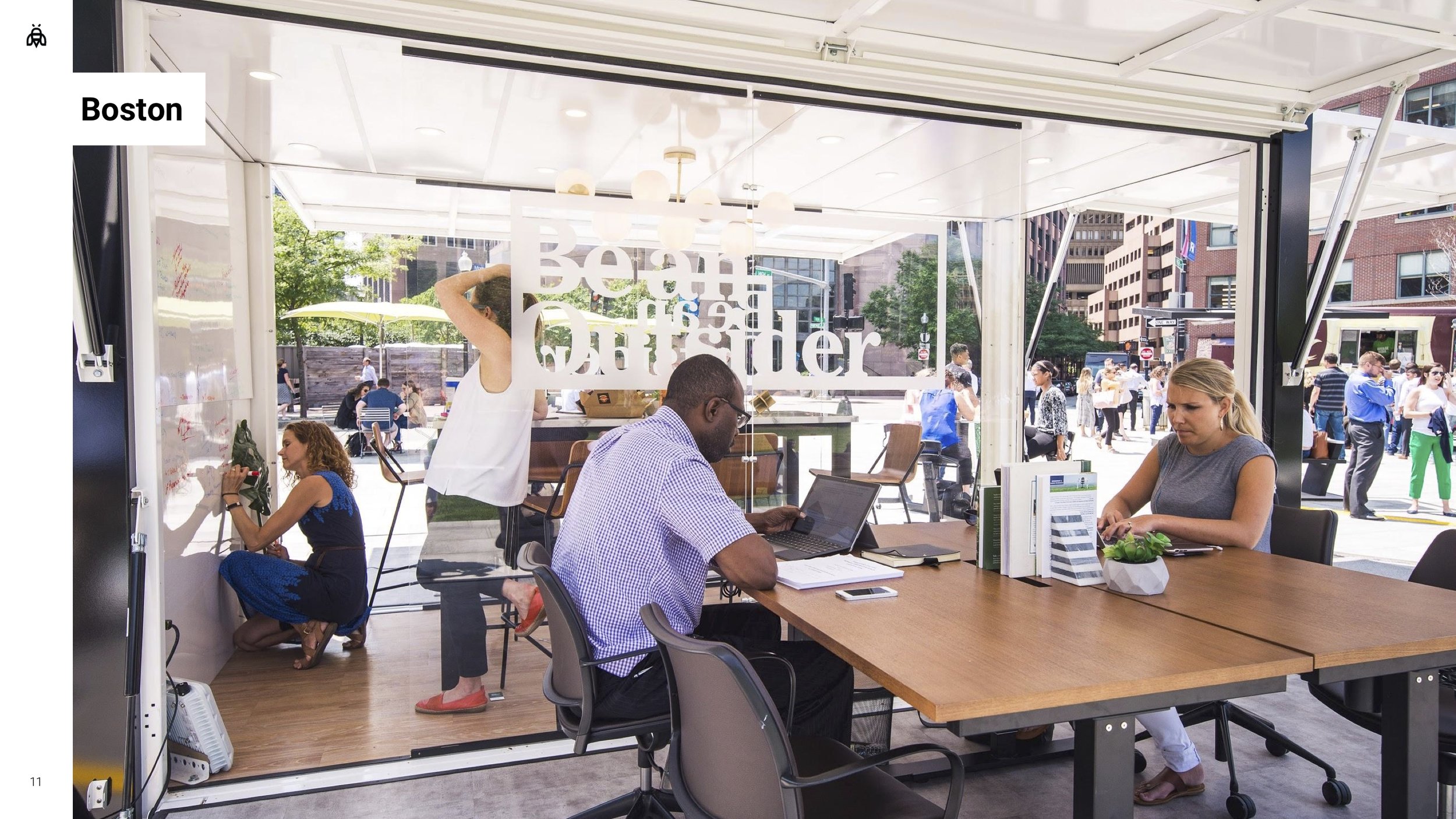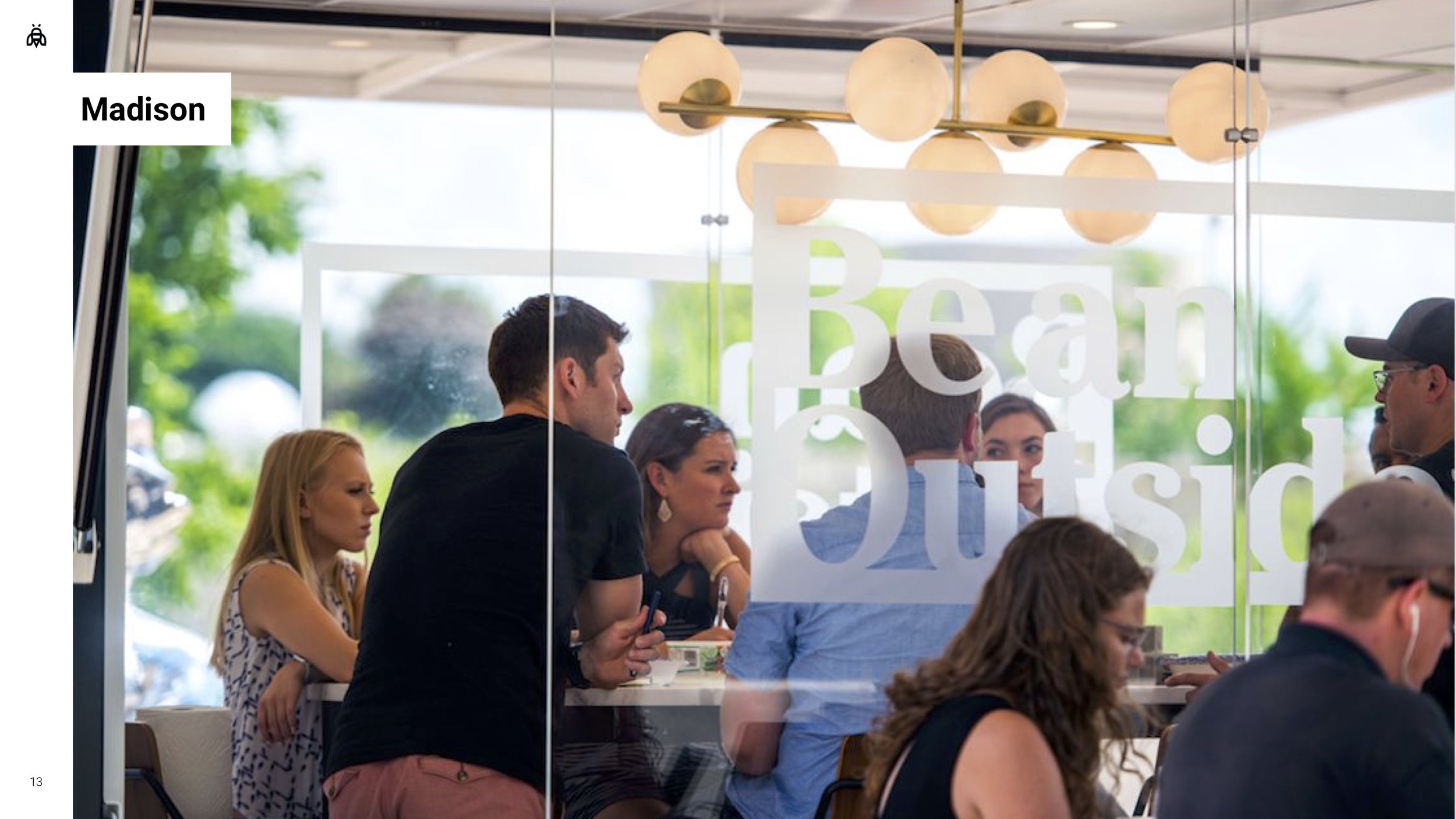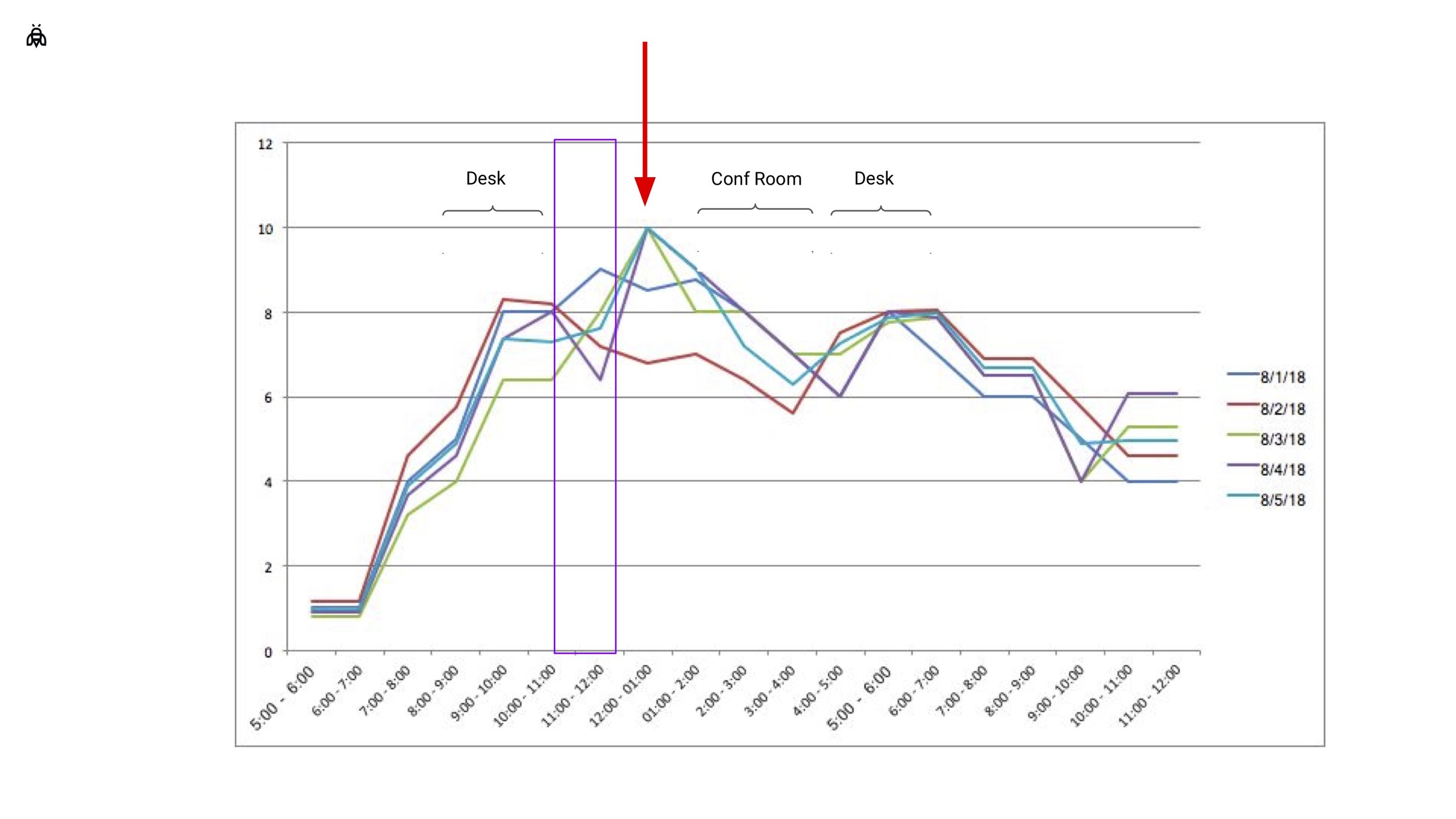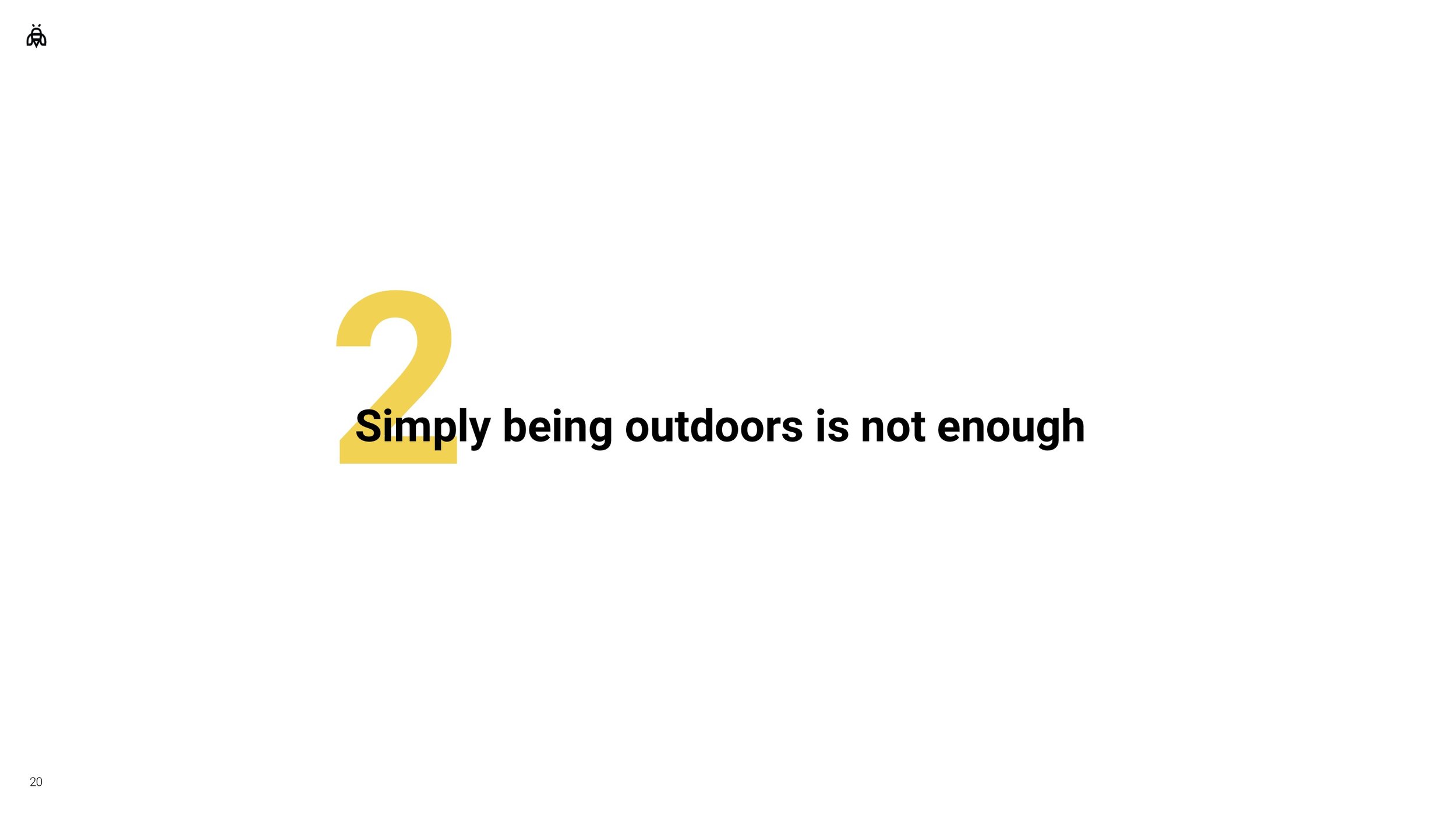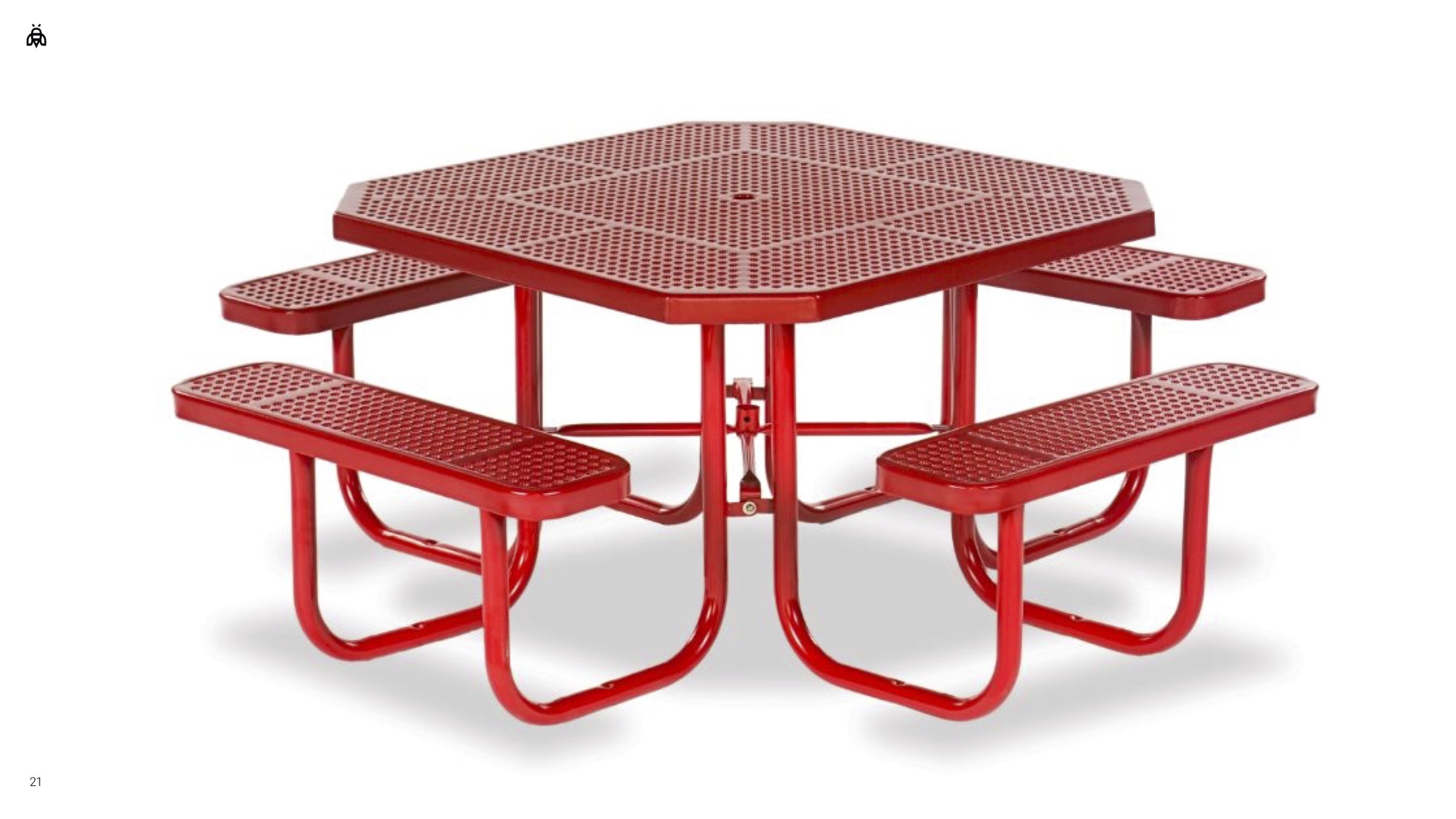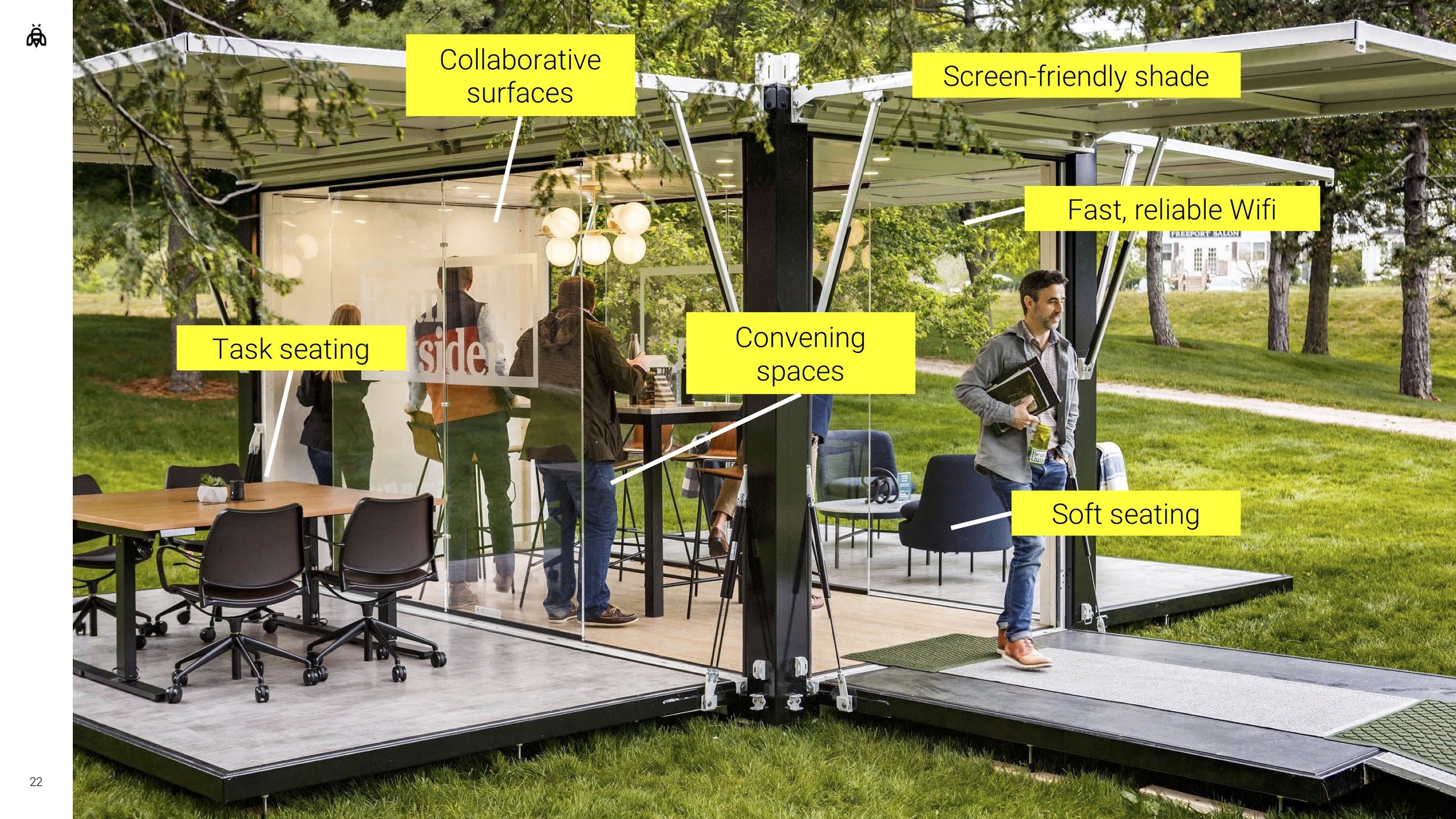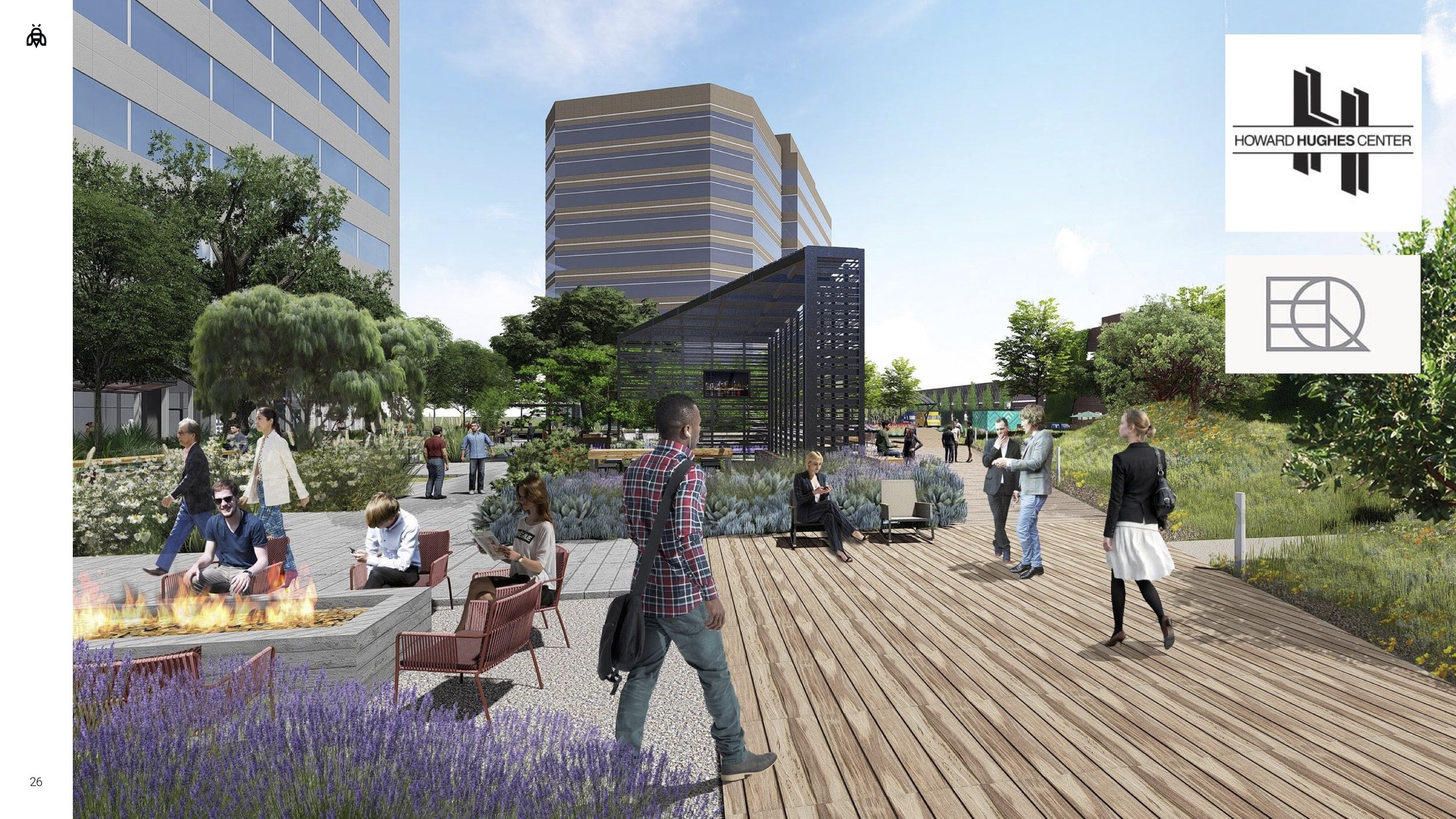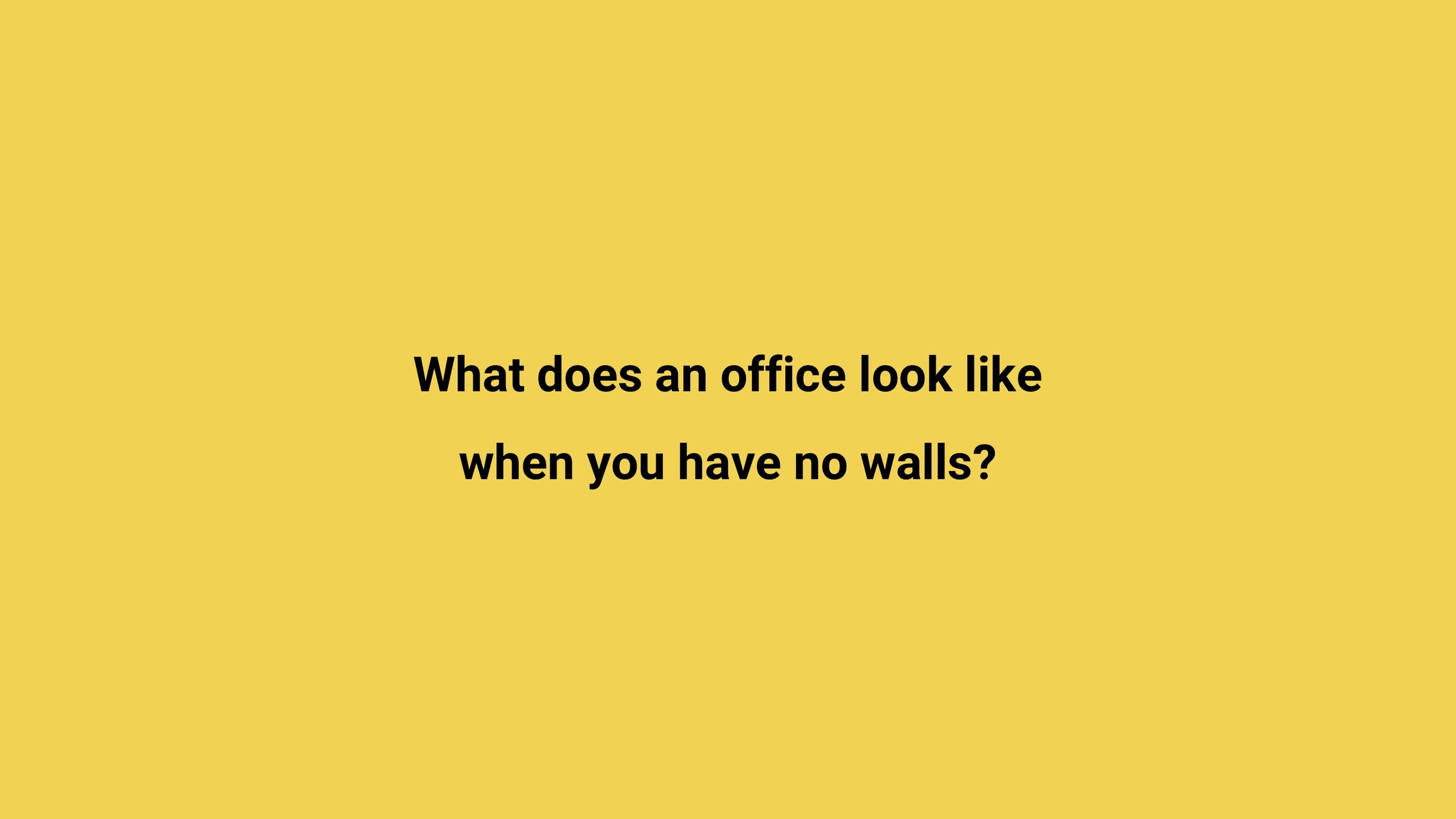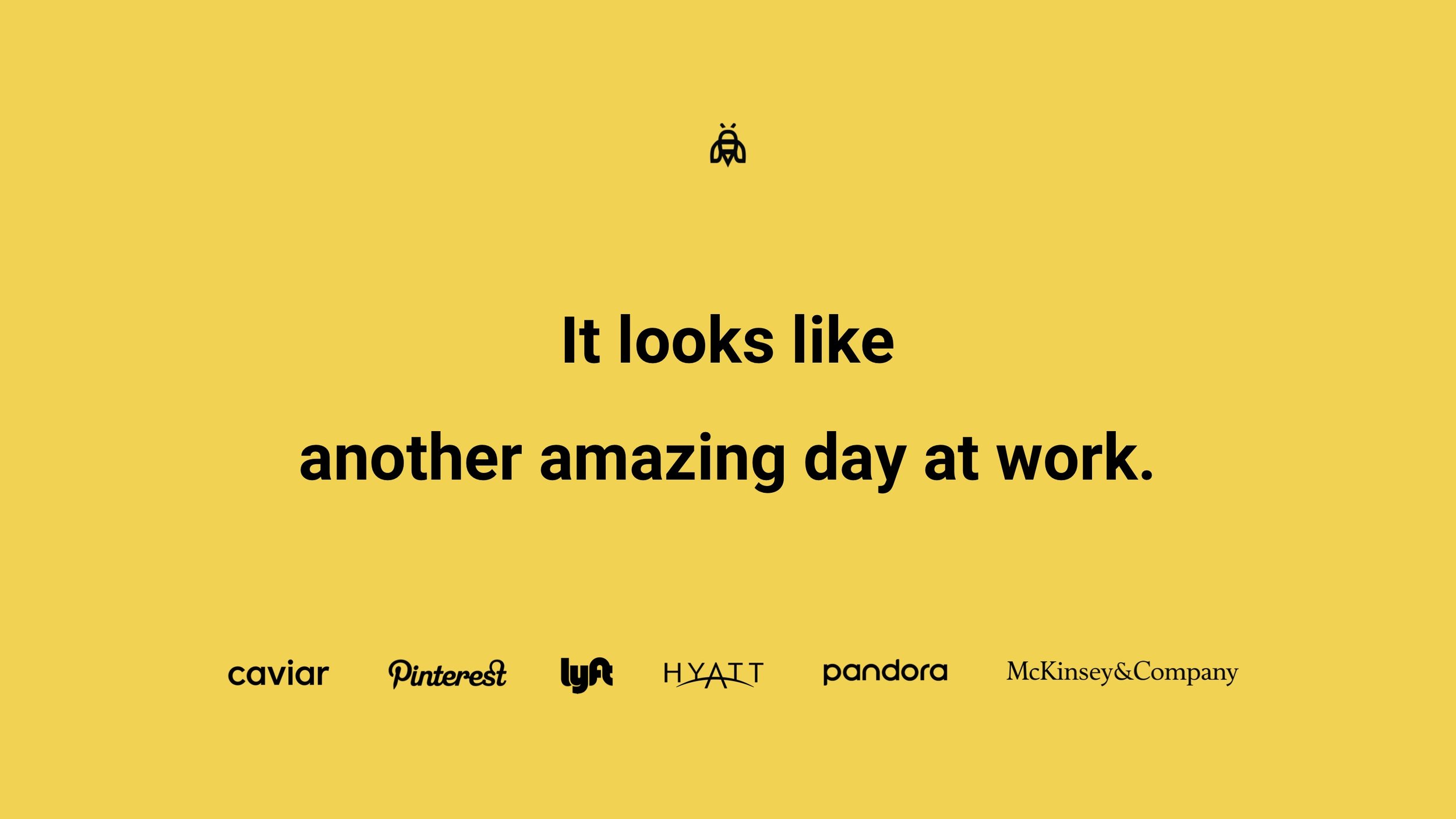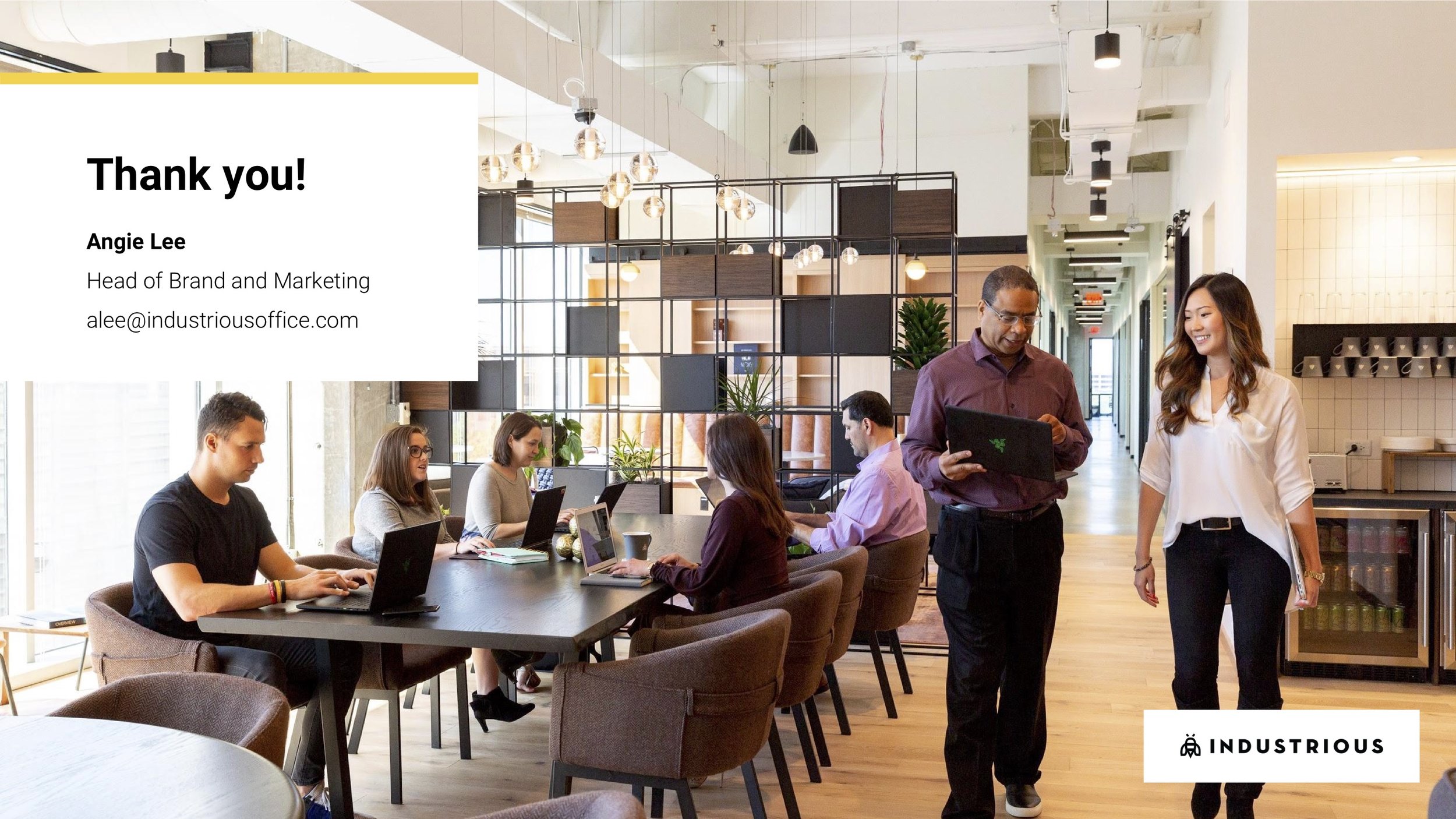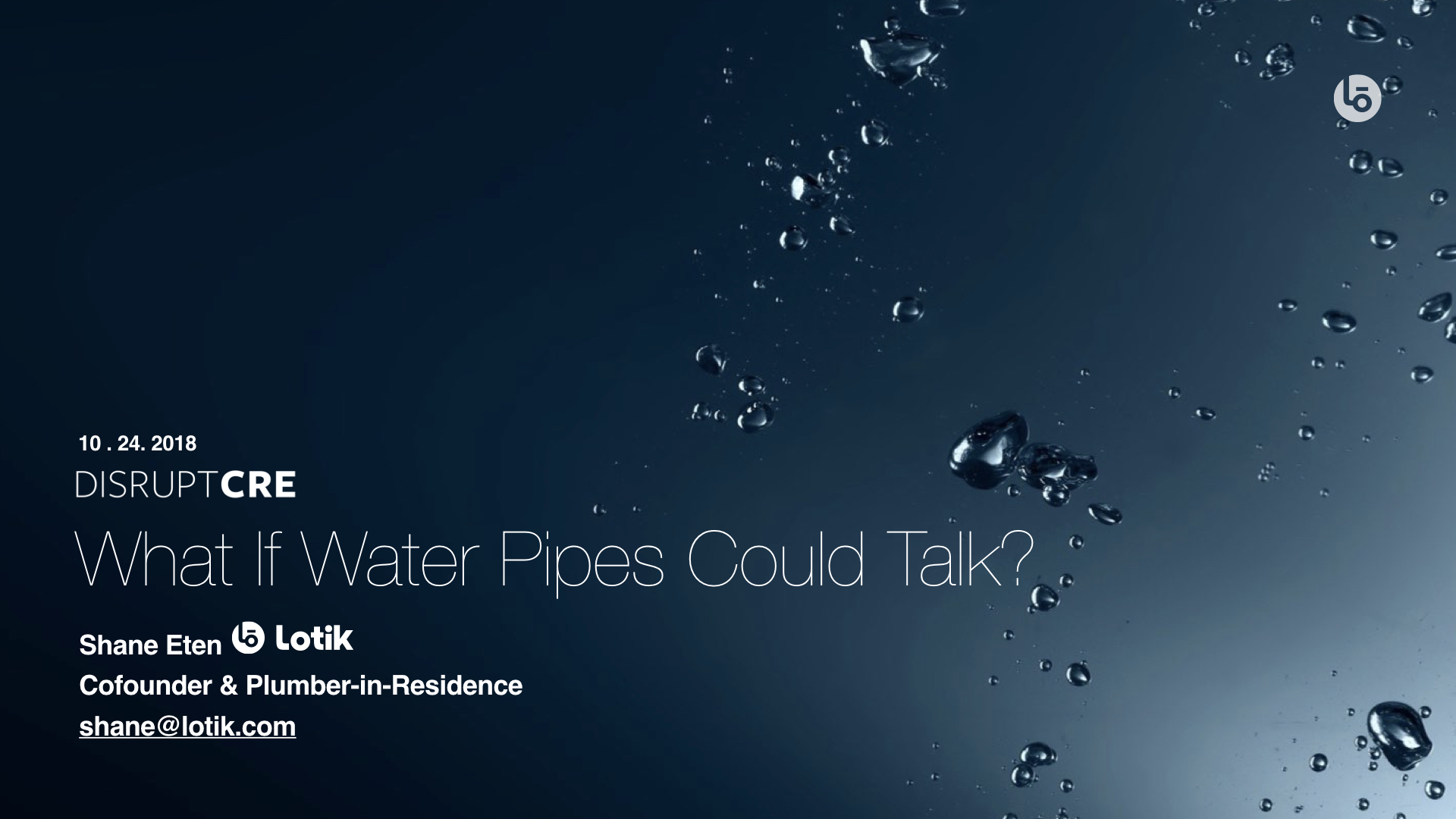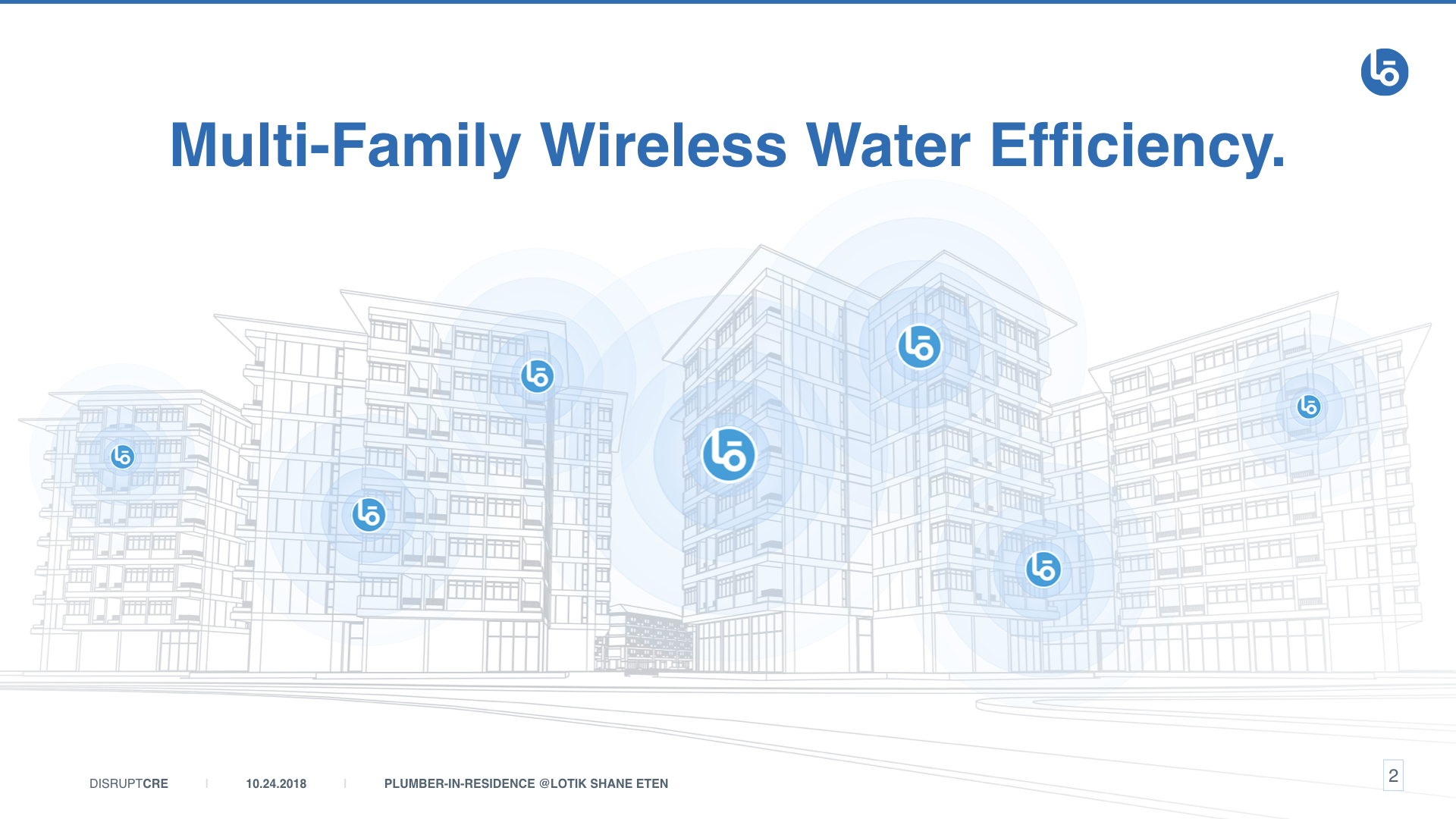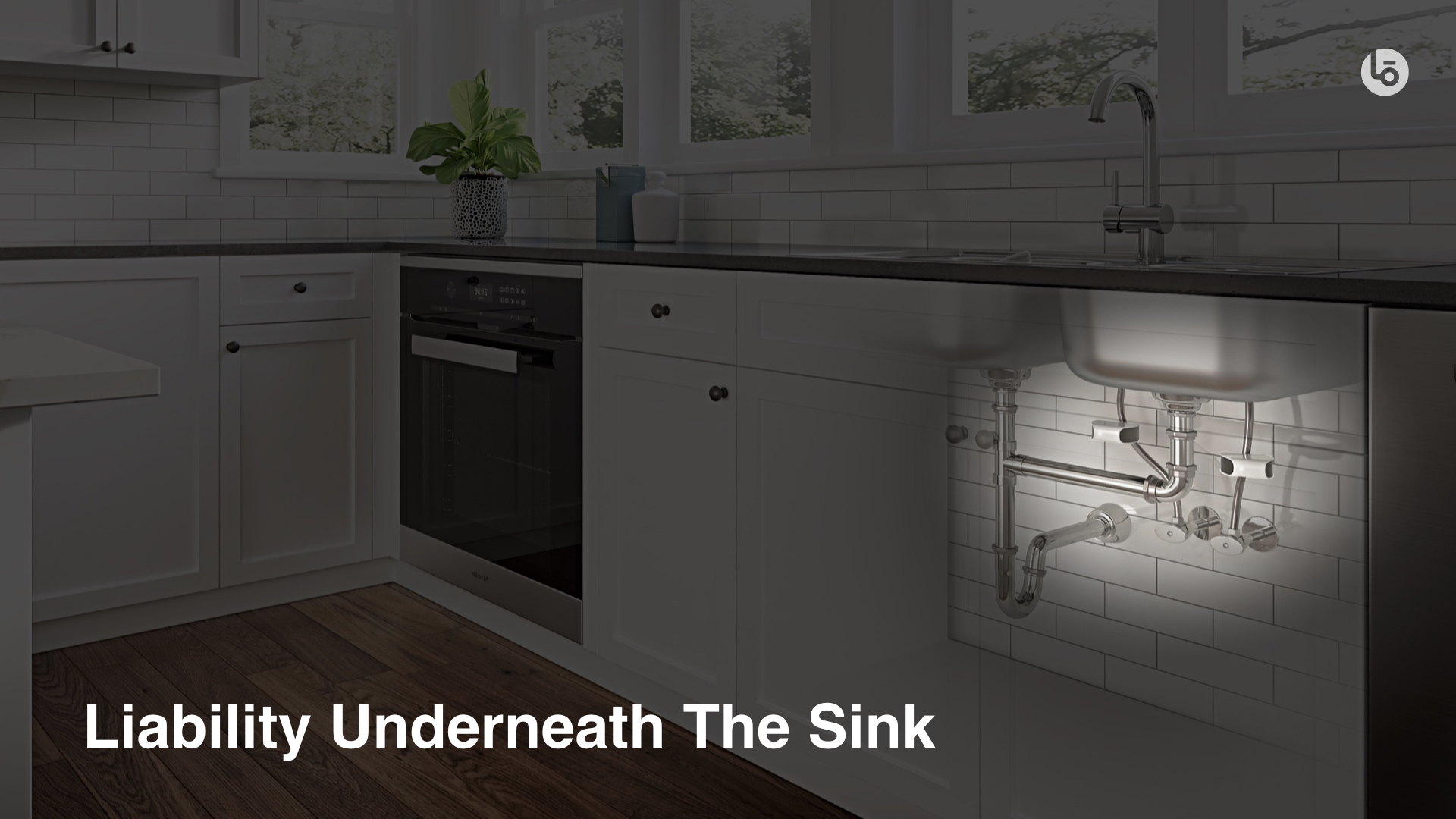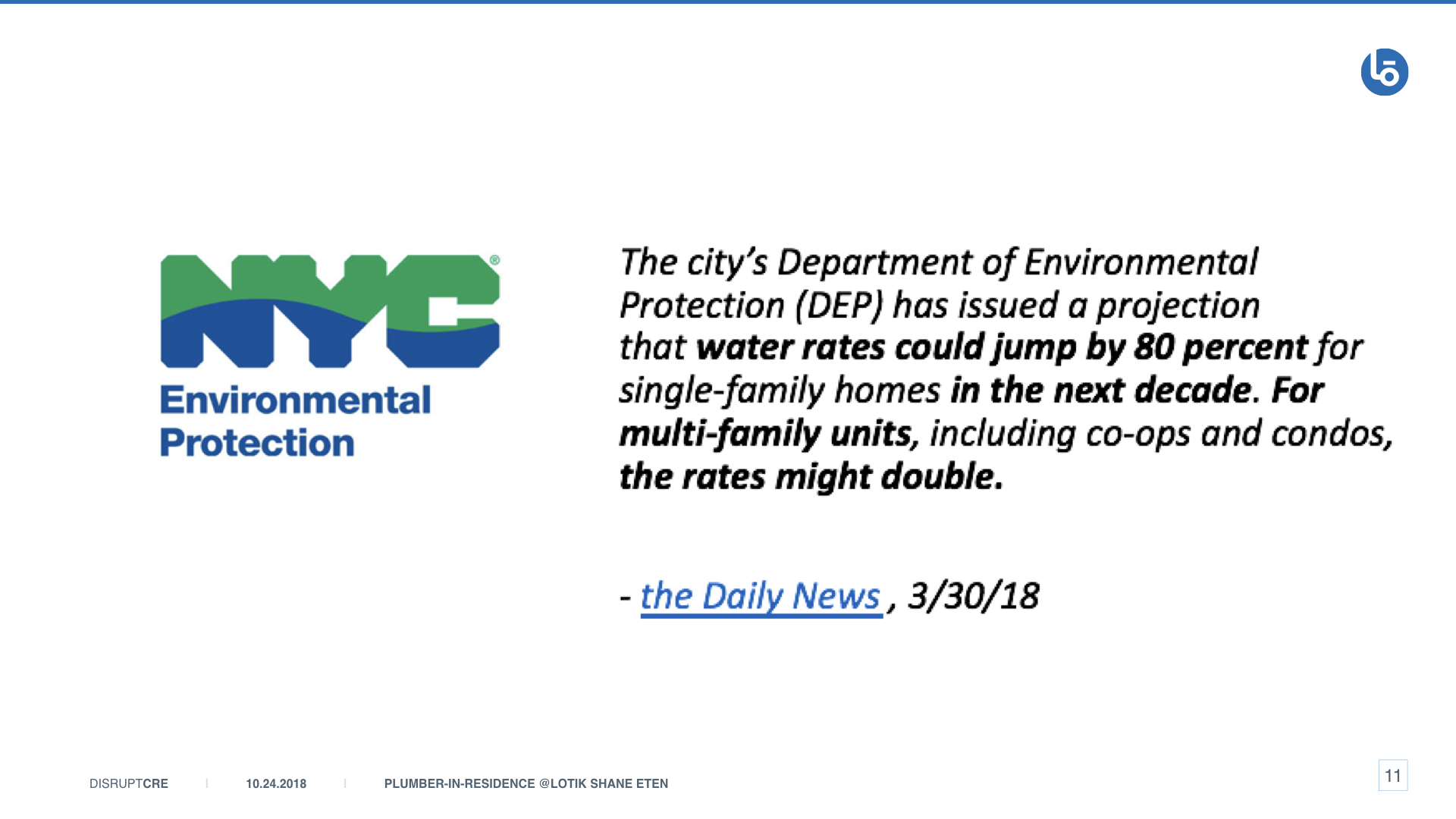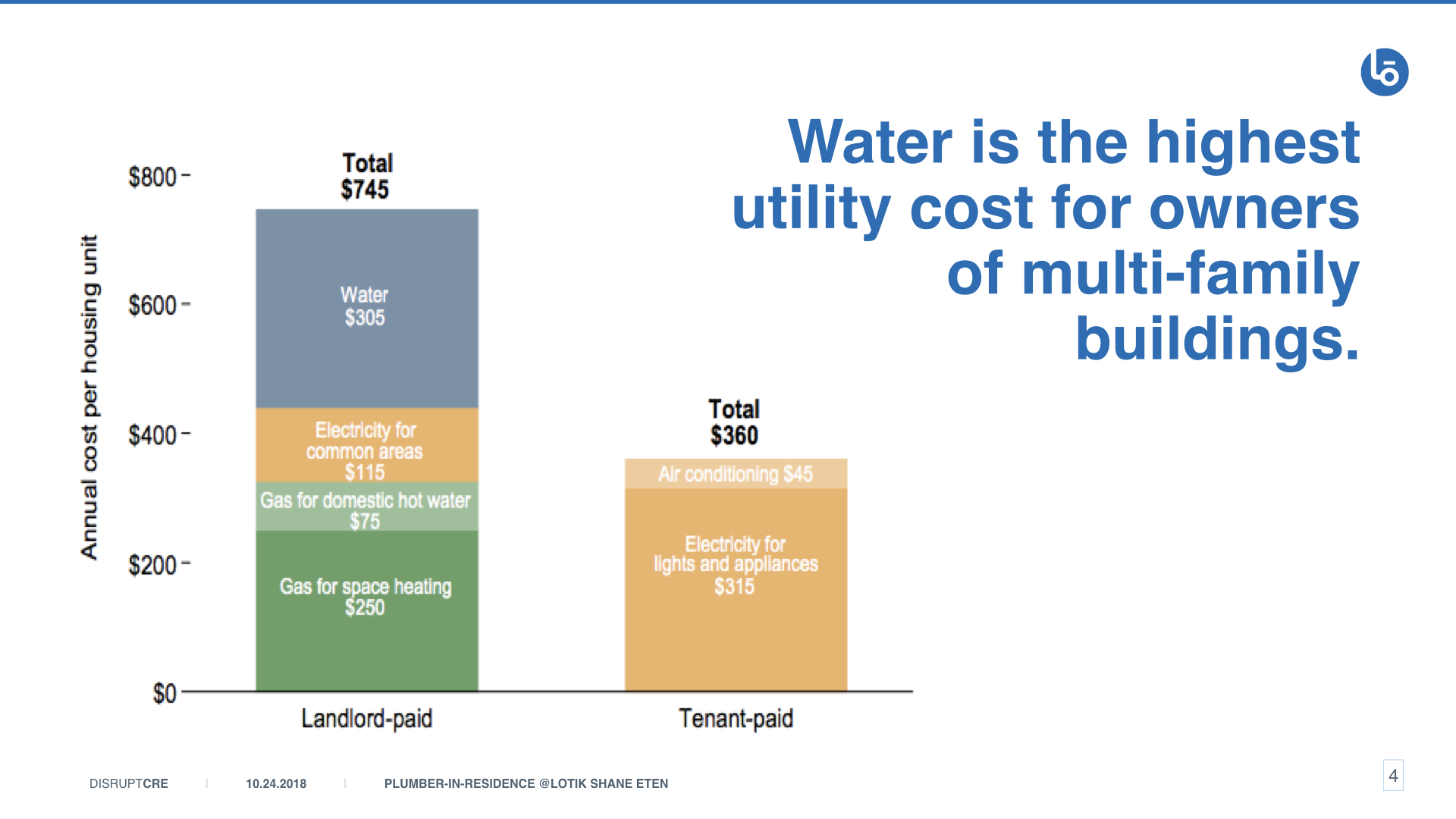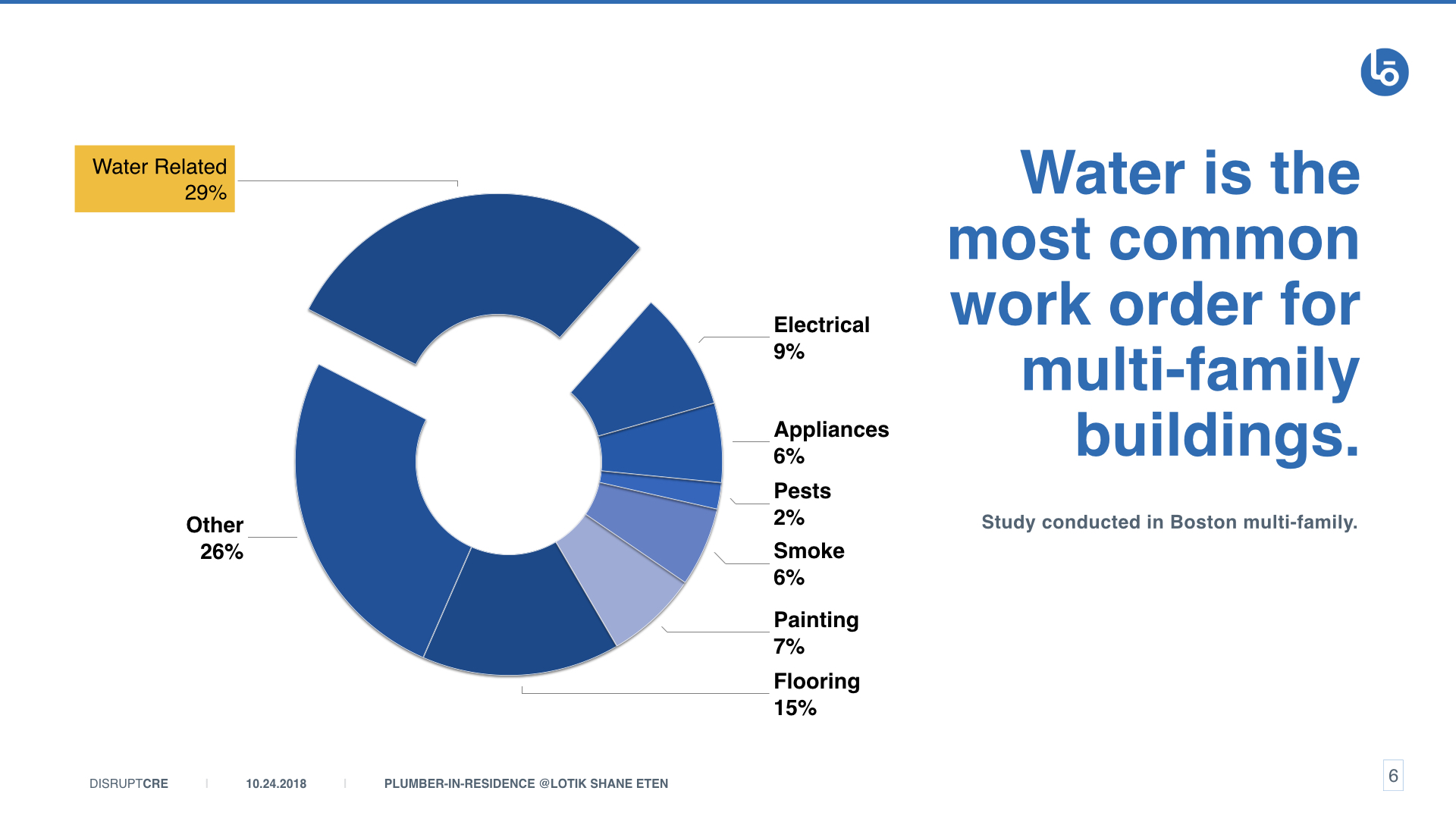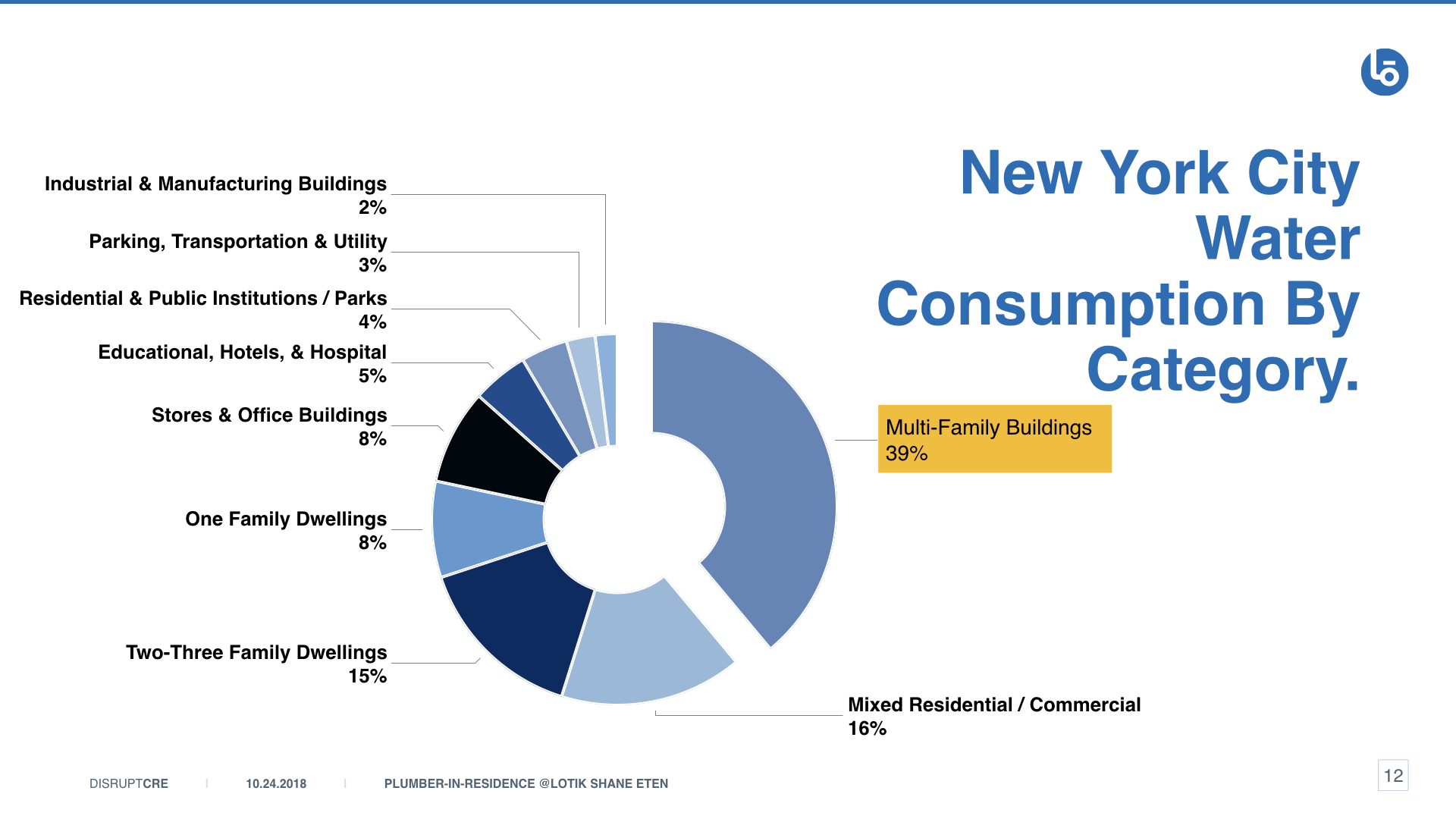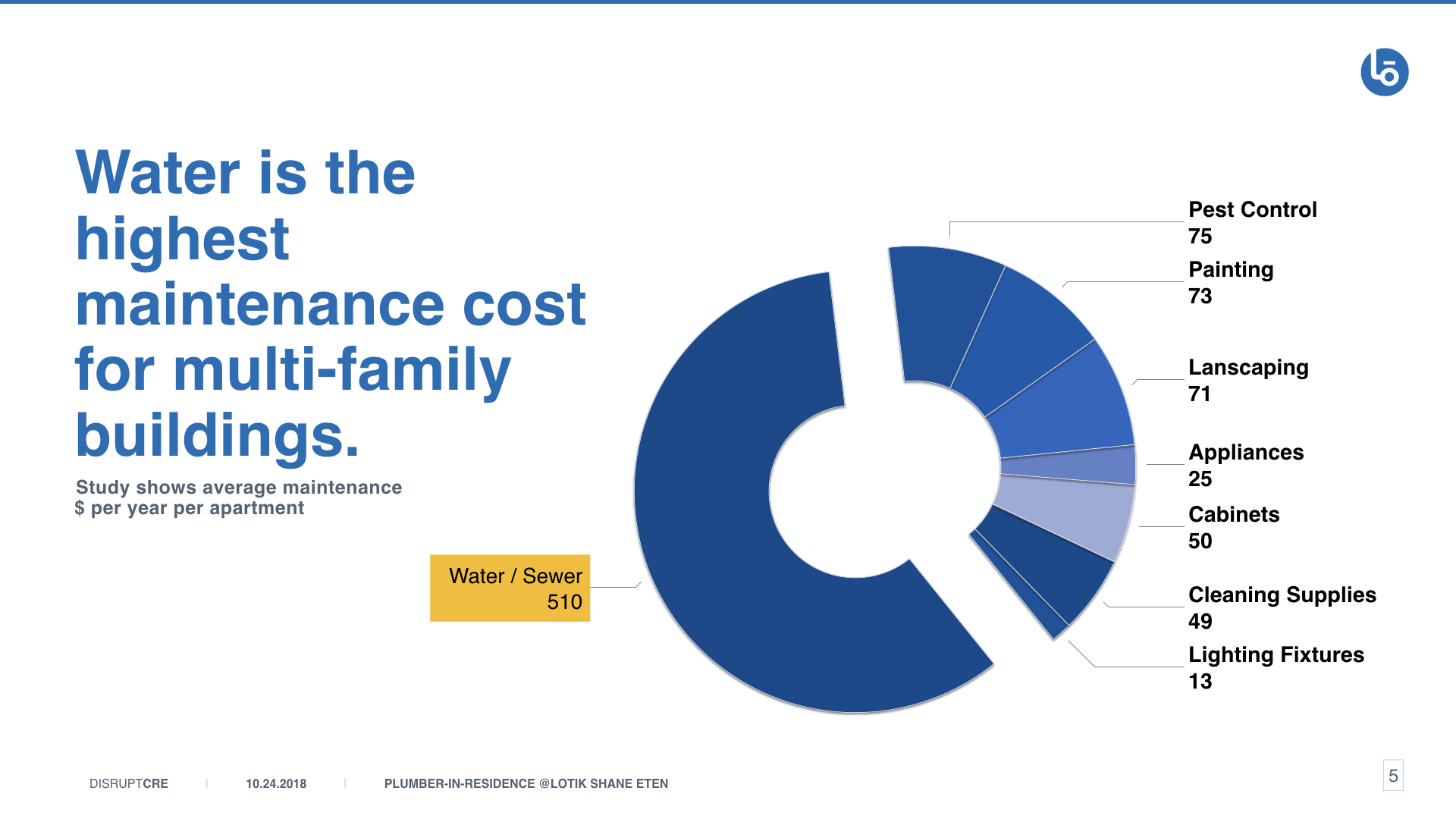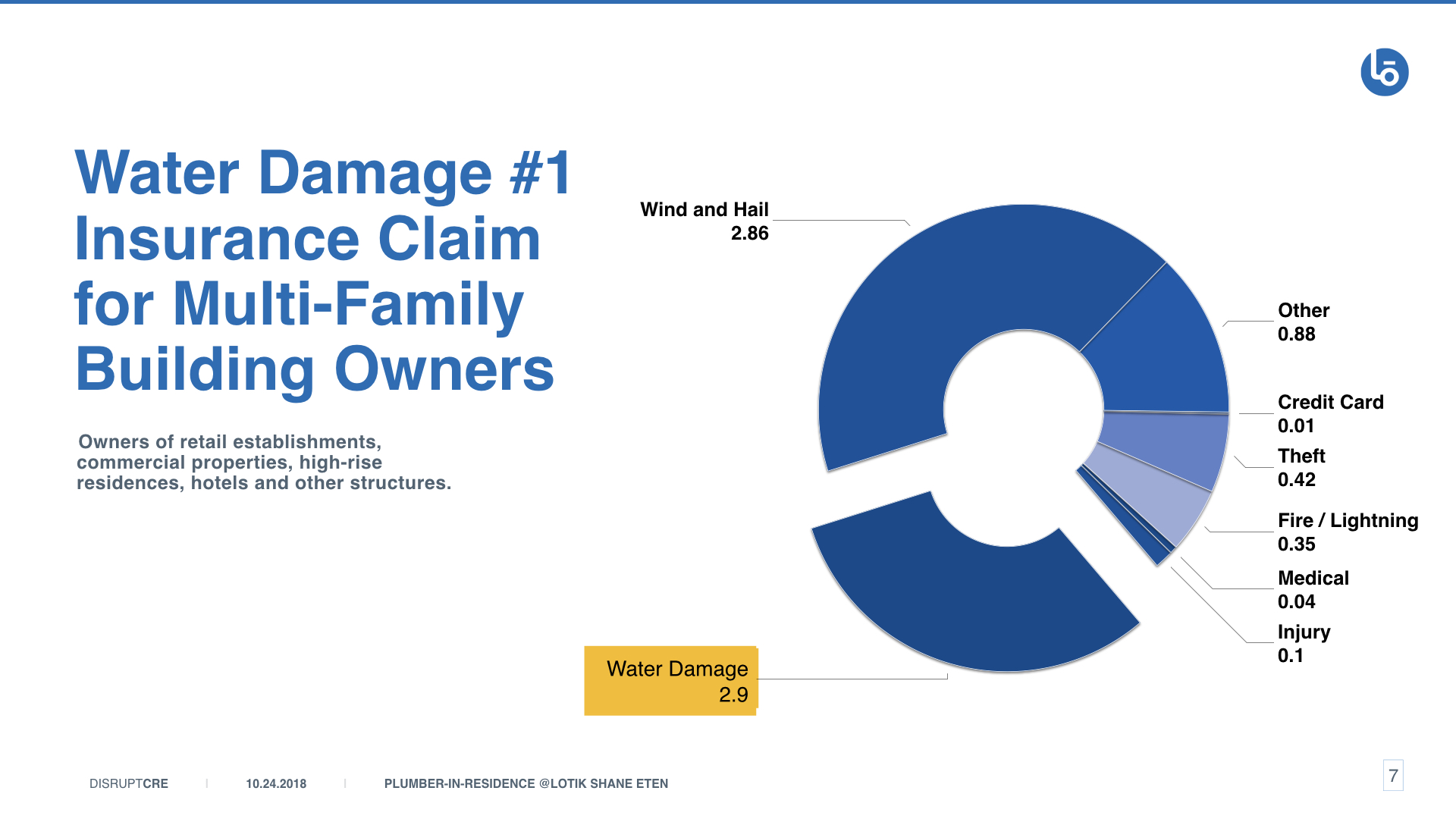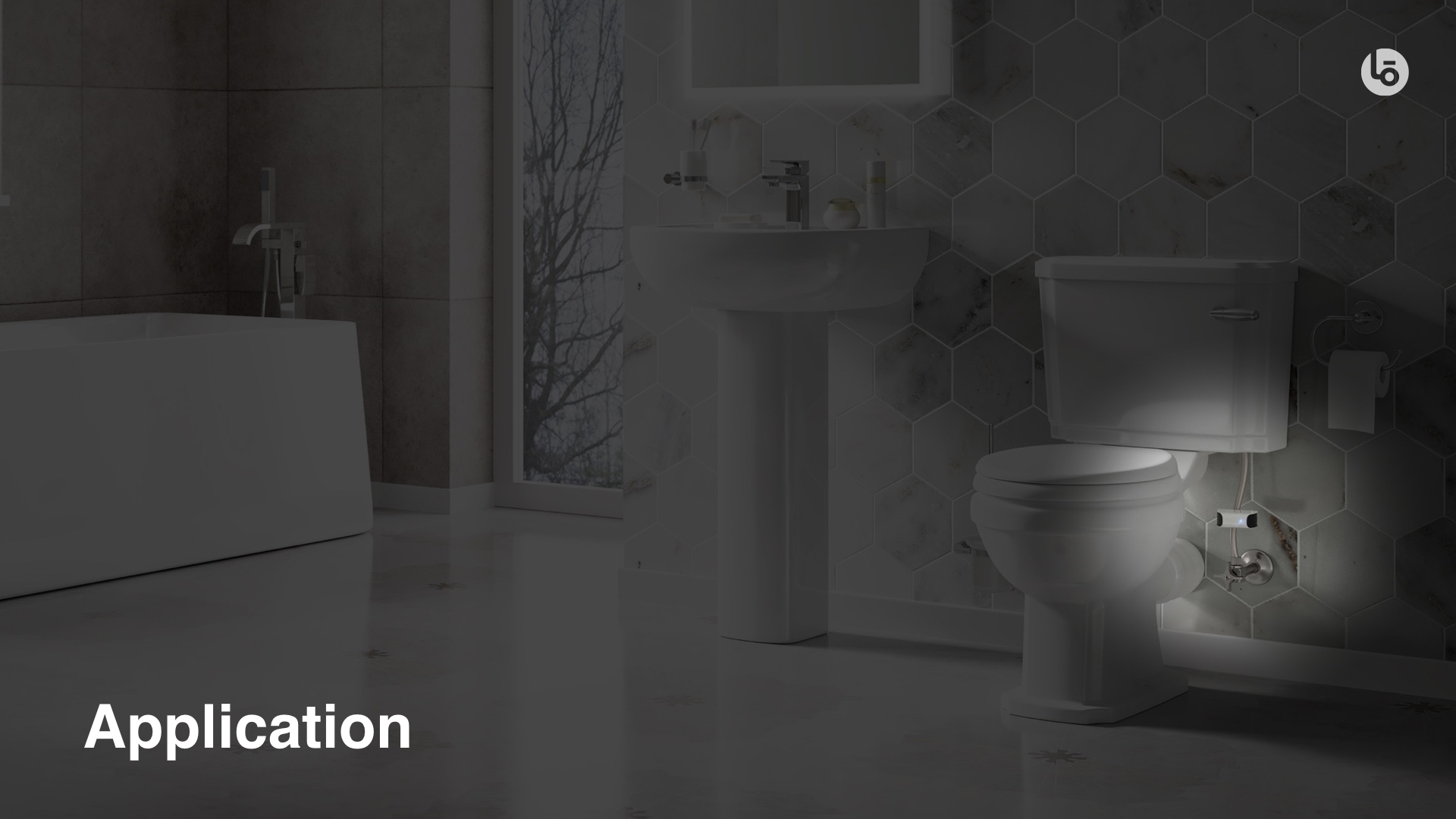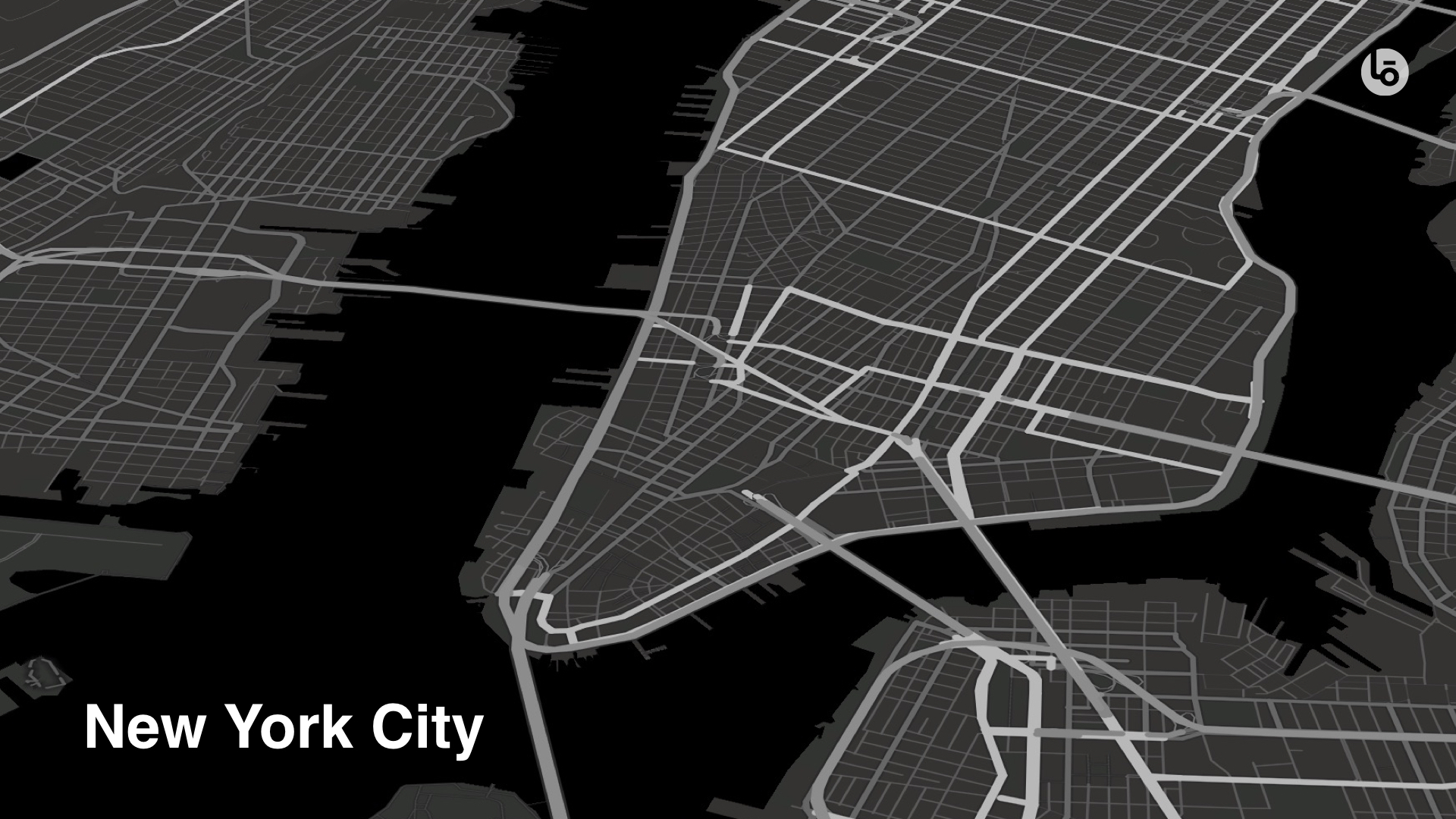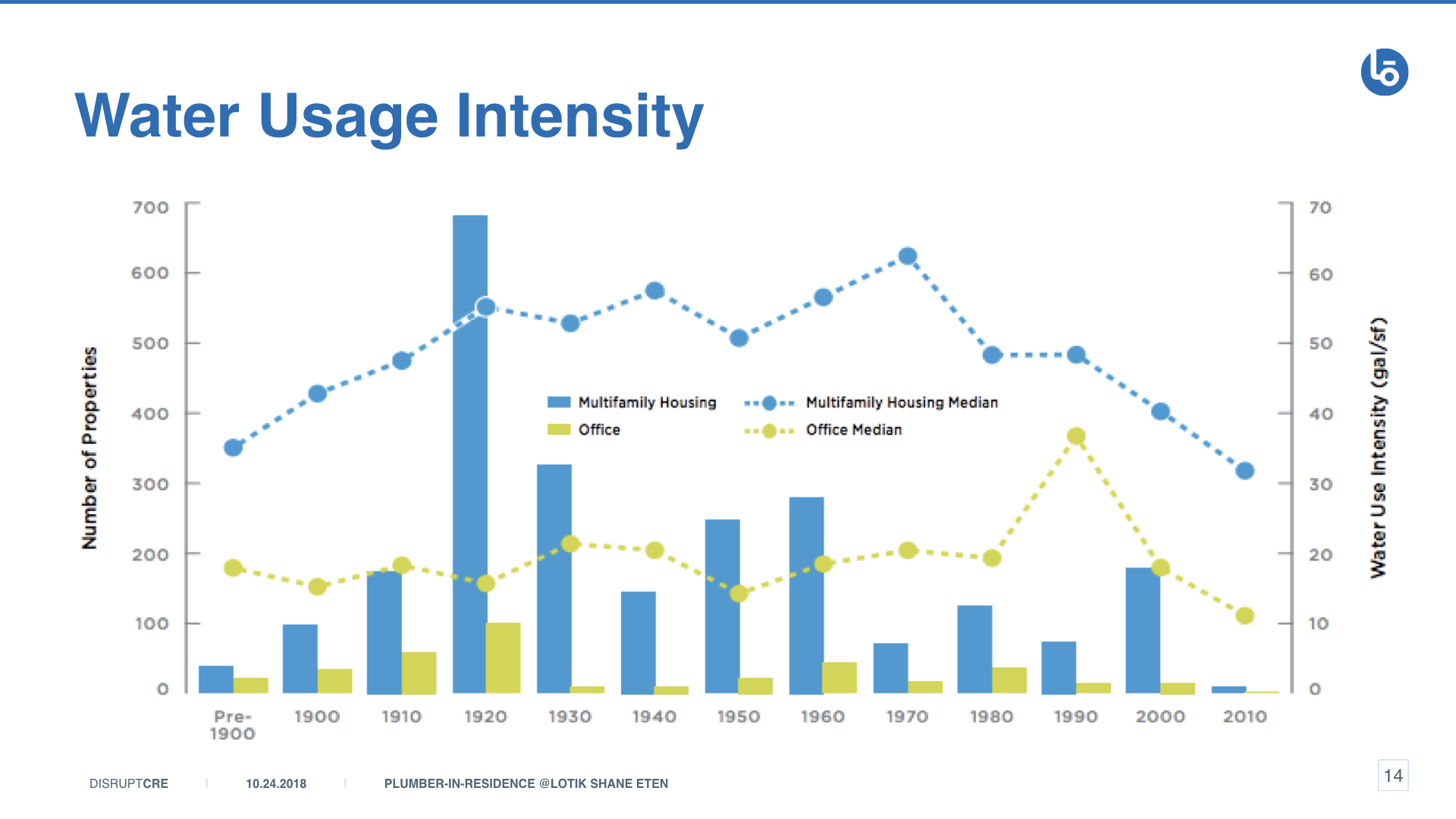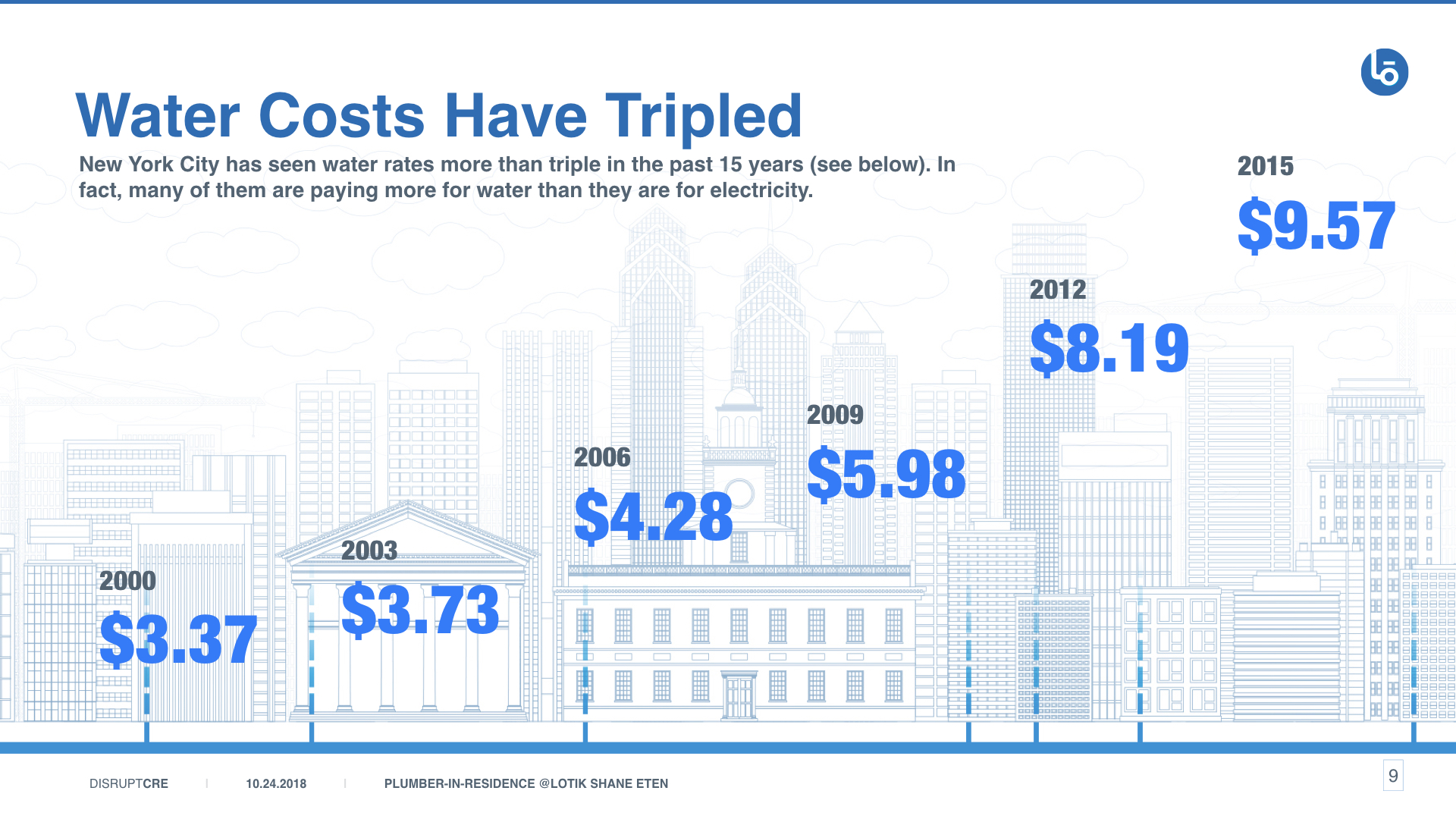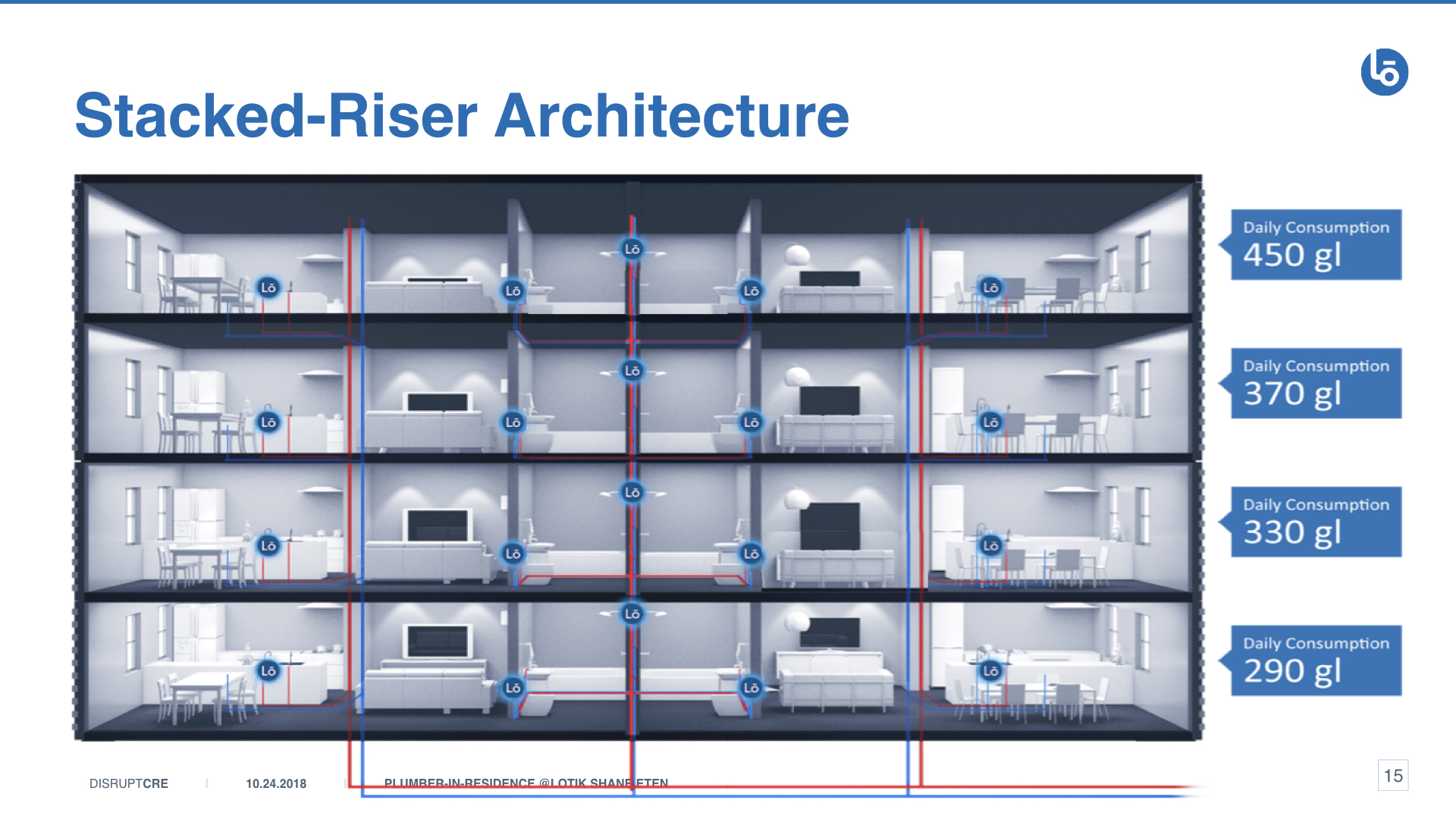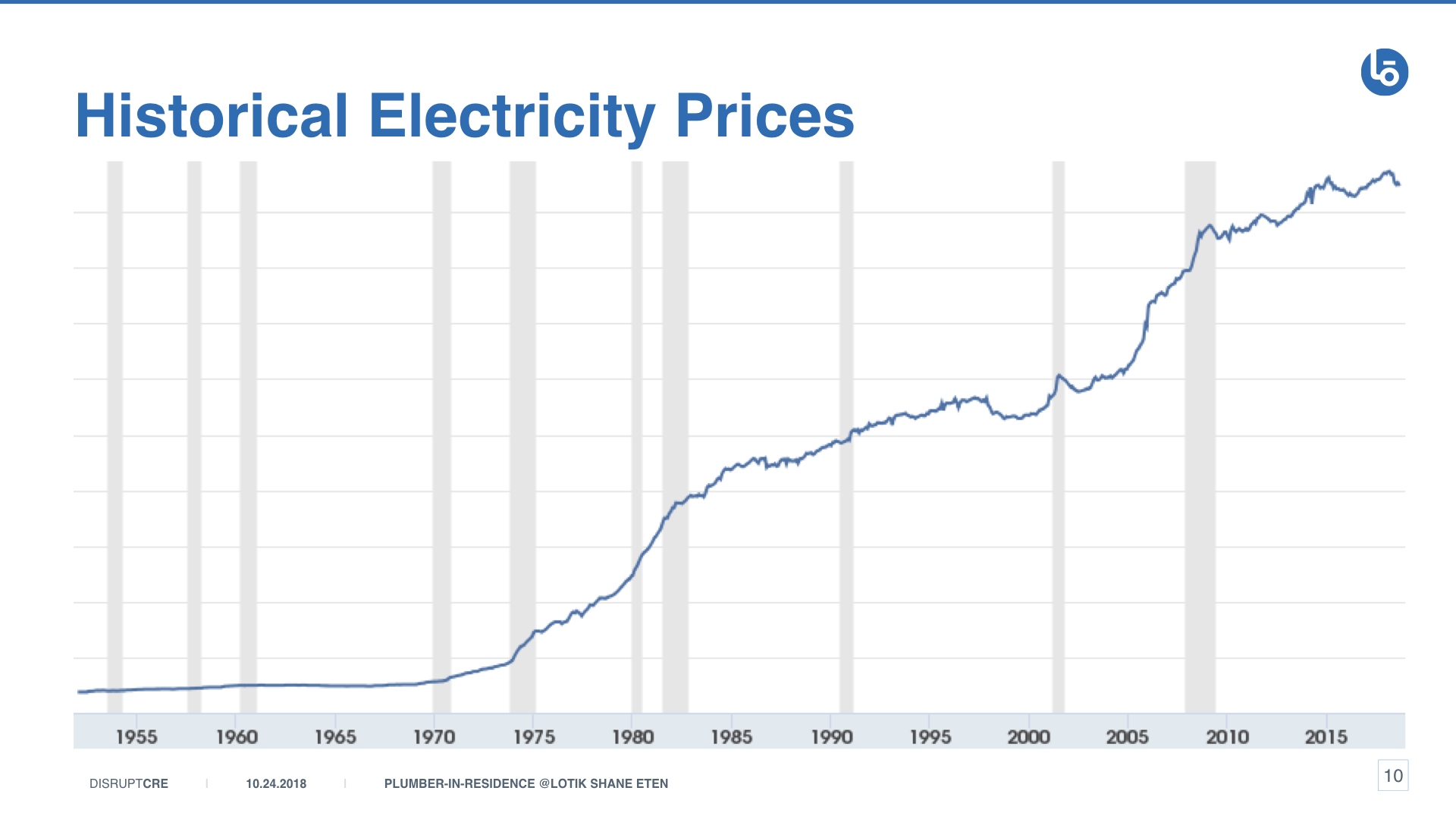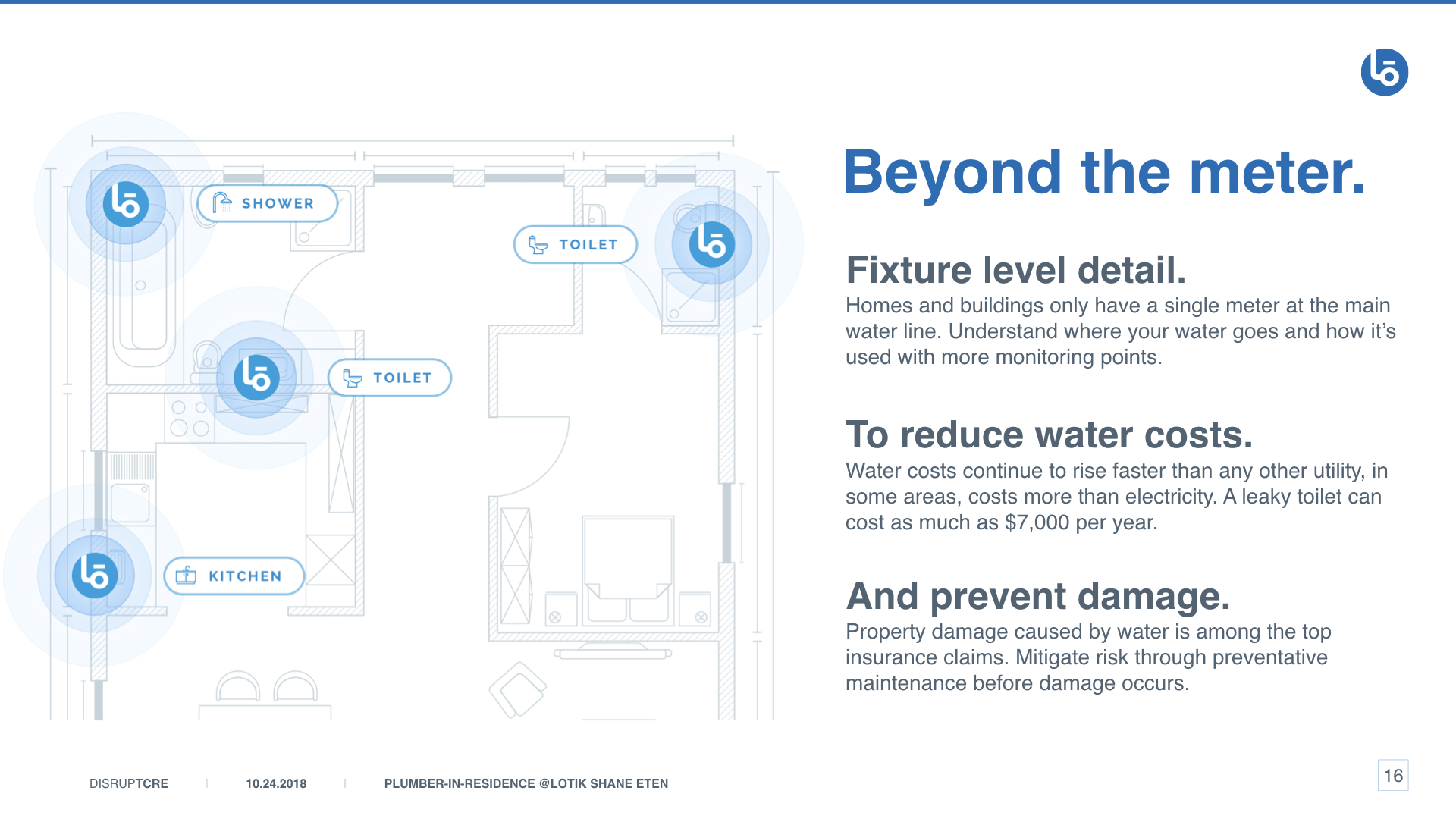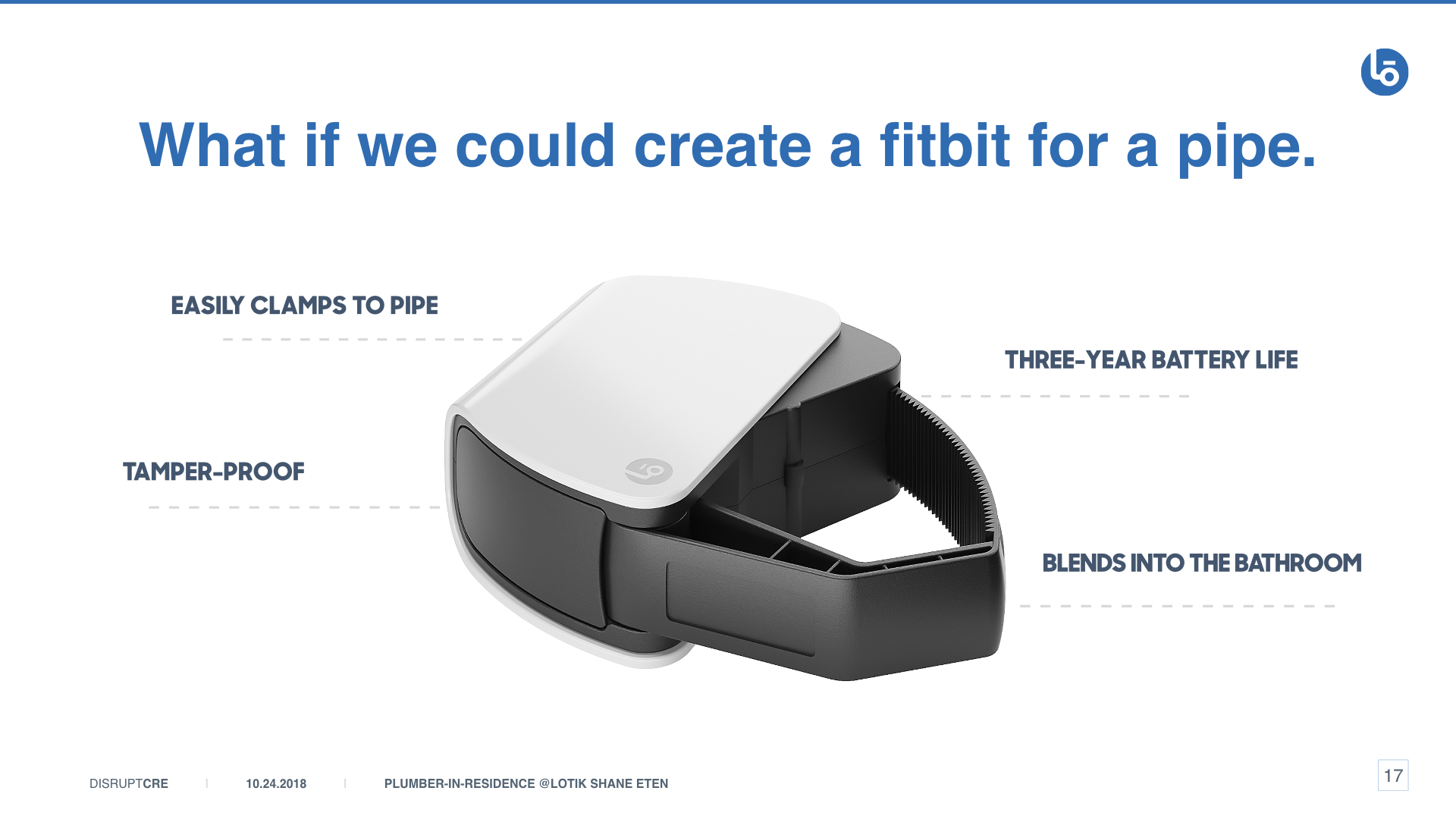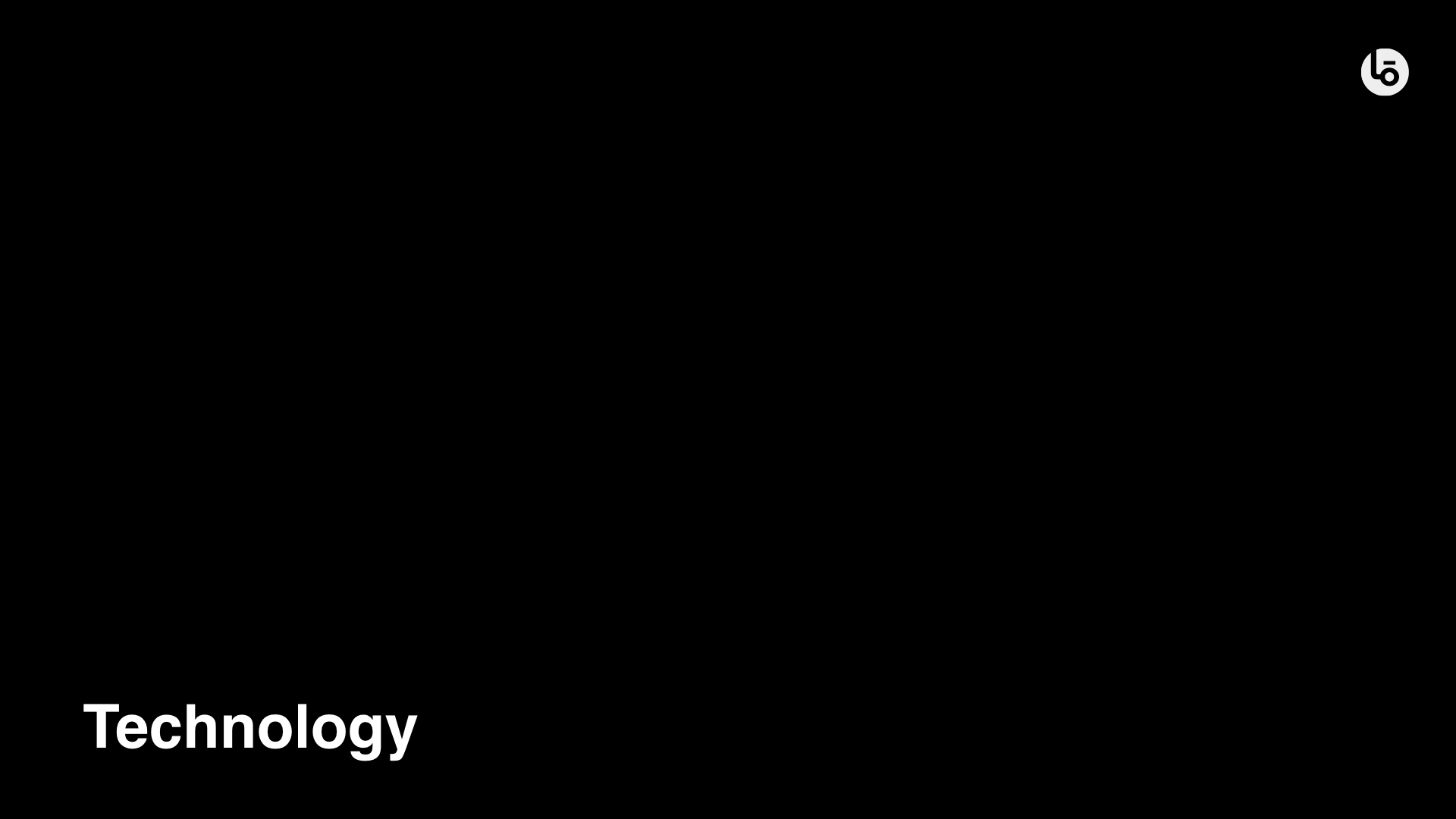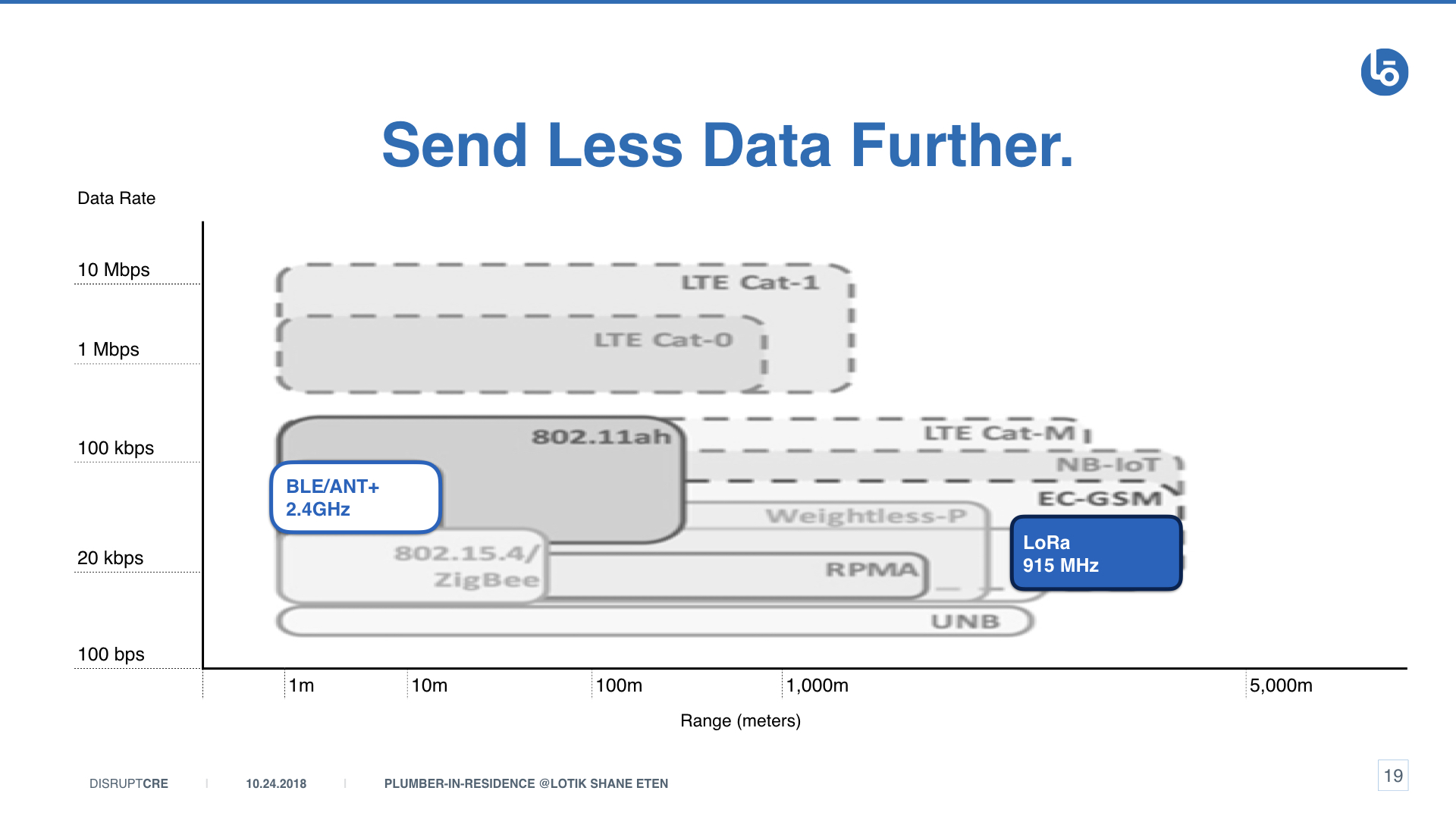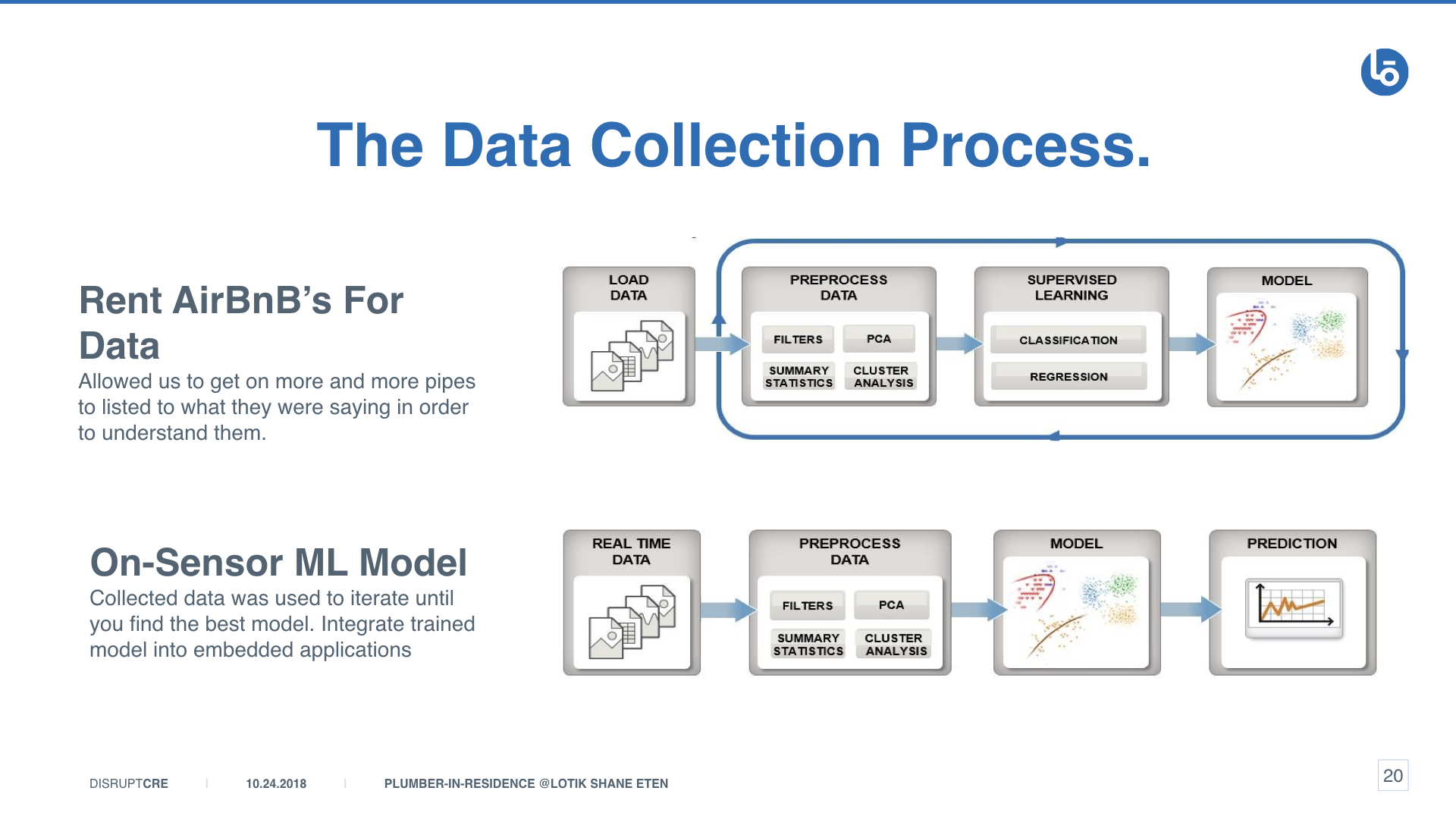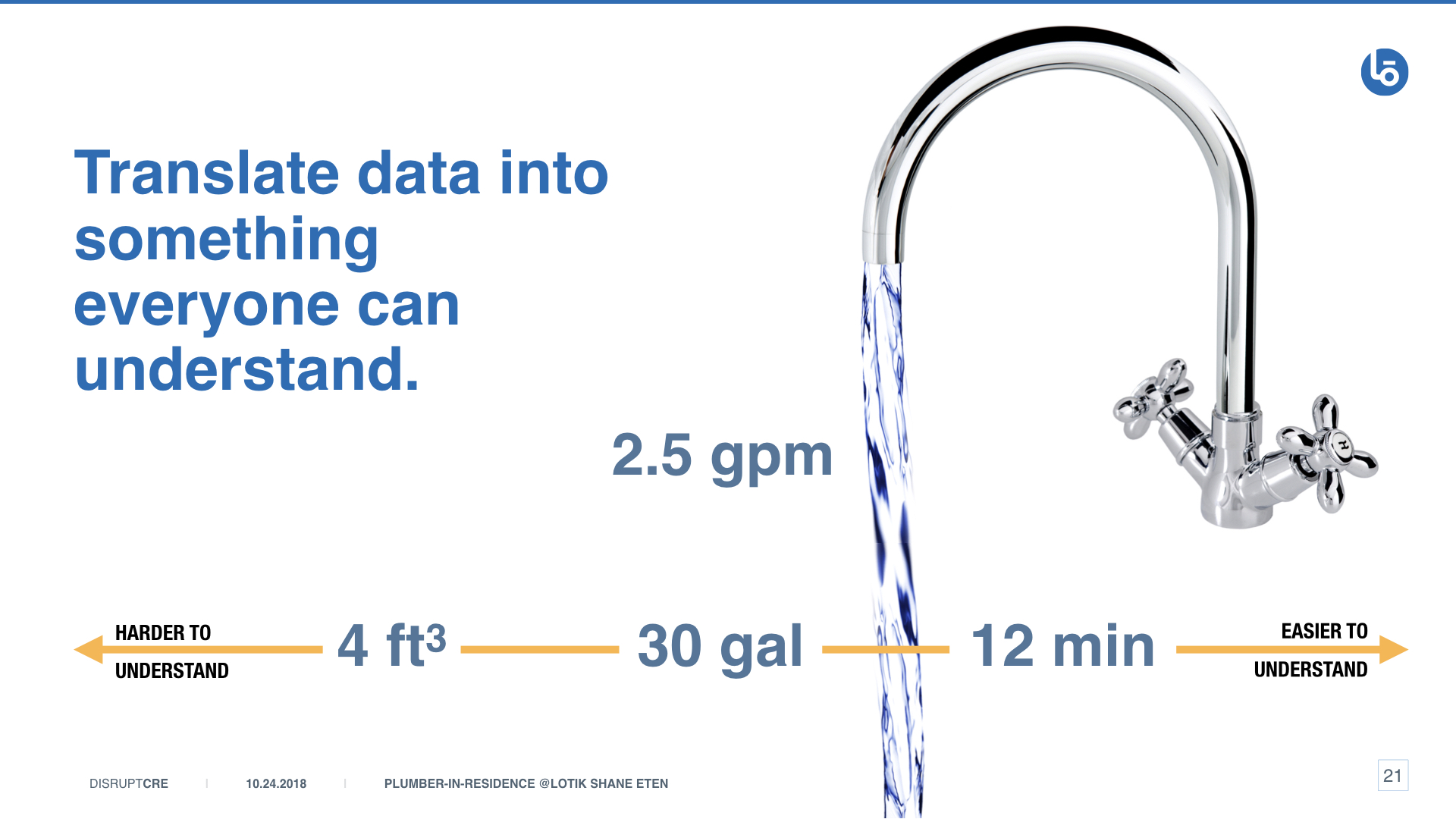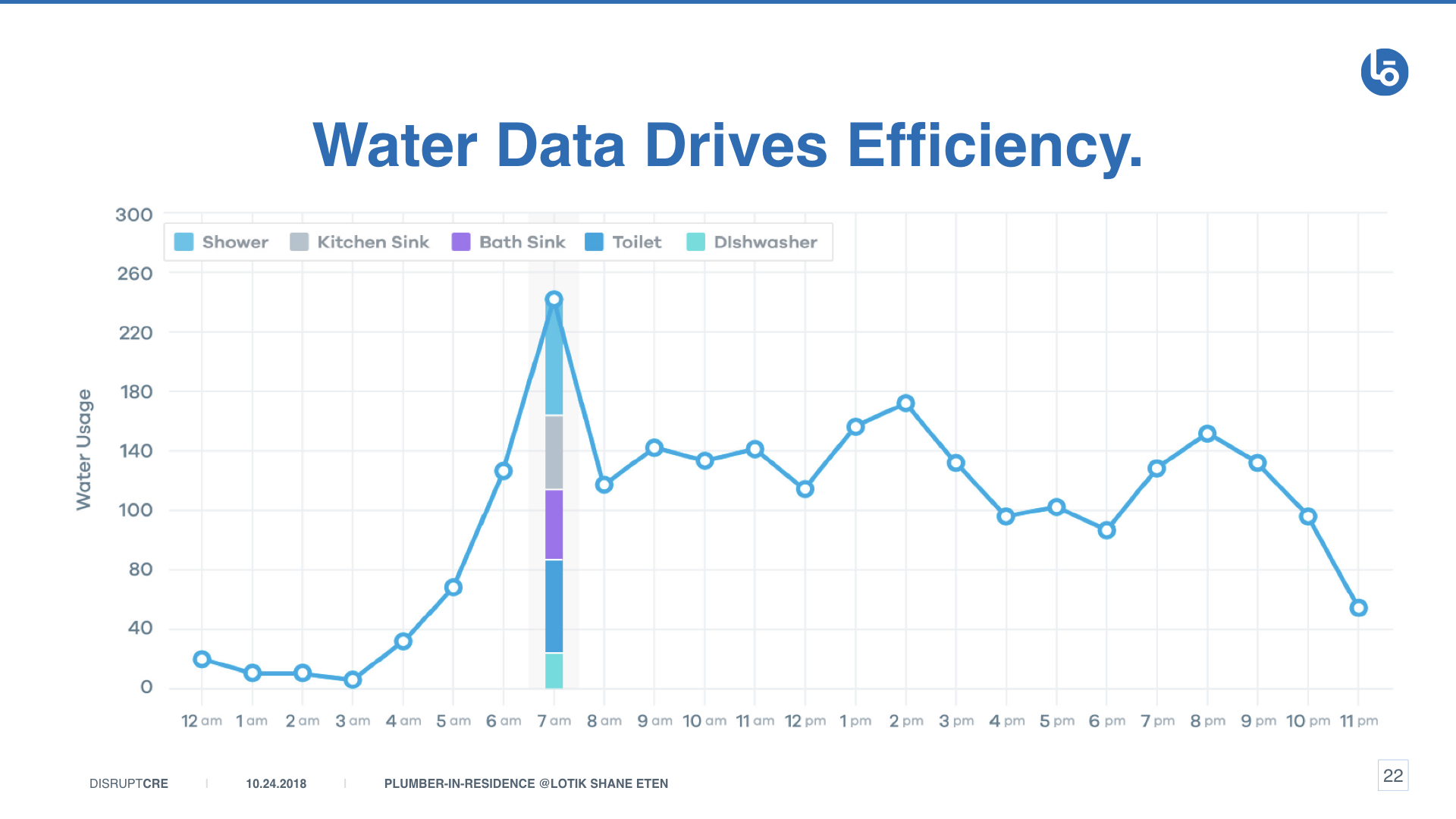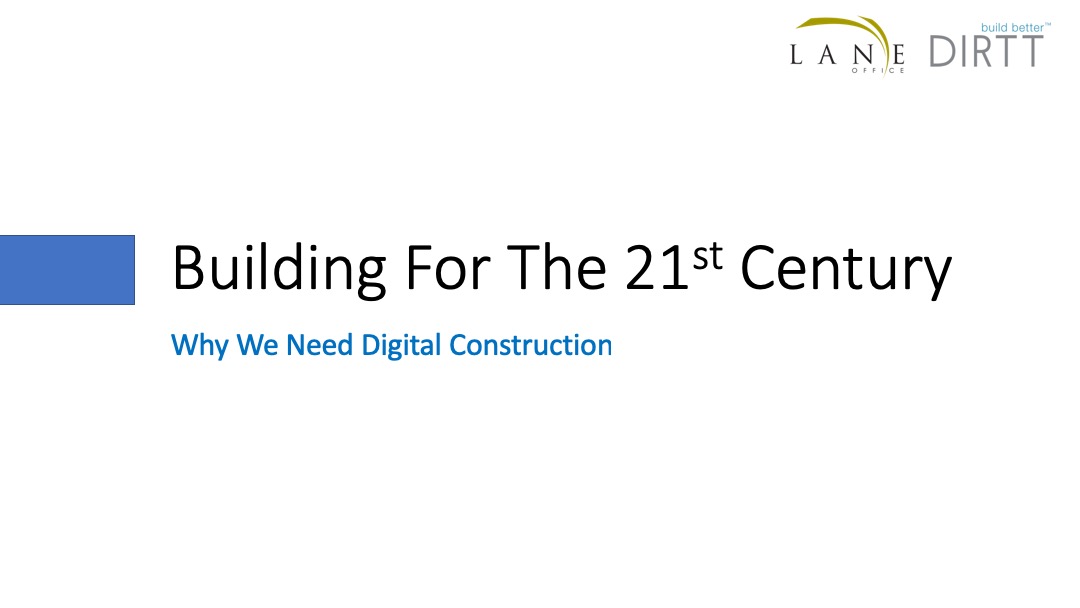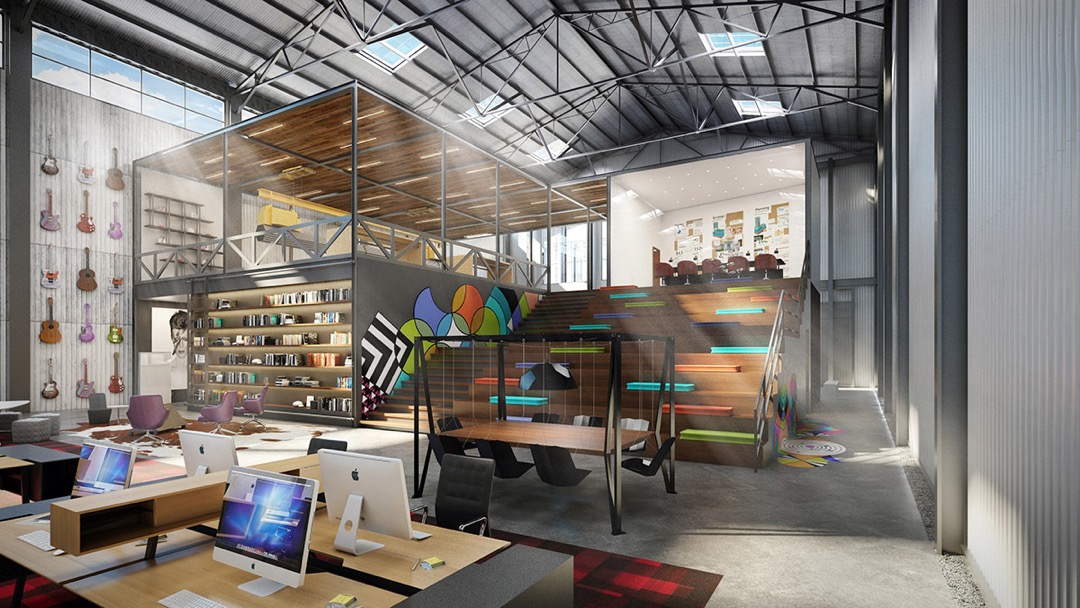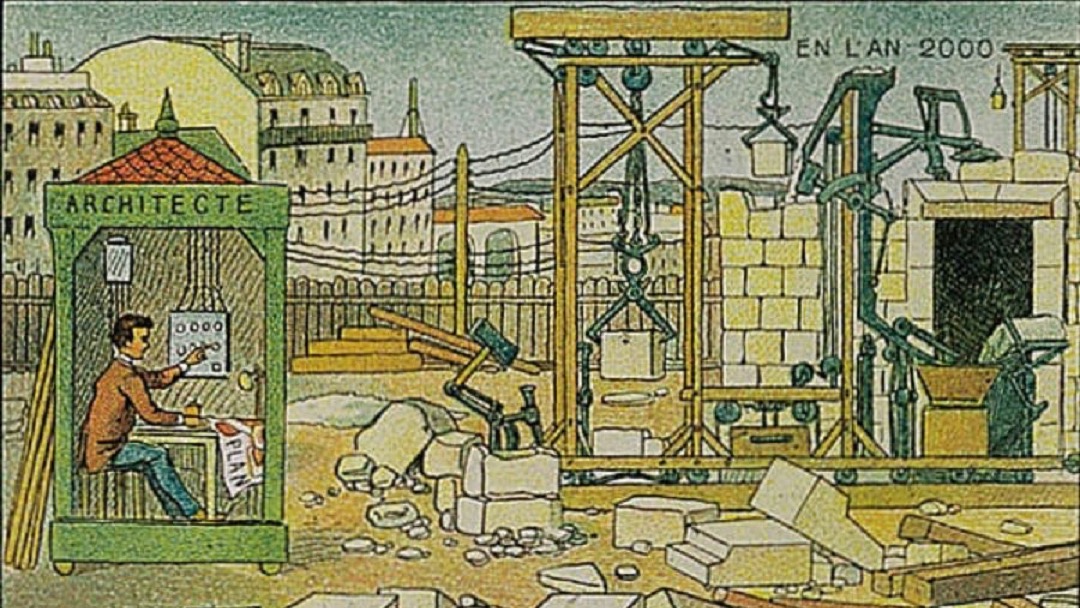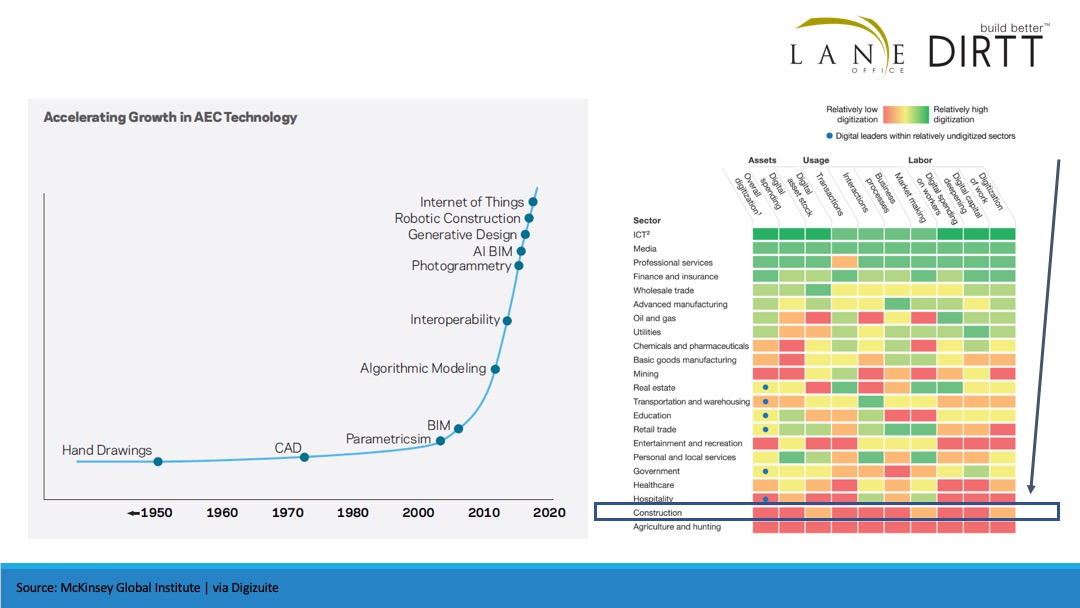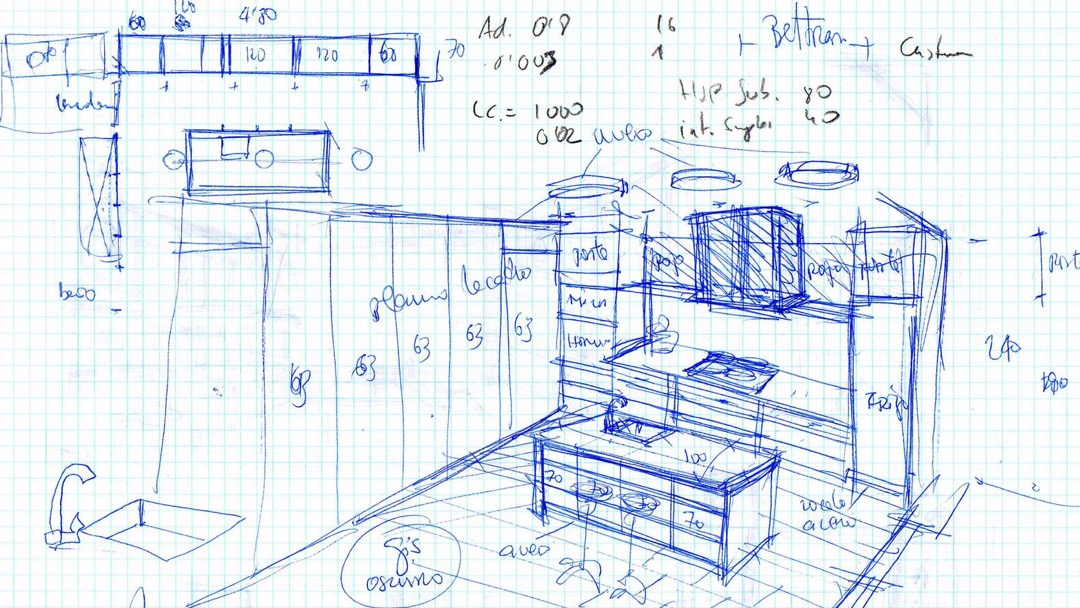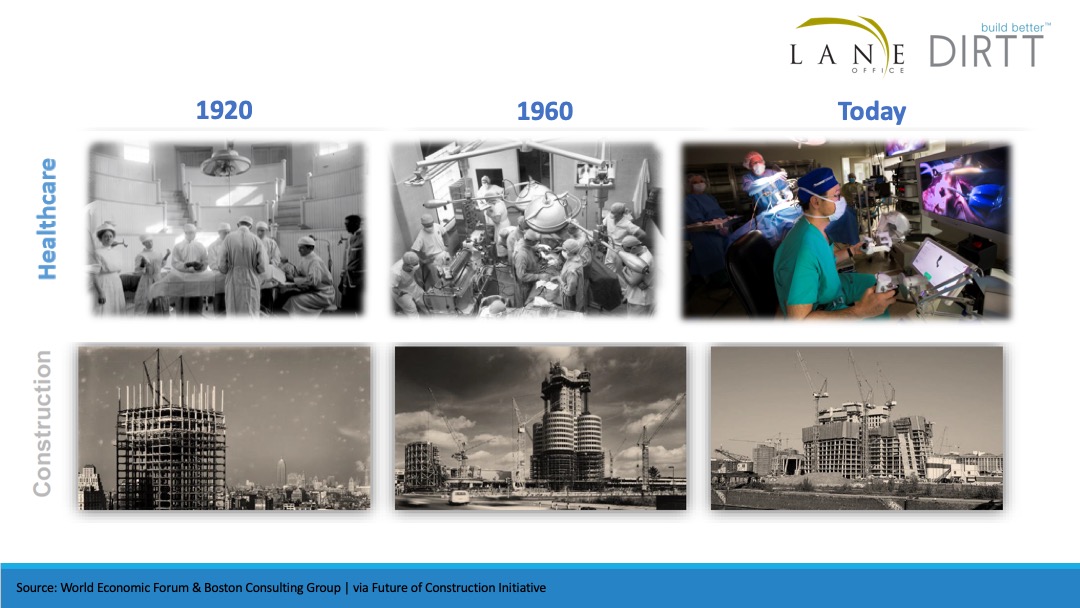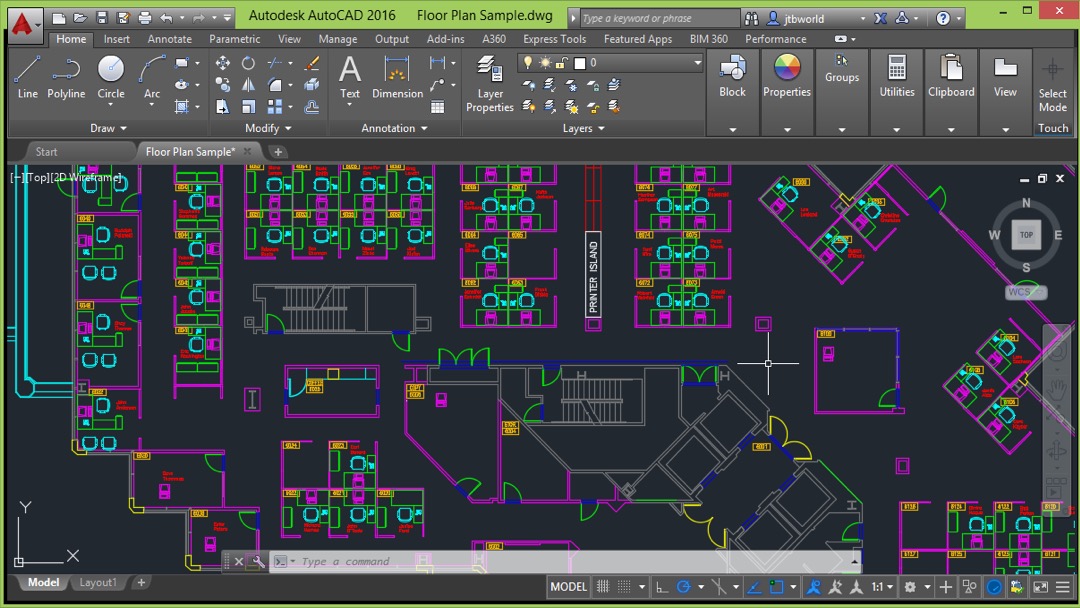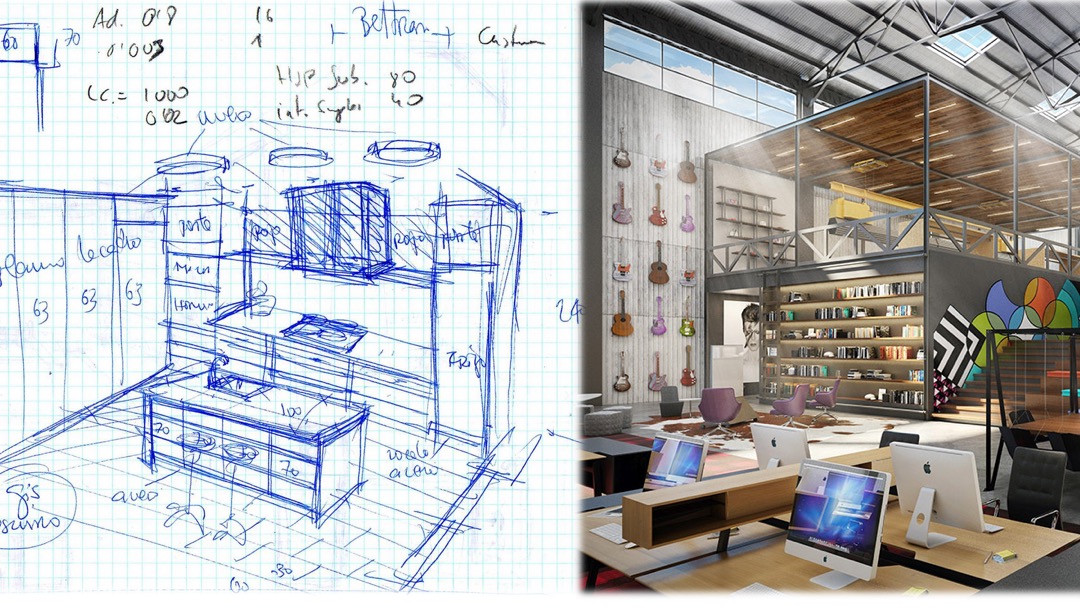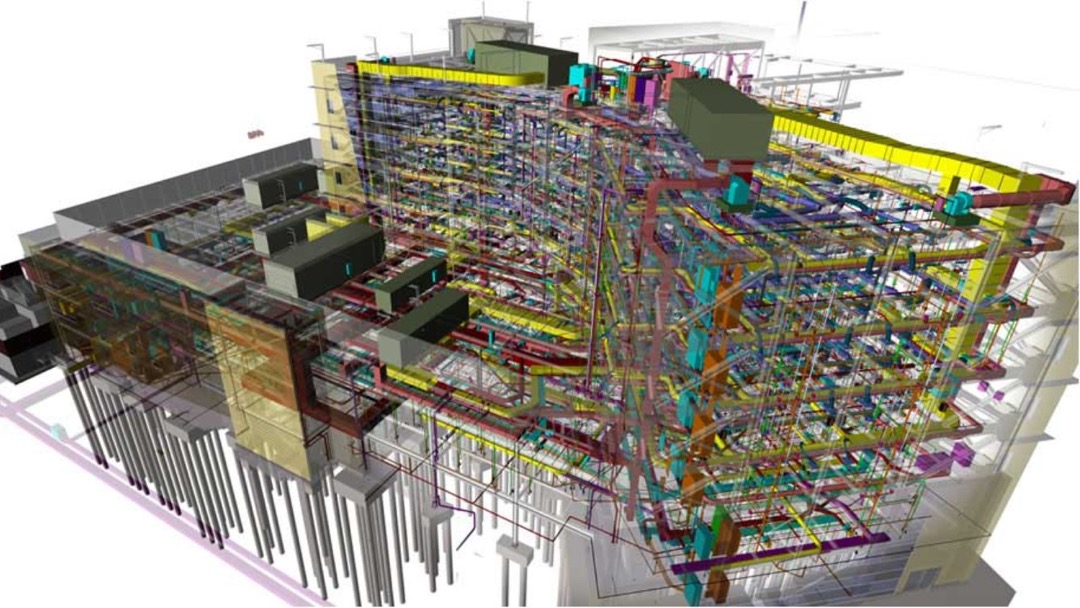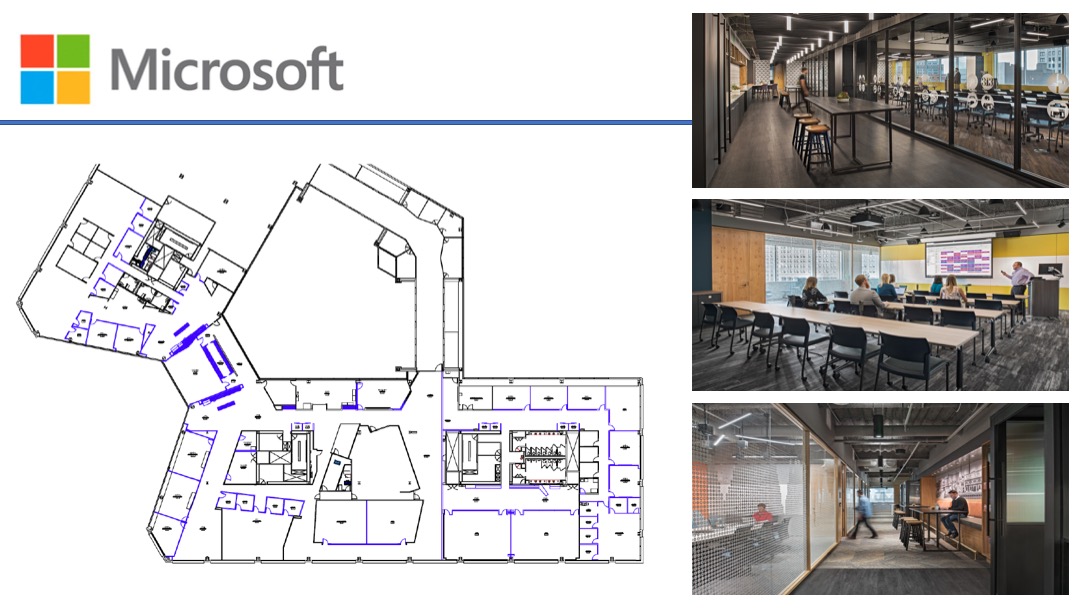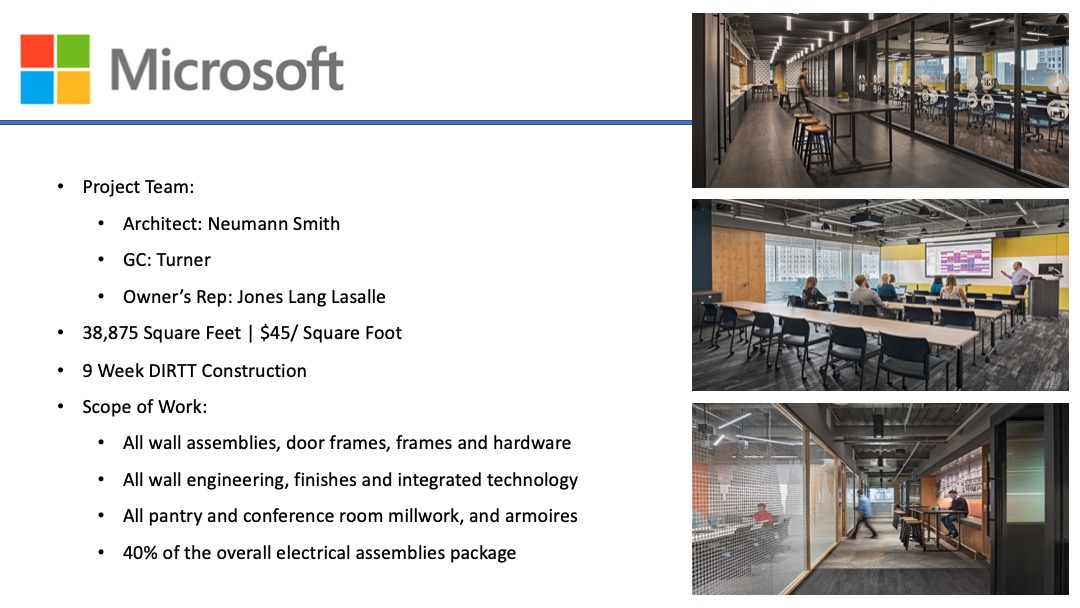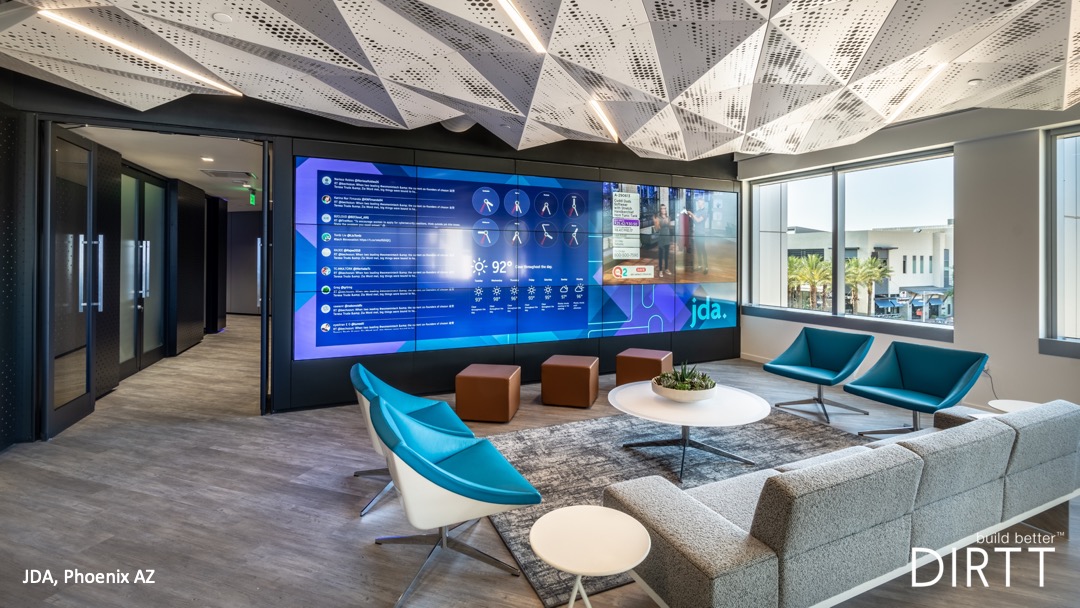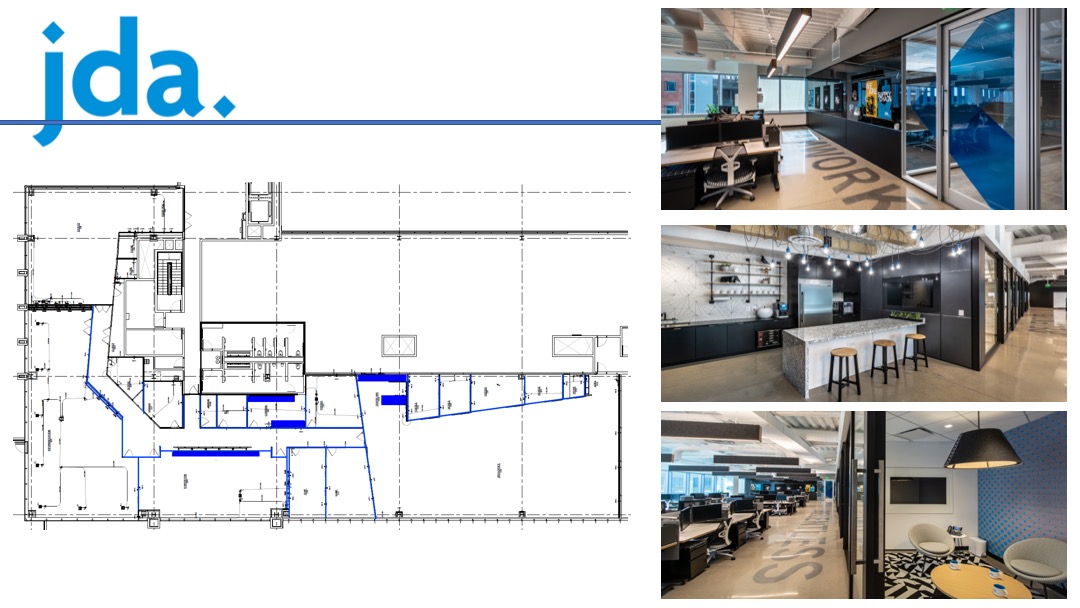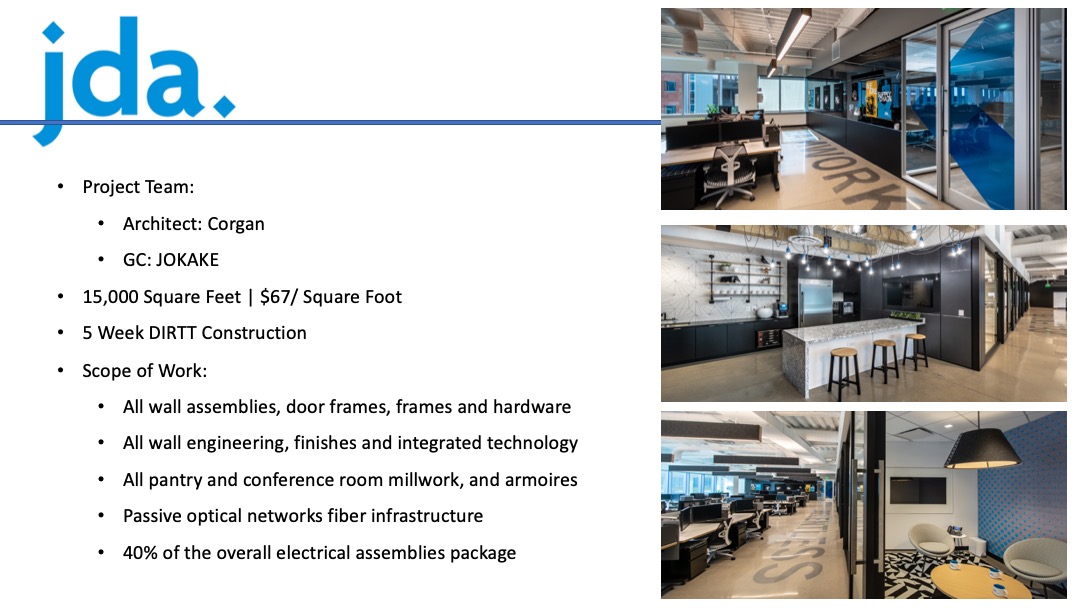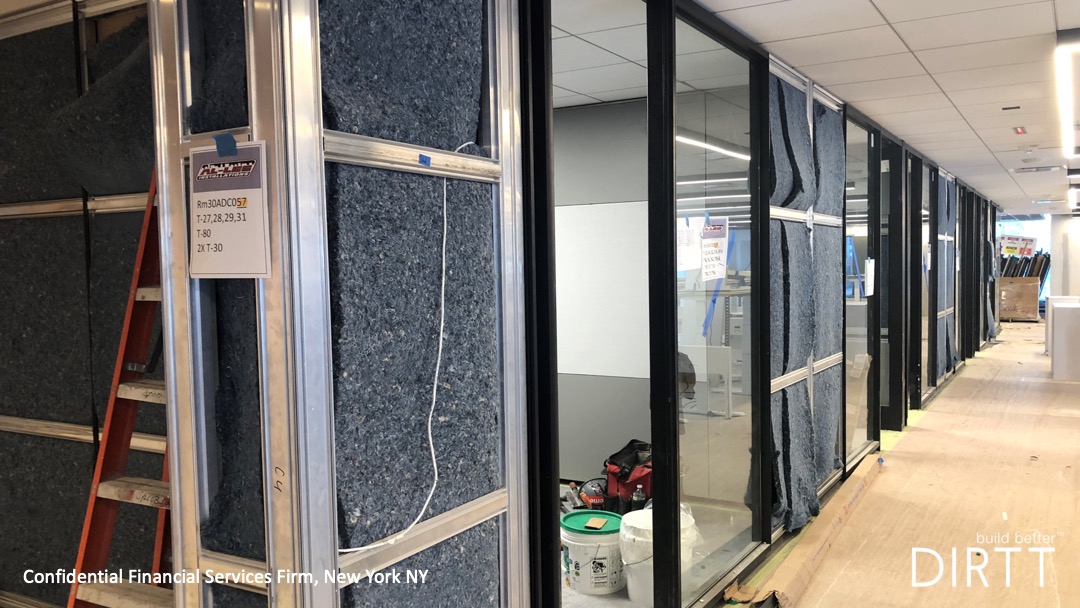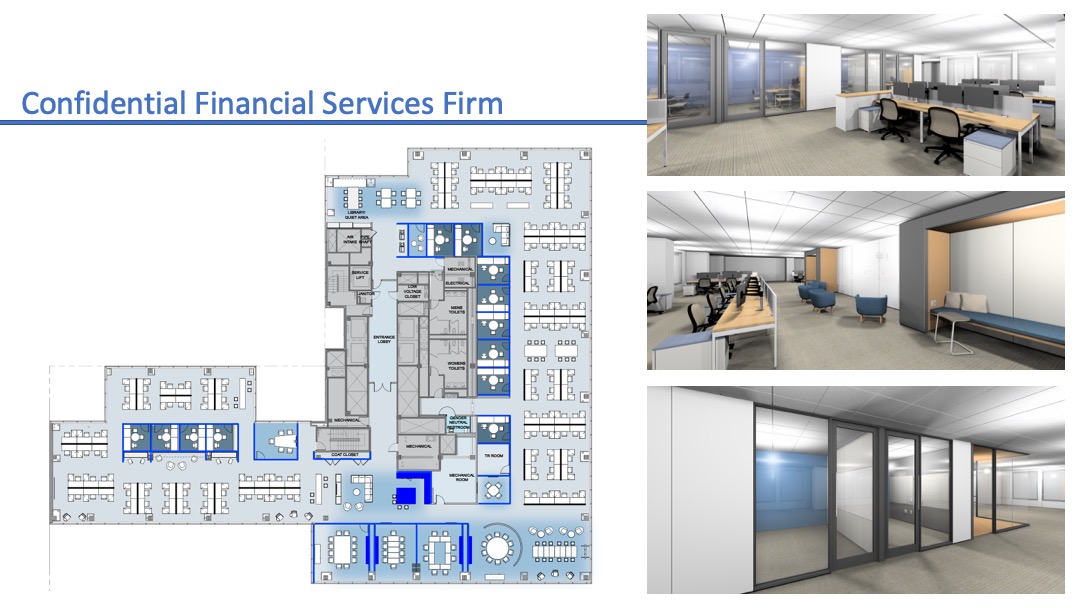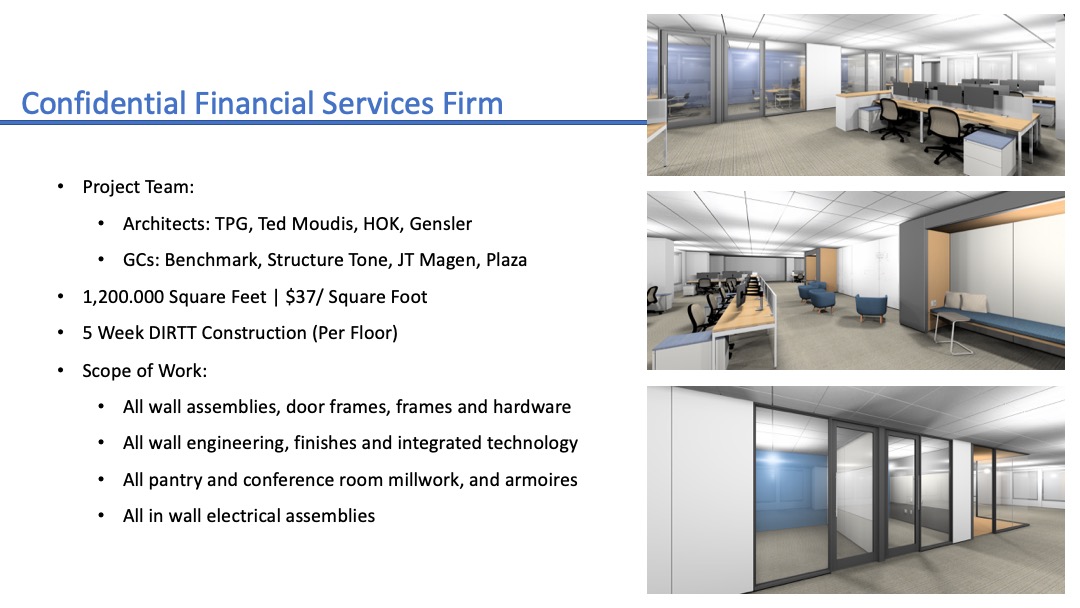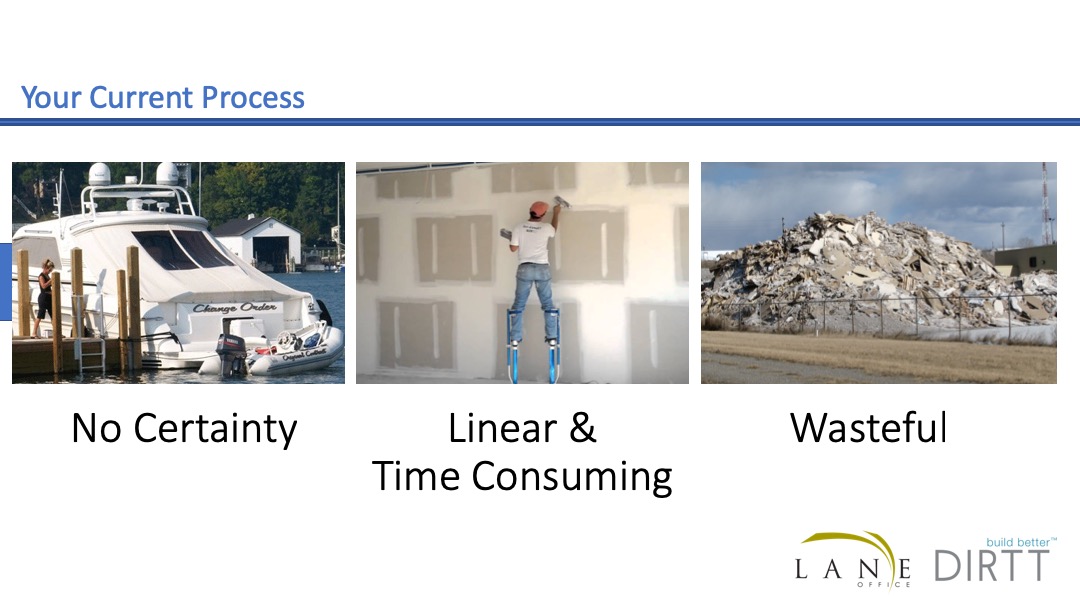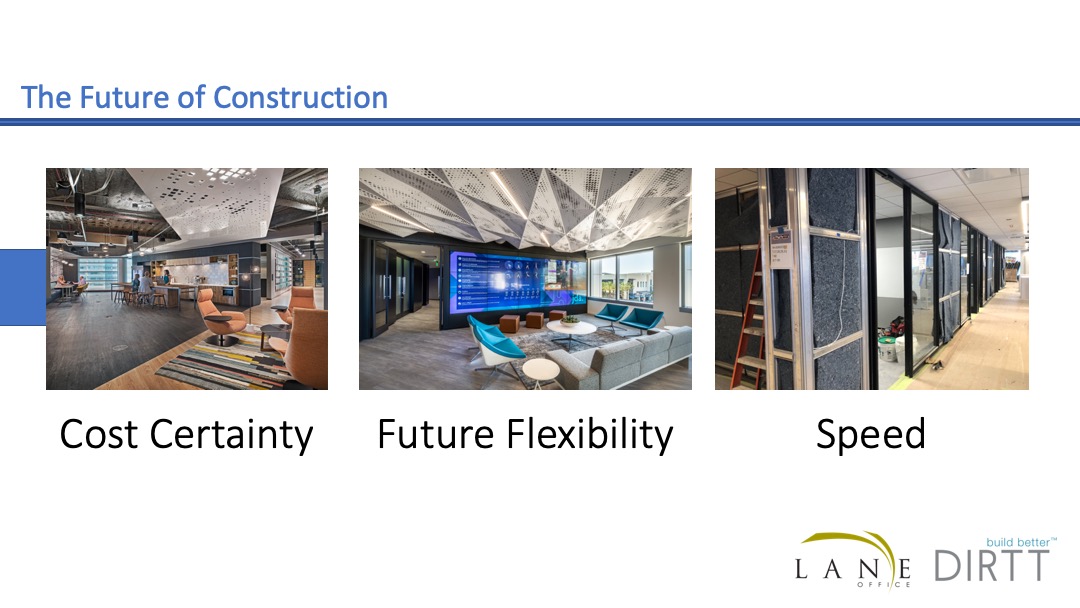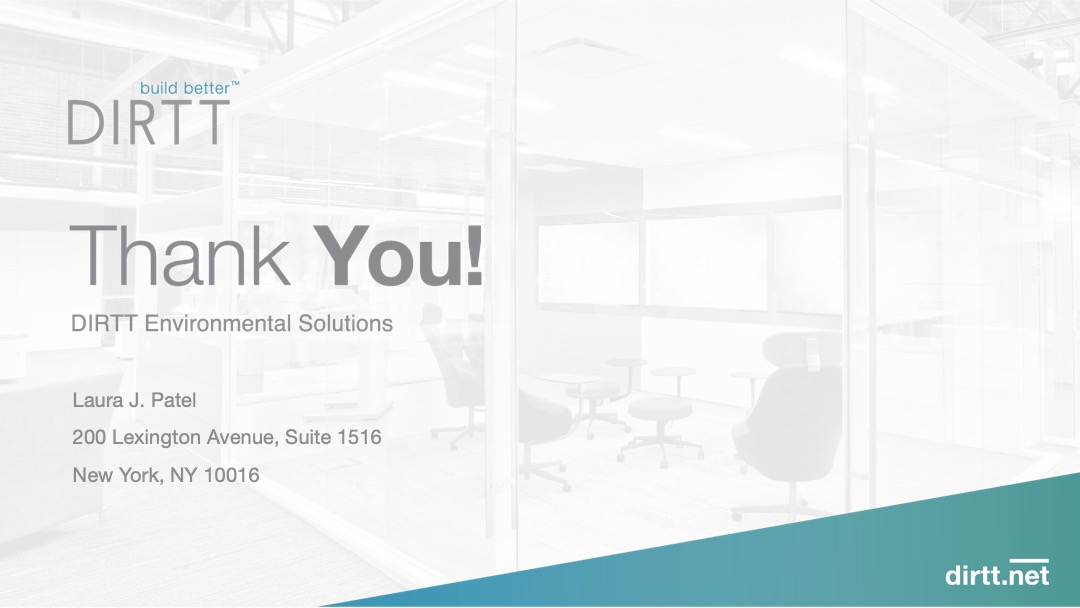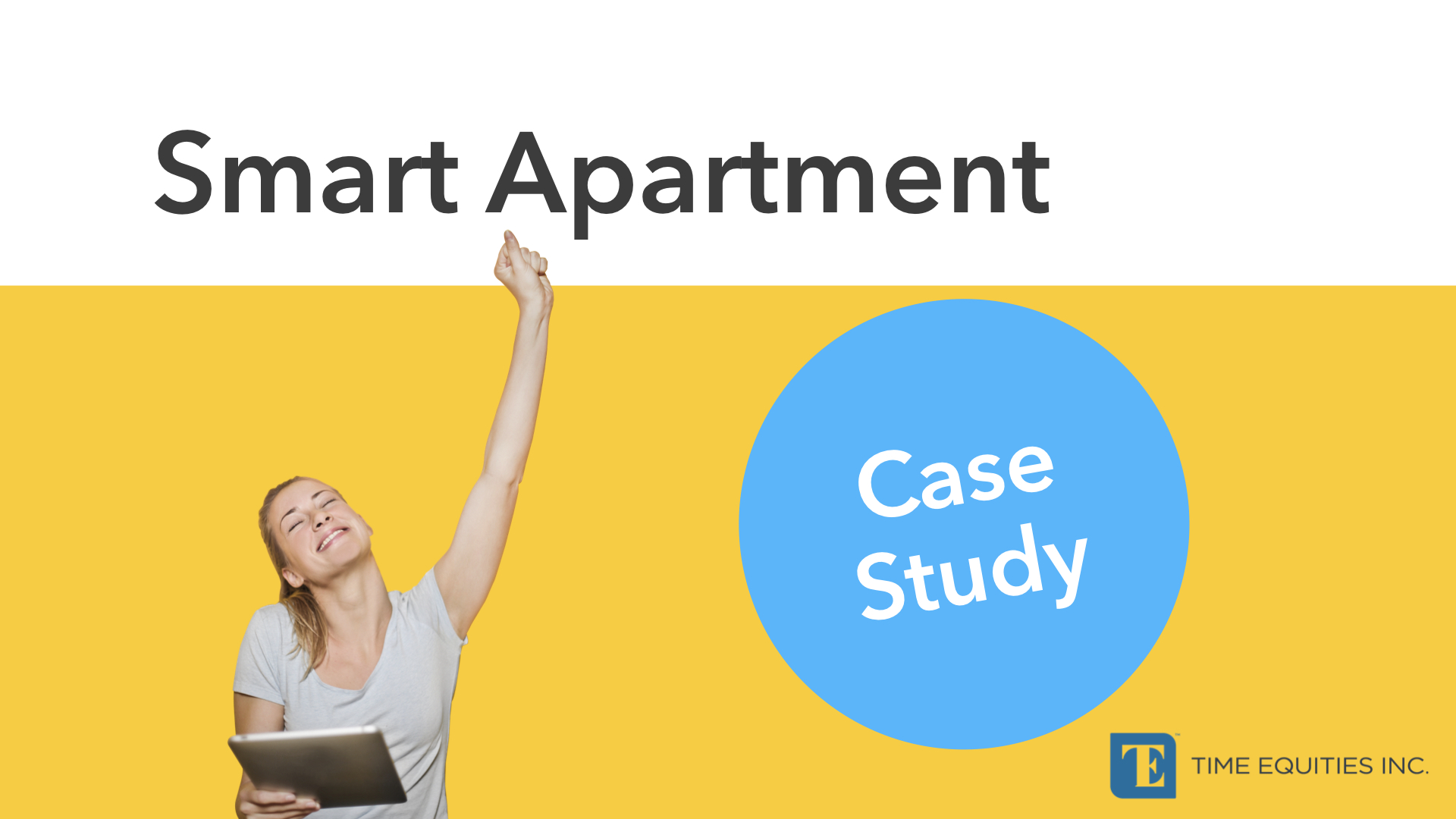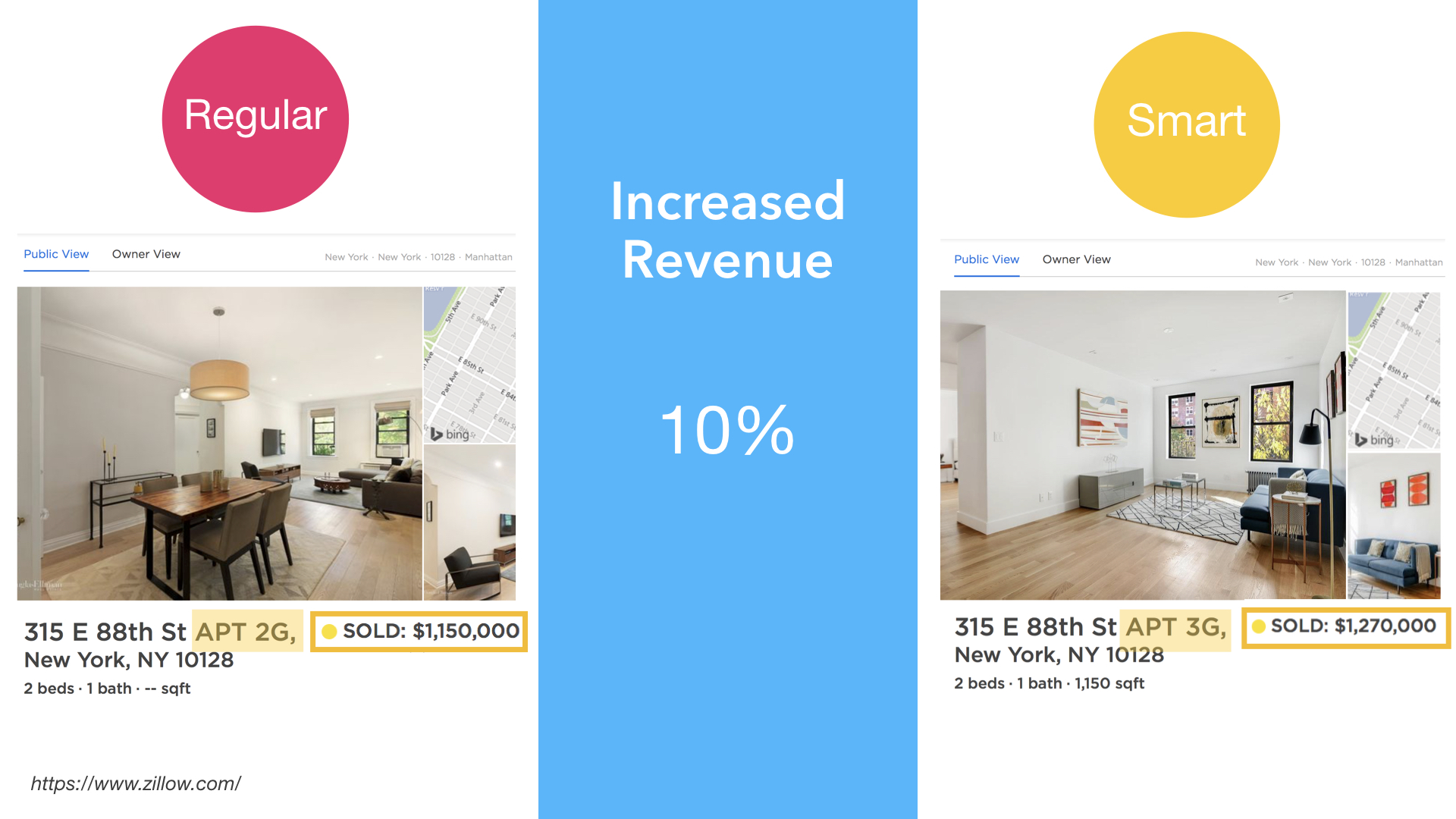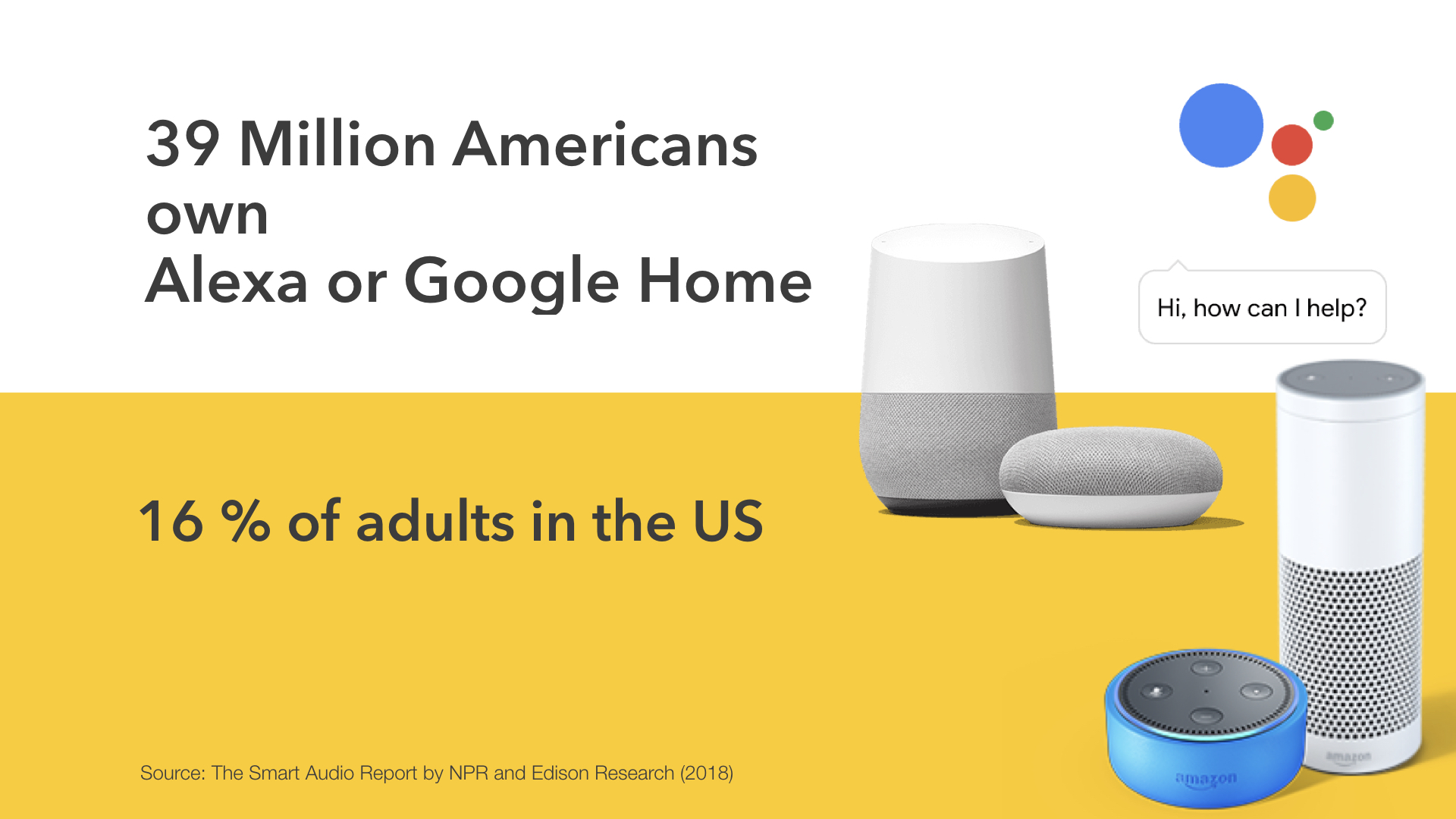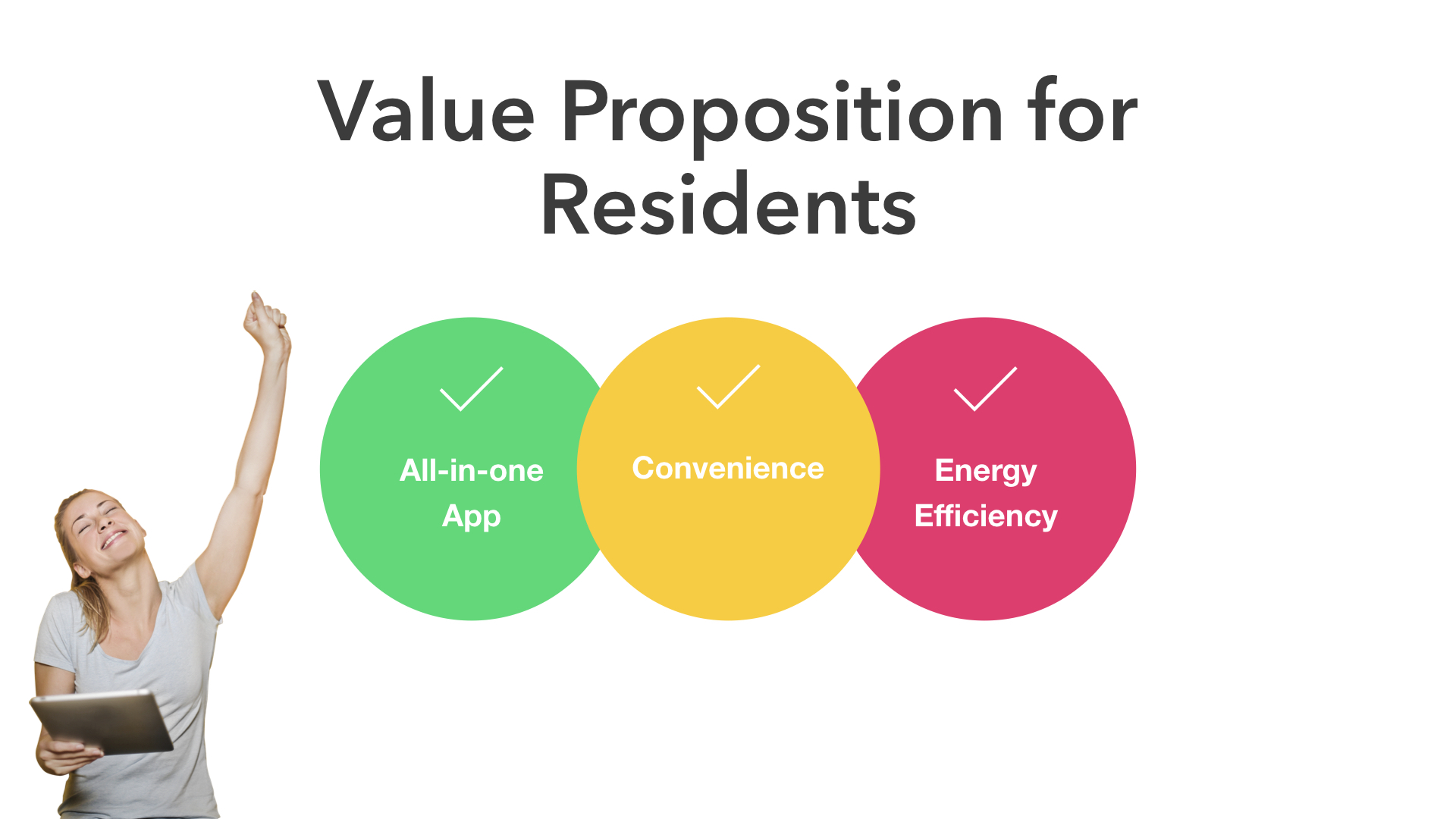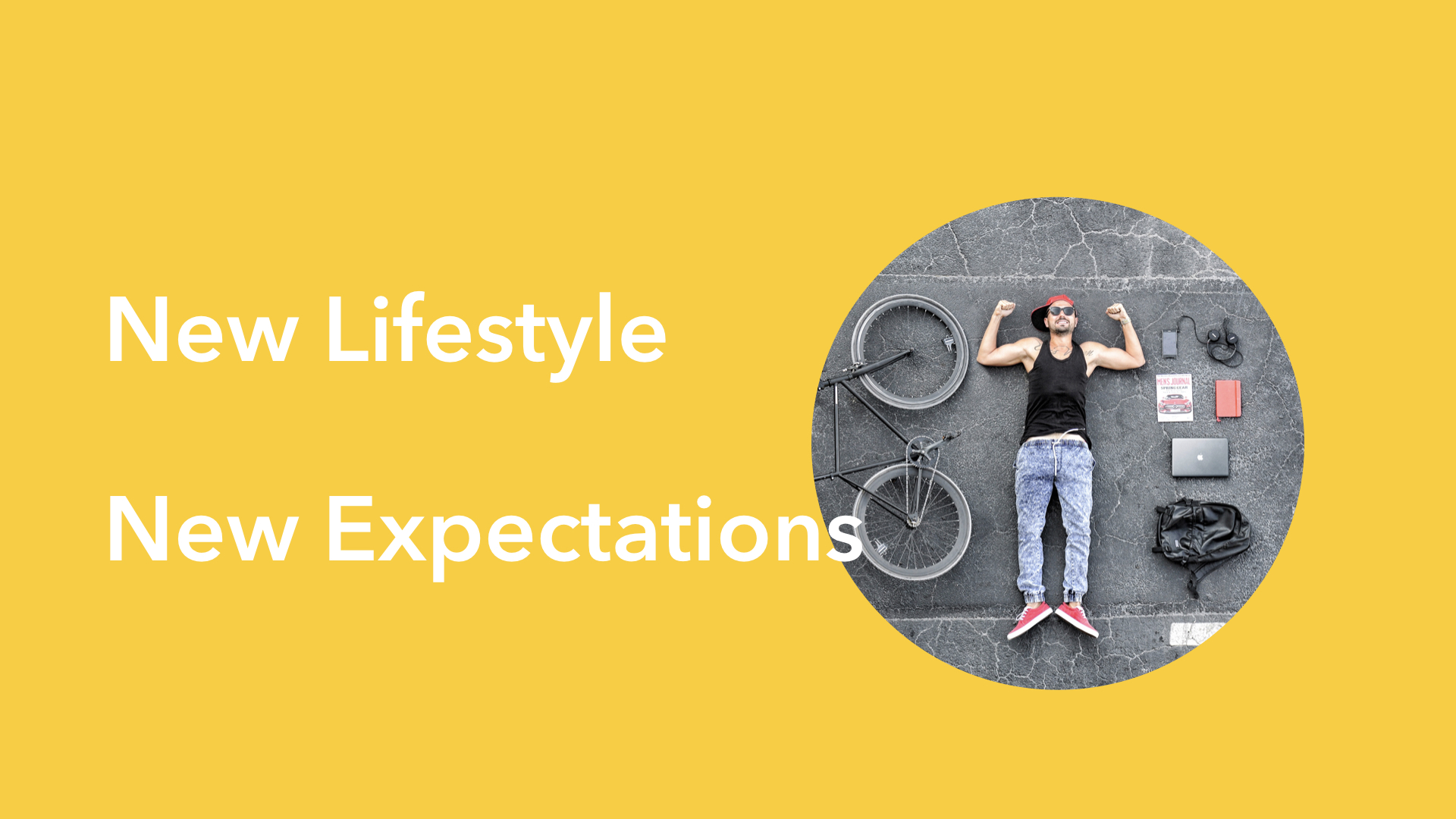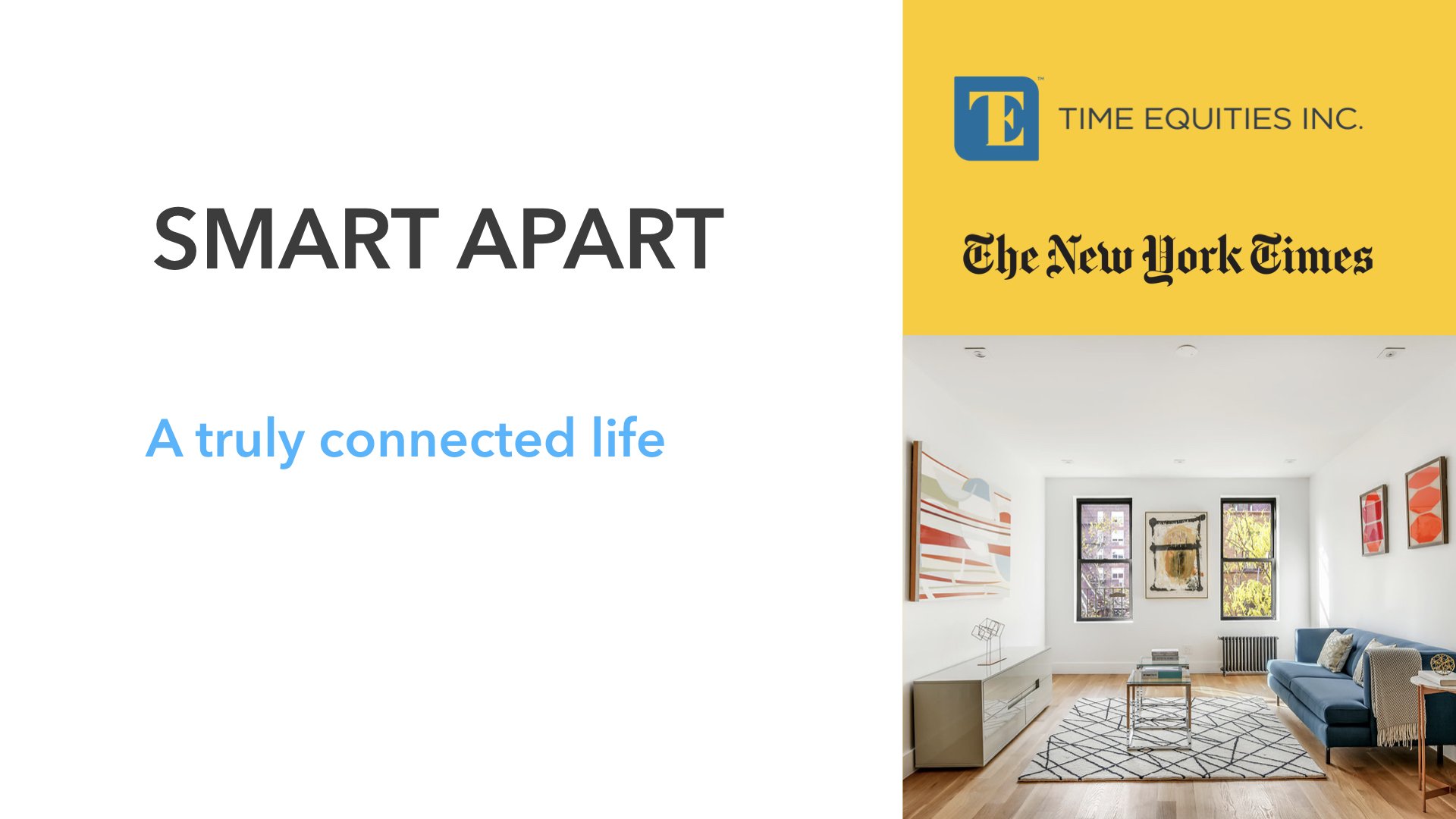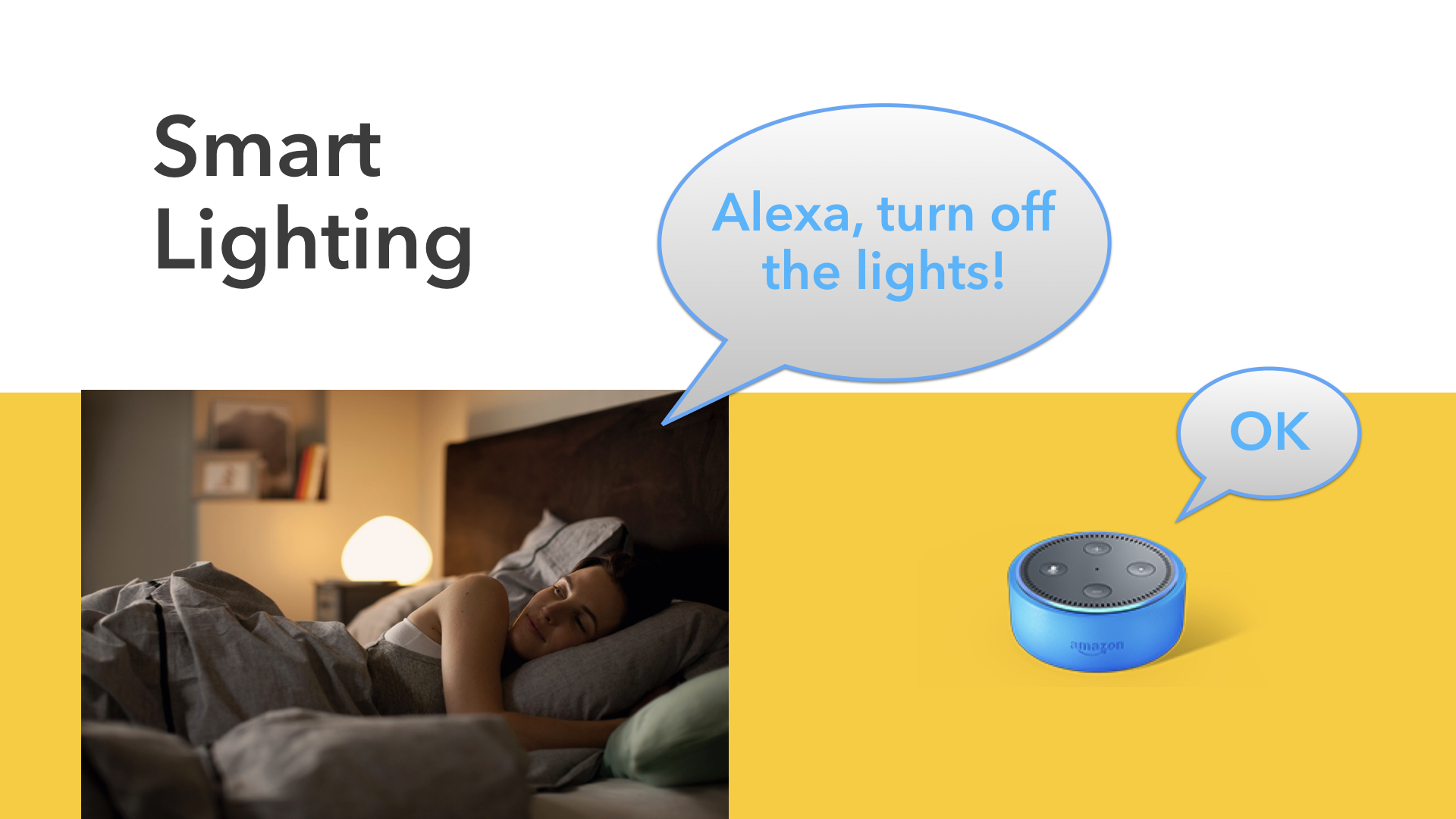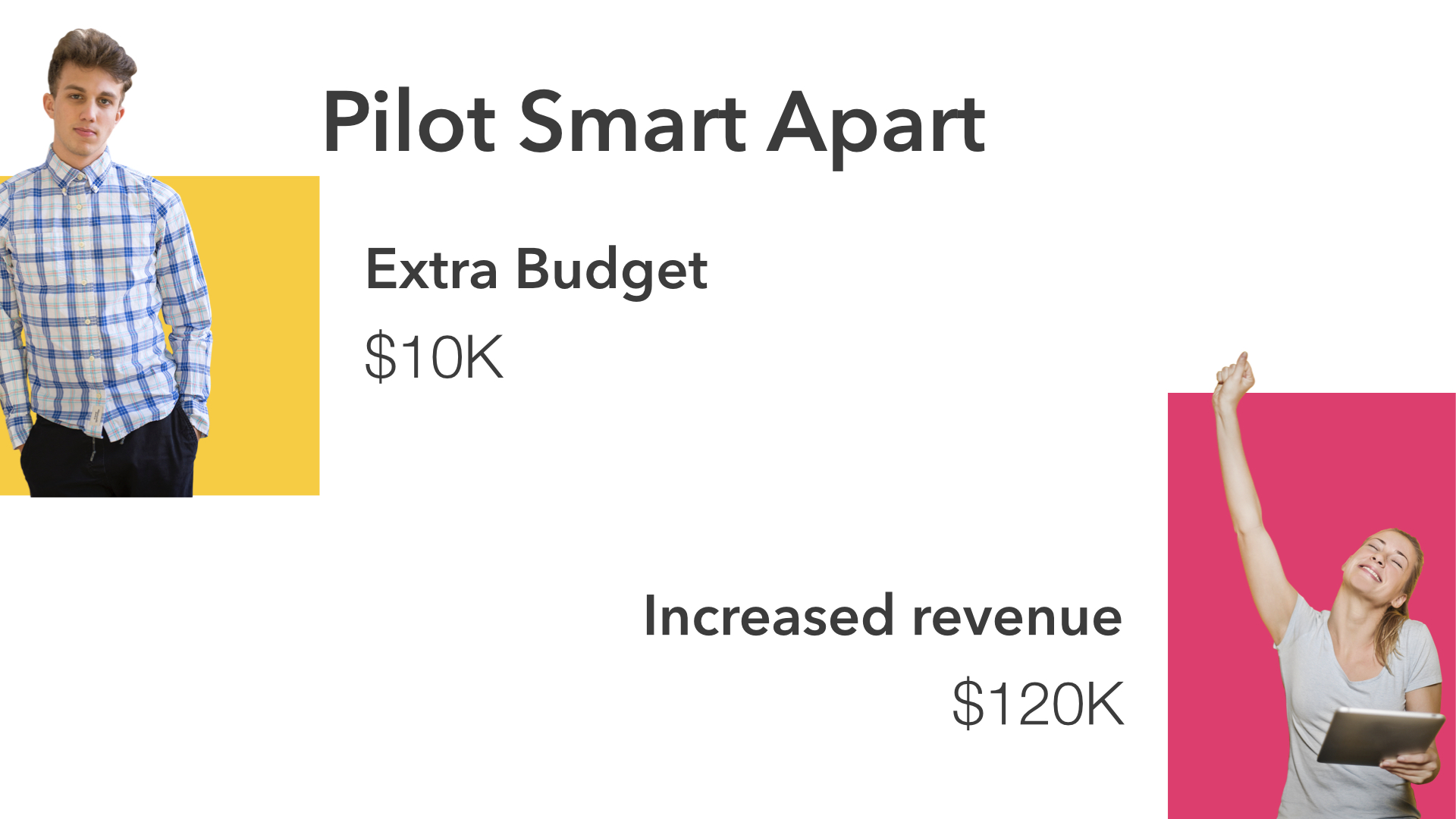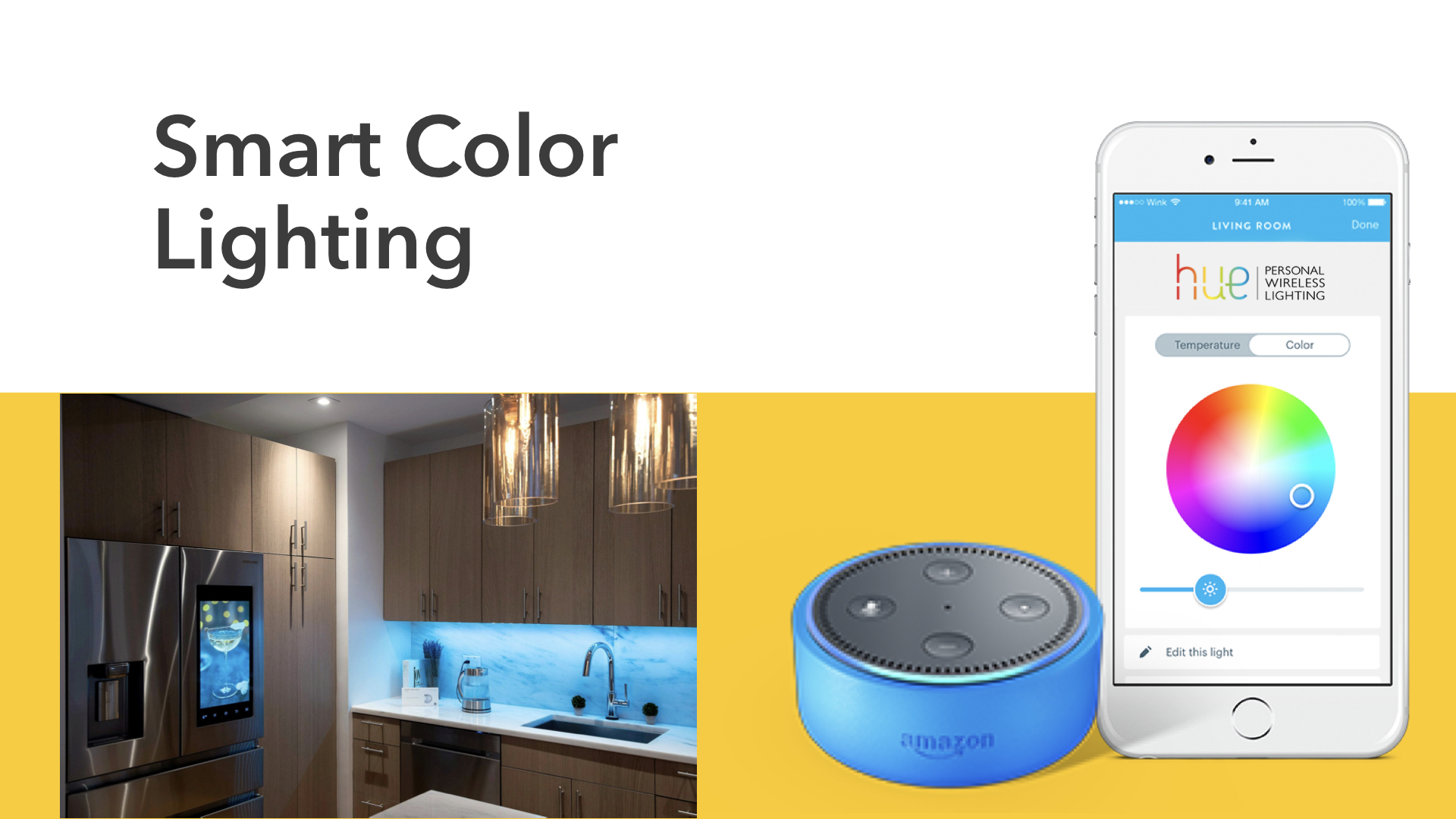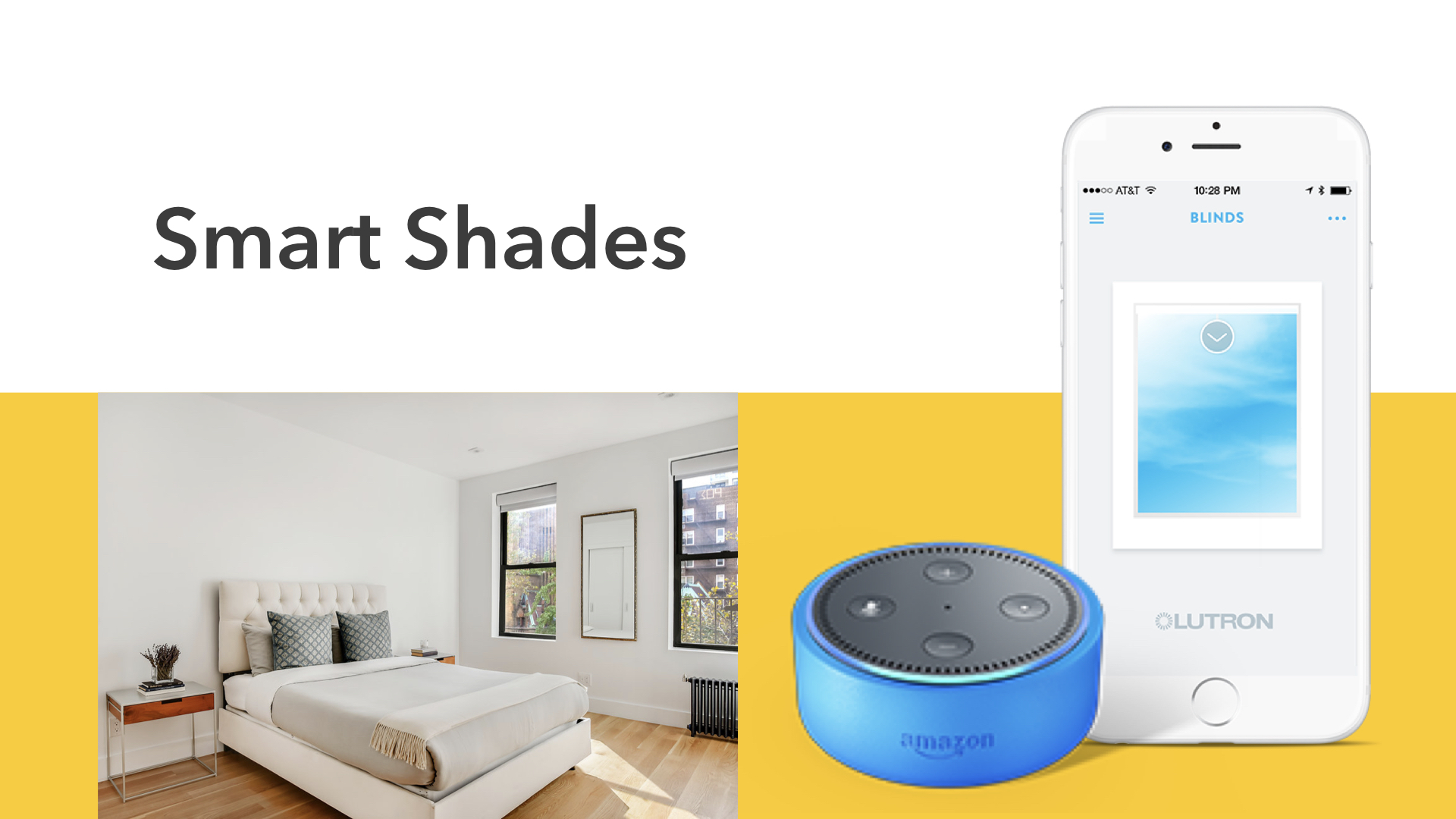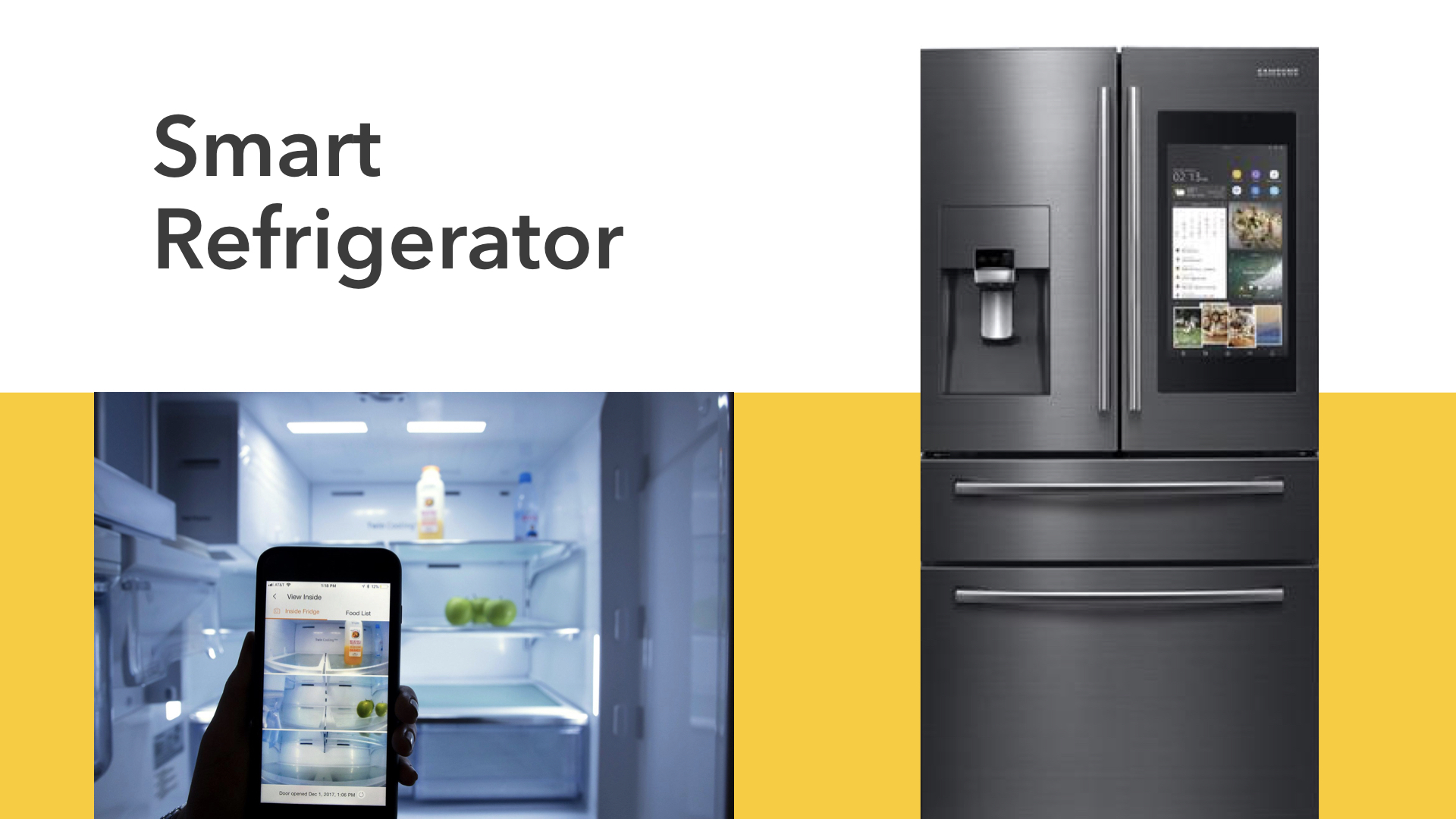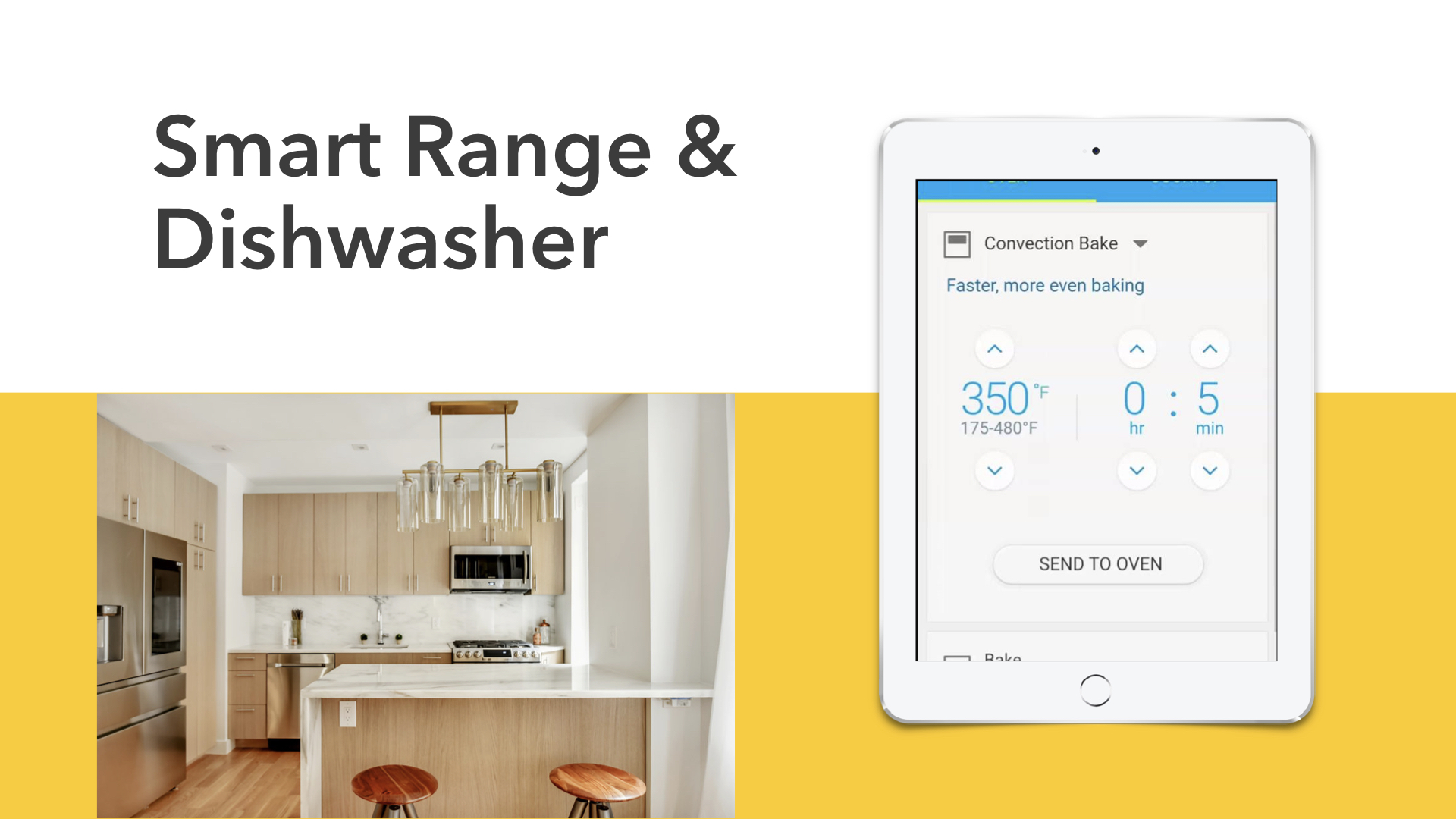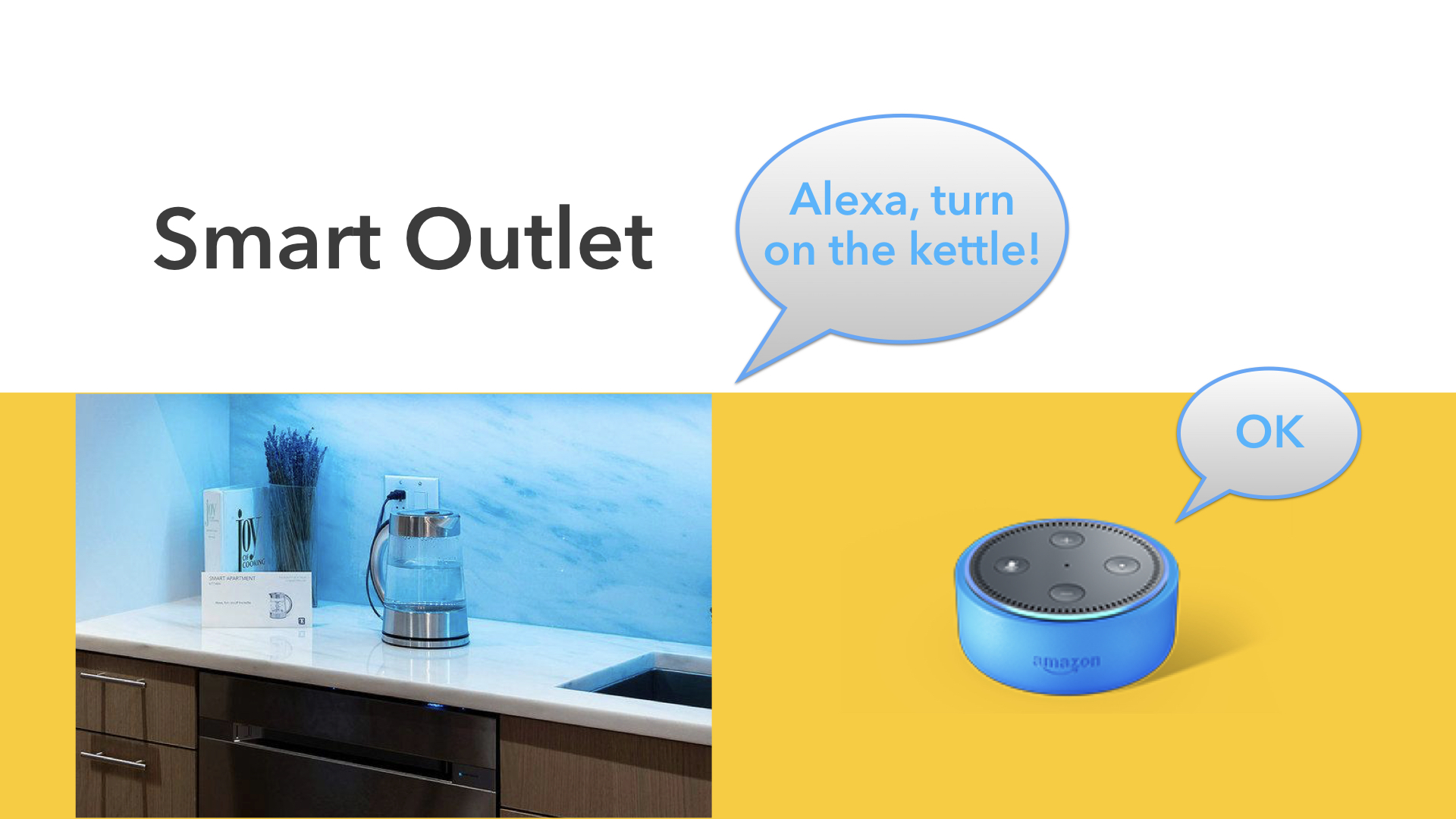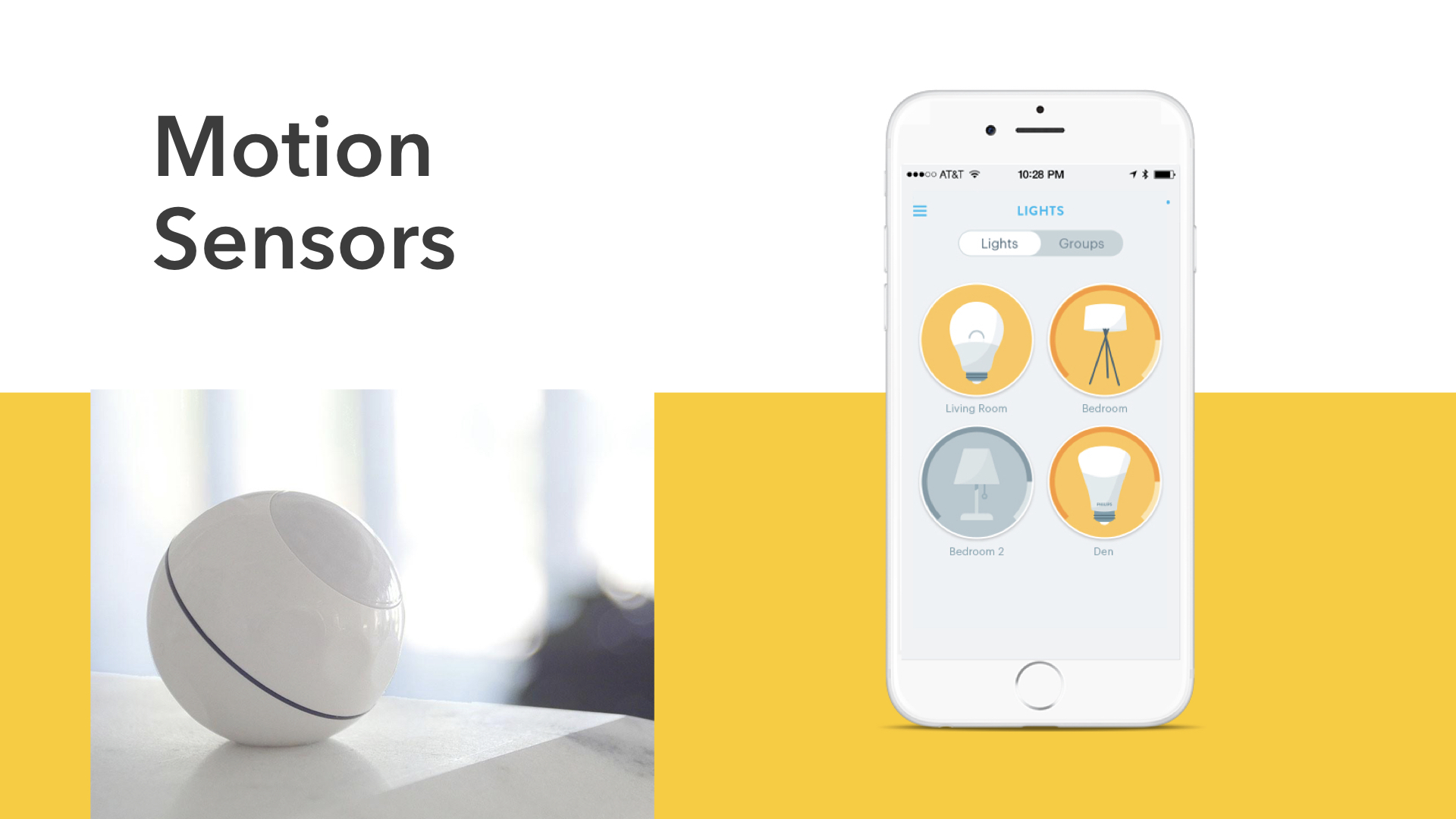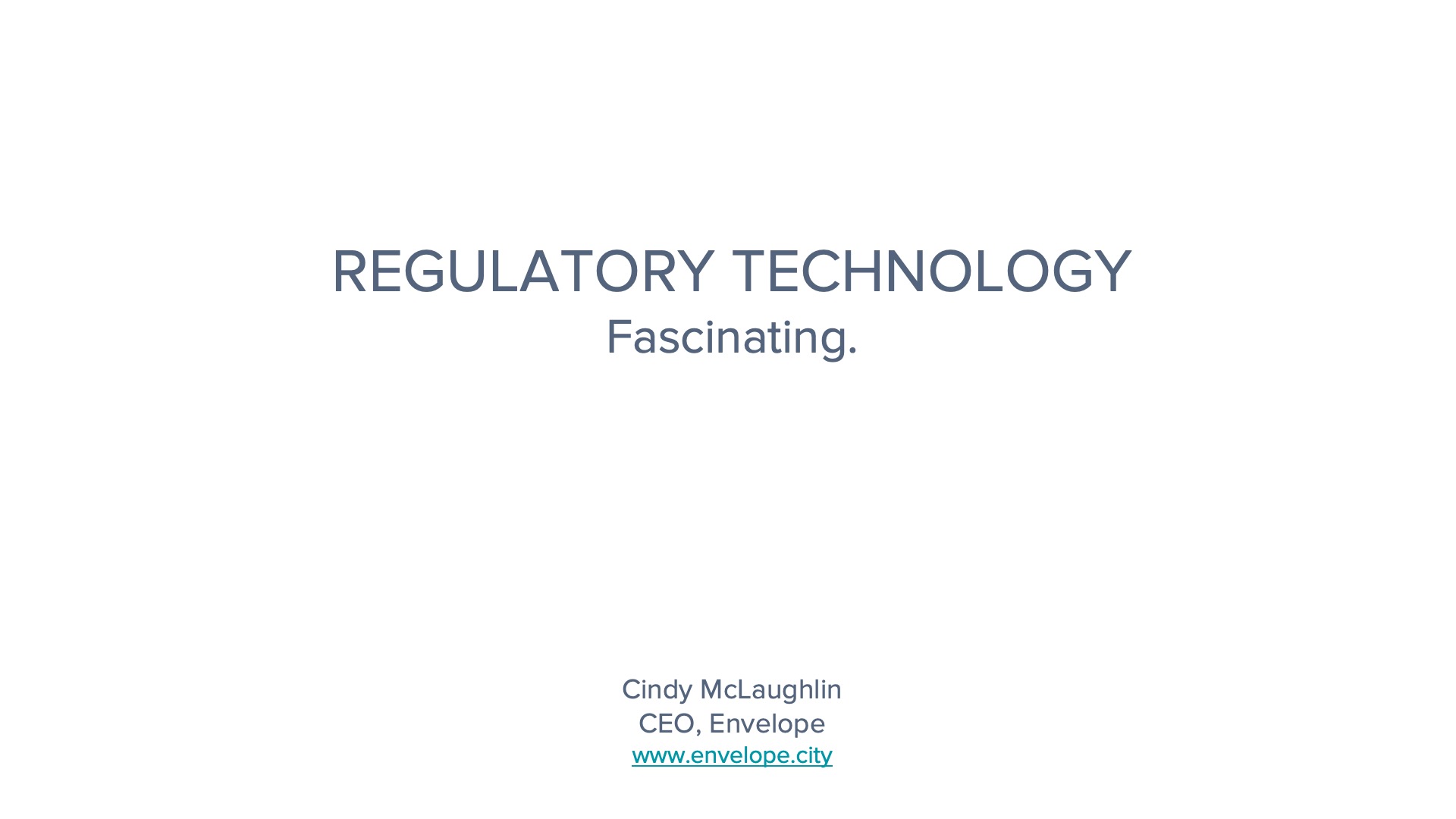Britt Zaffir, Director of Real Estate for co-living company Common discusses the concept around their shared homes. The basis for this model is derived from a changing housing landscape and the need to design housing for the roommate generation.
VIEW PRESENTATION:










VIDEO TRANSCRIPT:
Hi everyone, I'm super excited to be here today. My name is Britt Zaffir and I run real estate acquisitions at Common. For those of you who don't know who Common is we are a residential operator of modern living focused primarily on the management of both traditional and co-living units. So I'll talk a little bit about who we are how we got here and where we're going, but first let me dive into a little bit of the background. So to give a little bit of a lay of the land, the way that people are living has fundamentally shifted and cities and property managers are not really prepared to keep up with these societal shifts. Around the world we see that cities do not have adequate or affordable housing for their young working professionals. So why is this happening? One of the reasons is that people are delaying getting married.
So, in 1960 the average age of a bride was 20. The average age of a groom was 23. Fast forward to today and the average age of both the bride and groom is just shy of 30 years old. So we've seen marriage be delayed by almost a decade. We see that people are living with roommates. More people are living with roommates and for longer into their lives. So according to Pew Research data seventy eight million Americans live with someone that they are not married or related to. This is definitely largely driven by the millennial generation though as you can see on the slide this is driven by older generations as well. But you know the fundamental reality is that the two parent, two child dog nuclear family is just not the way that things are trending anymore.
You see that real wages have stagnated and particularly in the last 15 years they've declined. While rents have done nothing but increase and so the gap between what people can and should pay on rent and what they actually are spending on rent has significantly widened. And lastly our cities are comprised of mostly single people so this is 2011 data. New York City we see that more than 50 percent of people are either single and living alone or single living with someone that they are not married or not related to. This is obviously New York data but we see this similar trend in sort of many cities in the United States and across the globe. So that's sort of where Common comes in, and what we're doing is designing and operating housing for the roommate generation. I think the main thing sort of to consider here is that this isn't anything new or different people have been living with roommates for you know tens of years and you know even for centuries. What Common is doing is really just making the process of finding and living with roommates better and easier than in the past.
So how are we making it better and easier? Three main ways: The first is convenience. The second is community and the third is flexibility. So in terms of convenience we're remove removing a lot of the annoyances of living with roommates. So we furnished the units we have weekly cleaners who come through the apartments. We pay all the bills. So really trying to strip away the pain points of living with other people so that we could focus on the good part which is the community. So we provide and program community spaces that really allow organic communities to generate from the ground up from within the units. And we also provide flexibility. So while most of our members are on 12 month leases and just a quick side note we call our tenants our members so when I use the word members it just means a tenant. Most of our members are on 12 month leases. However we provide the flexibility to transfer from any home in the common portfolio to any other home seamlessly and easily so when we say flexibility that's sort of what we mean.
So this is just sort of you know a typical common home. This one is in New York. I think the the key takeaways here is that these really are beautiful elevated homes. And another side note we call our properties, our buildings, homes. And that's really because we're trying to inspire a feeling of home. So some examples: every member has their own bedroom, there's no bunk beds there's no Murphy beds. Every unit has its own living rooms so this is a typical living room as I said. This is an actual property in New York. We have a vertically integrated team which includes an in-house design and construction team that spends their entire day thinking about how to optimize space for roommates and how to make the homes really feel like home. I think this really two ways one it really helps with lease up so people come and they see the beautiful spaces and you know they realize that you know for the price point it's quite frankly much nicer than whatever else they would be able to afford and I'll get into price point a little bit later. But it also helps with retention because you know people really feel attracted to these spaces and get really comfortable and so end up staying.
This is a home in D.C., Common Bowman, again just to show you high quality furniture lots of windows lots of lights so really inspiring a feeling of home. This is a typical bedroom. This is in a separate home in D.C.. As you can see the bedrooms are are quite minimalist and quite basic and this is done intentionally. We really want to provide members the ability to have a blank canvas with which they can express themselves. So all the furniture and the mattress is provided by Common. The walls are left intentionally blank. You could see in the top right corner there's a little hook that we provide for people to be able to personalize the space themselves.
So our story, we were founded three years ago almost exactly. We just had our three year anniversary by a gentleman named Brad Hargraves who previously was co-founder at a company called General Assembly, if any of you are familiar with General Assembly. We started with a 19 bedroom brownstone in Brooklyn. And fast forward three years and we're at 700 members in six cities in the U.S. So the six cities that we're in are New York, D.C., Chicago, San Francisco, Seattle and Los Angeles. What have we seen in the last three years? We've seen really really strong demand. So we have less than 3 percent vacancy across our entire portfolio. We have 80 percent of our members that are on one year leases. So again, we don't do any month to month leases and we do some six month leases but the majority of members really are on regular 12 month leases and we have 70 percent renewal rate on those 12 month leases. So this is a number that's typically pretty staggering to real estate developers because in traditional multifamily your retention rate is closer to 50 percent. So we see people really you know as I said loving the spaces and loving the living solution and really staying. We get 1300 applications a week, so we could fill our entire existing portfolio of 700 bedrooms in literally half of a week based on current demand.
So why is the demand so strong? You know what's in it for the member. I think there's a lot of things I think there's the community, the convenience, the flexibility that I talked about earlier but I think another big one is certainly the affordability so members will save anywhere from 20 to 30 percent a month by choosing to live in Common rather than living in their own studio so this is sort of New York pricing. We have a bedroom available for $2,200 a month that would include all your furniture your utilities your Wi-Fi a weekly cleaner all your shared goods pots pans salt pepper olive oil all of that stuff. And so if you were to do that yourself, and live in your own studio, the comparable pricing would be about $2,200 dollars a month or more. So definitely significant cost savings for individual members. This is what a typical common suite looks like. They typically range from three to six bedrooms. This is a five bedroom three bathroom apartment. What you could see is there's lots of storage. There's built in closets in every individual bedroom. There's a shoe and coat storage closet up front. There is in unit washer dryer. So again trying to inspire that feeling of home and of comfort elevated living. And then there's you know very regularly sized living rooms dining rooms kitchens so the only difference here is really that you're sharing your unit with more people that you otherwise would in a more traditional multi-family apartment. Otherwise the apartment really looks and feels the same. So that five bedroom suite is down below, that's what I just walked through it's 1370 square feet. If a traditional developer were to try and create bedroom rentals for five people that would be about 3000 square feet. So more than doubled the amount of space. And so the result of that is about 100 to 200 basis points in terms of annual yield for real estate developers and that sort of driven through a combination of the efficiency that I just talked about as well as the common brand which is really due to our proprietary technology, our hands on management, and our creative design. So not only sort of does it make sense for the member but from the real estate perspective it's certainly an interesting alternative as well.
Where are we going? This is our sort of existing portfolio in New York as well as our pipeline of what's to come. Right now we have 320 beds that we operate in New York they're all located in Brooklyn but we are expanding to Newark, New Jersey, midtown Manhattan and Harlem as well with hundreds of more beds in our portfolio under construction and sort of looking to be in all five boroughs and beyond. So definitely actively growing. I wanted to just highlight this slide quickly it's one of our upcoming projects that's being delivered in the third quarter of 2019 in Newark, New Jersey. It's interesting for a couple reasons. The first is the blended price point. So a member will be able to live at this home Common Sussex for $1250 a month and it will be a 20 minute train ride from Penn Station. So that's a pretty staggering price point with all sort of you know services and amenities that I mentioned earlier included. Secondly this one's interesting because it's an adaptive reuse of the former St. Mike's hospital. So I think you know a really creative use of space in a really creative you know repurposing of a real estate asset. And third the financing is interesting. It is both located in an opportunity zone and it was financed using a new market and historic tax credits. So we think a couple of different elements on this one that were worth highlighting.
I'm obviously happy to talk about anything else sort of in our portfolio or anything else that's that's coming up, but if there's one thing I want to leave with everyone here today is that co-living is not really a new fad it's something that's been around for tens and hundreds of years and it's it's not only is it here to stay, but it's here to grow. We started with 1 19 bedroom brownstone in Brooklyn and just yesterday we signed a upcoming site for 600 bedrooms. So co-living is real and I'm looking forward to sharing and all of that with all of you.
Thank you.




